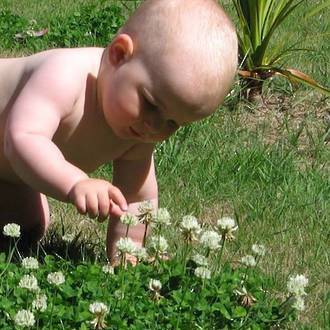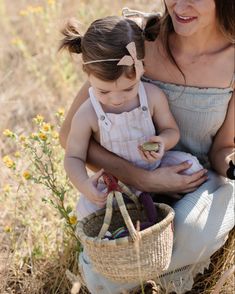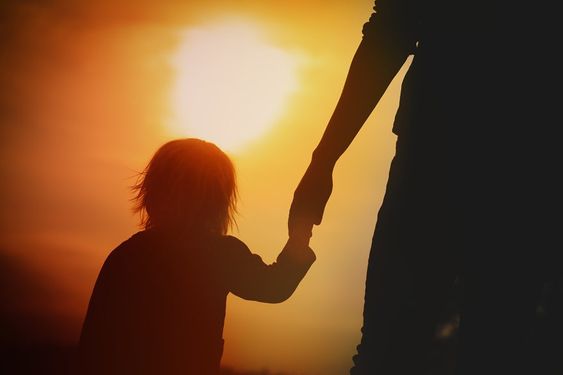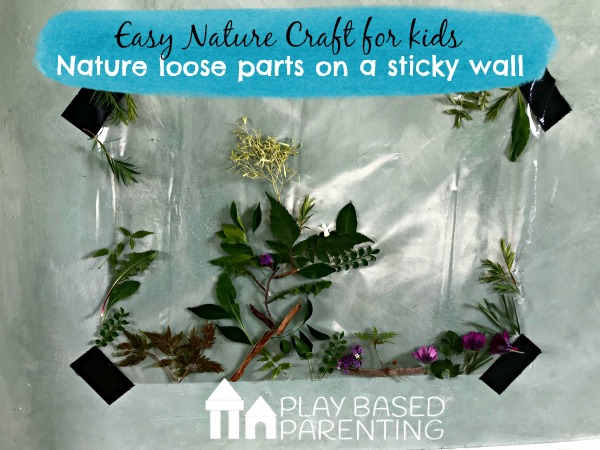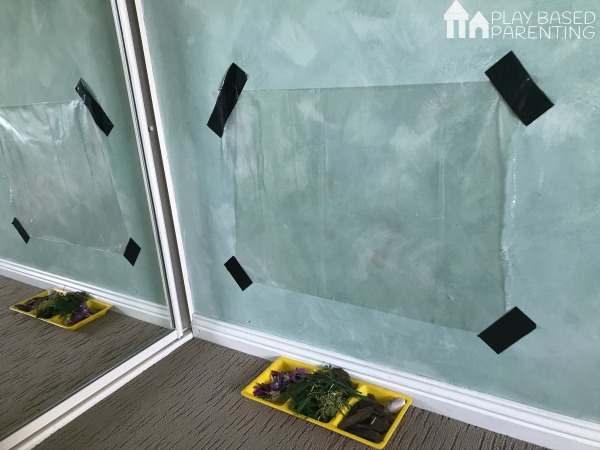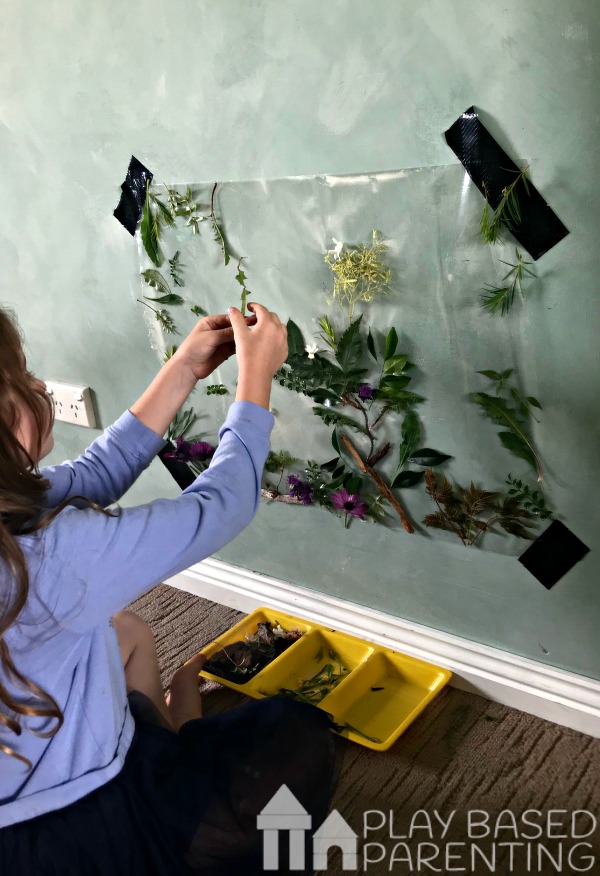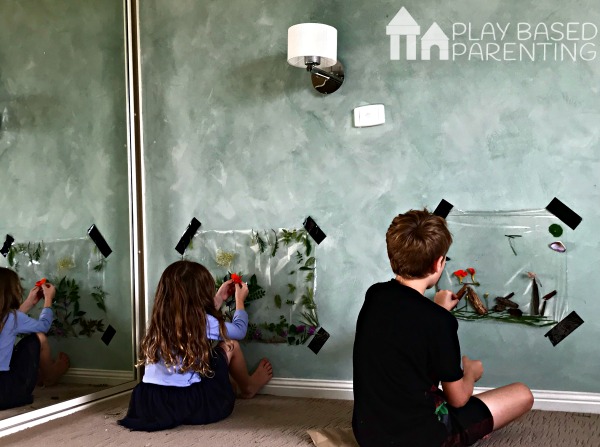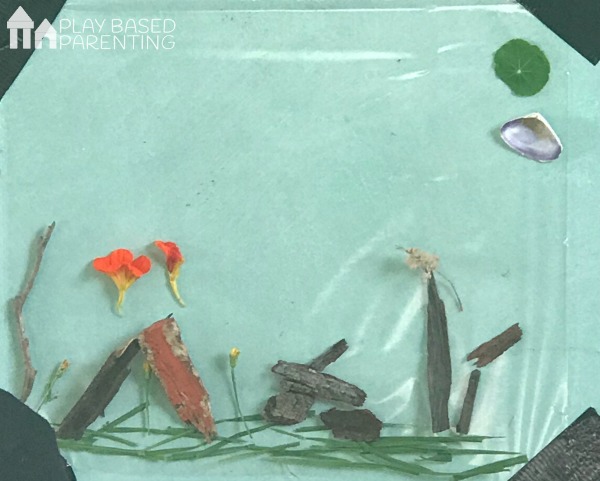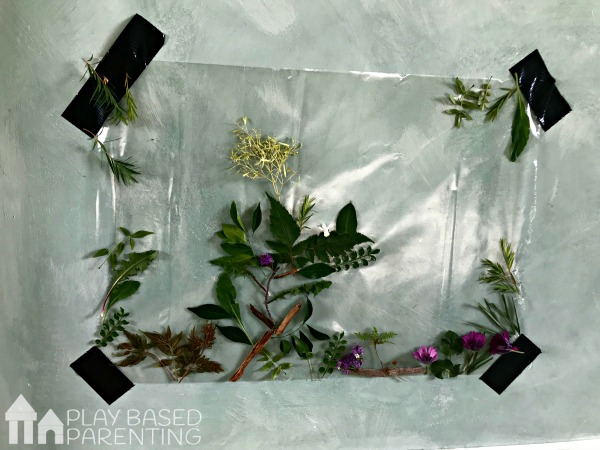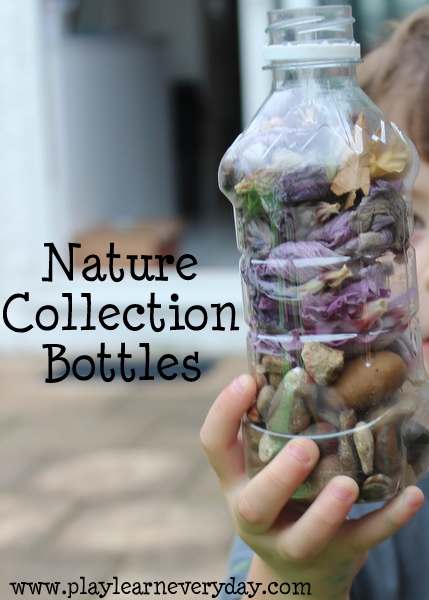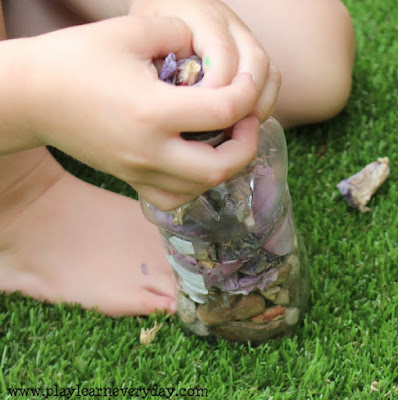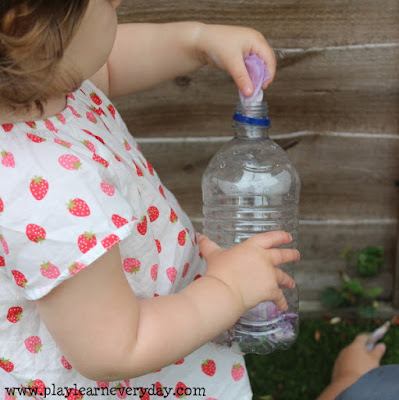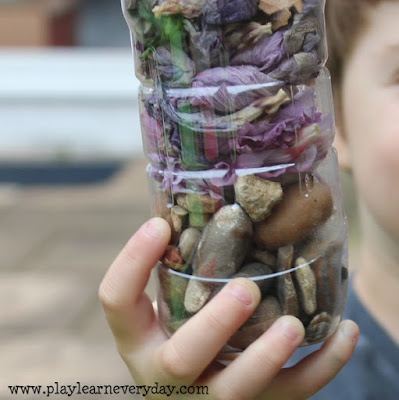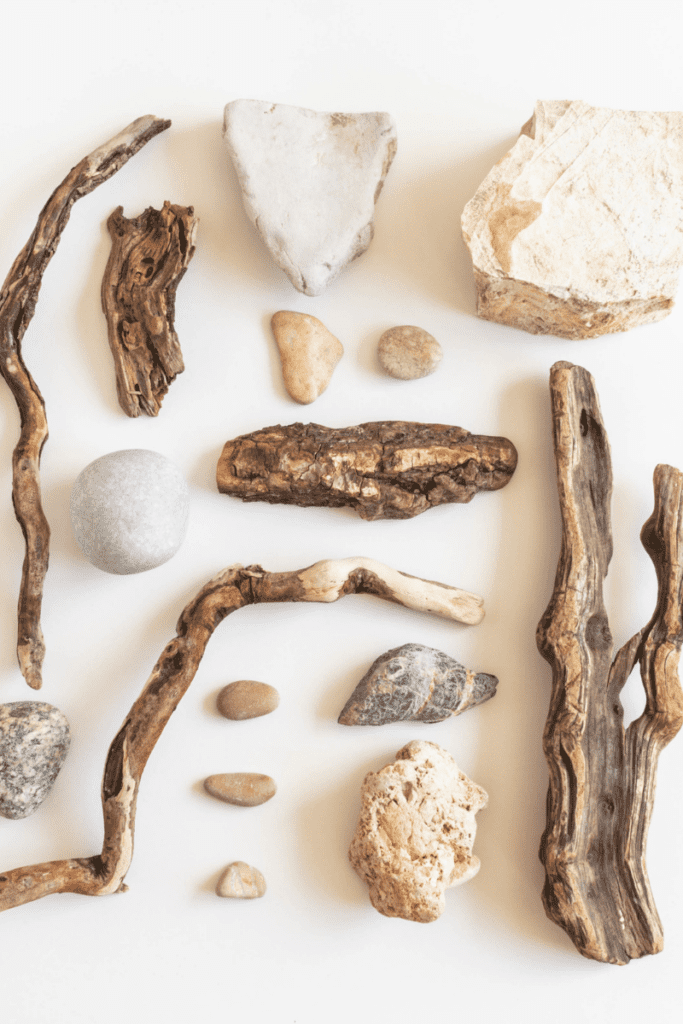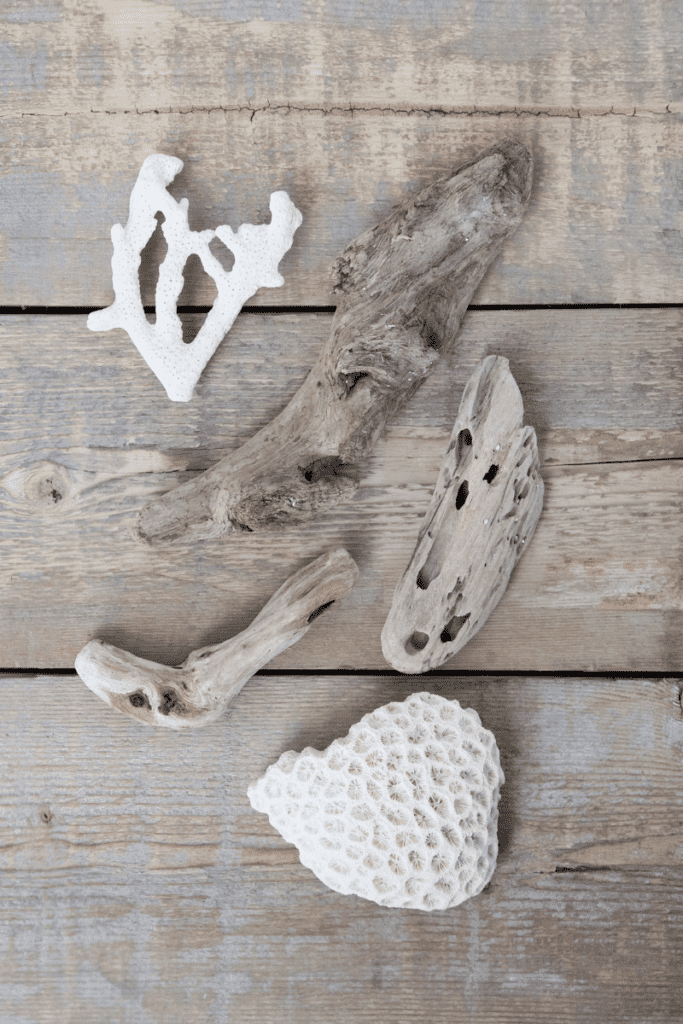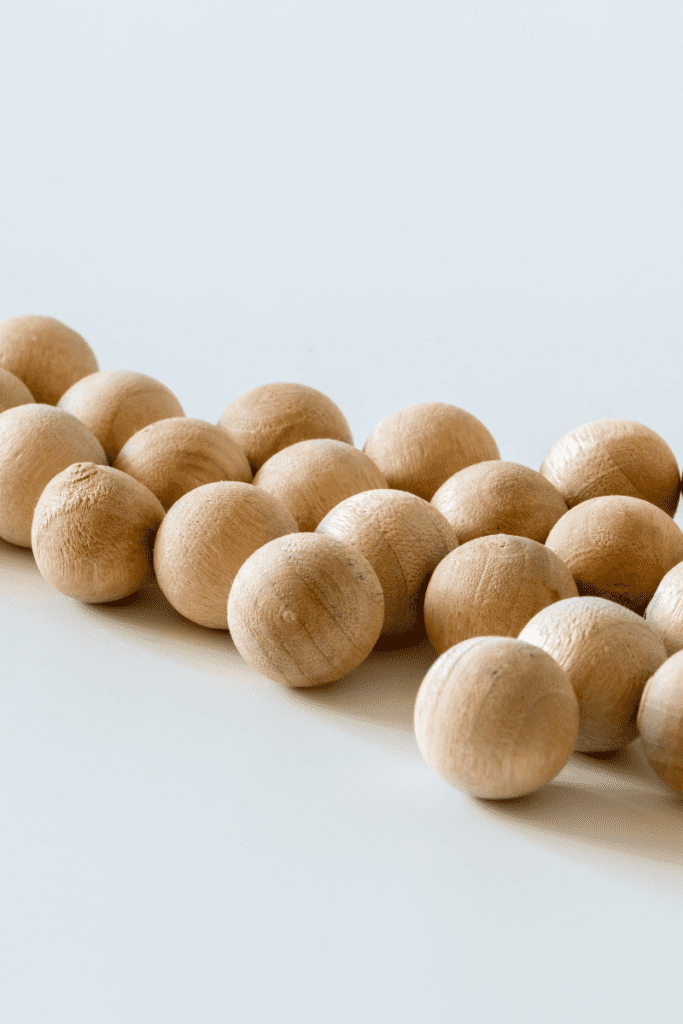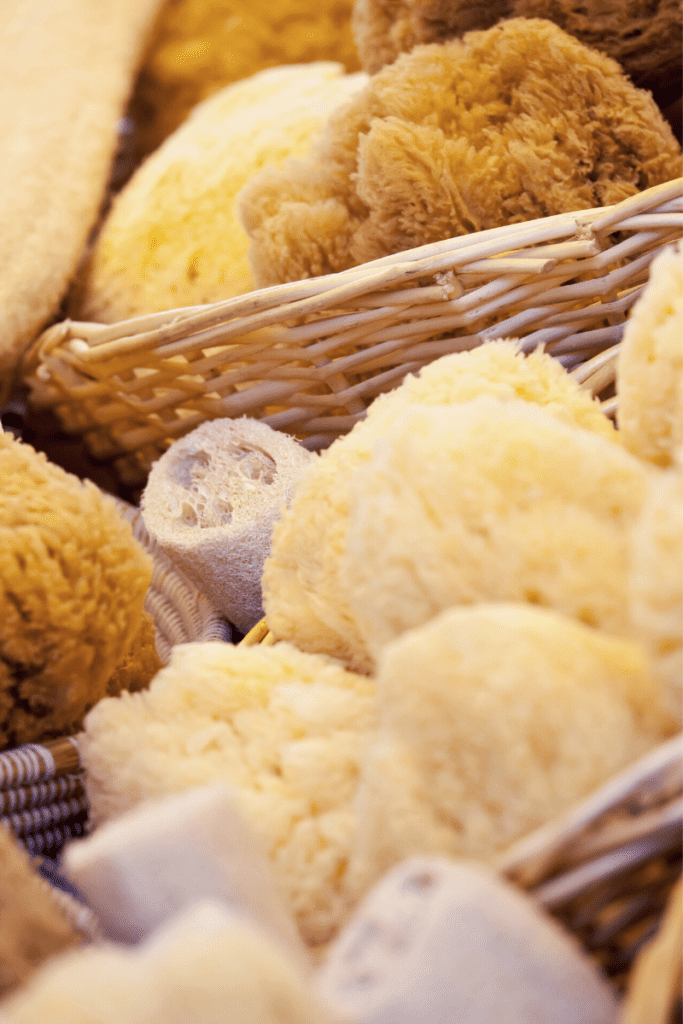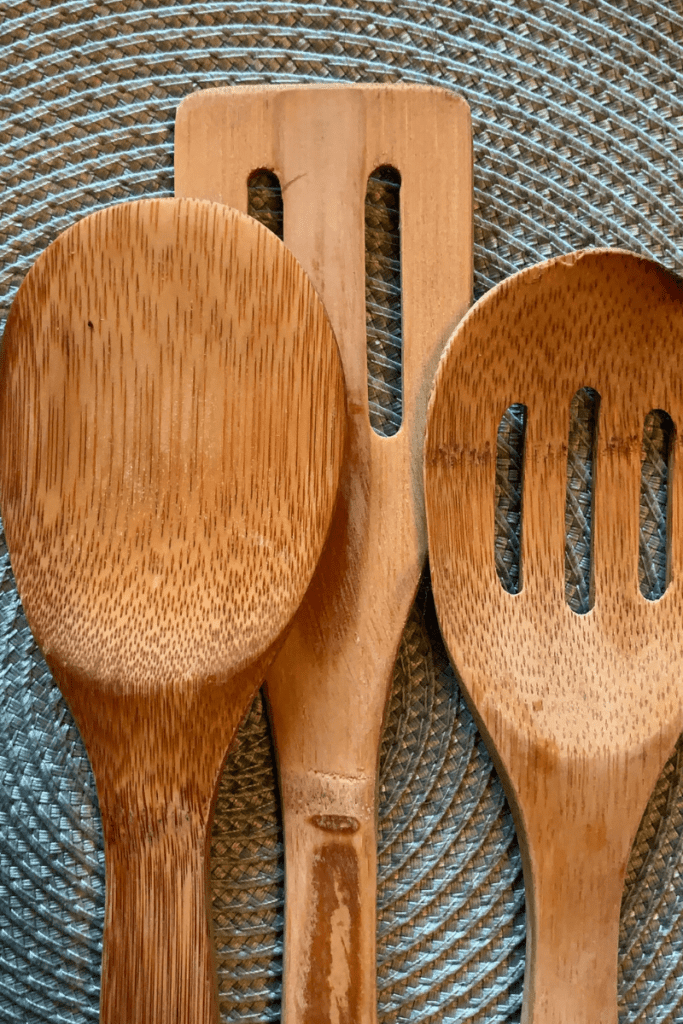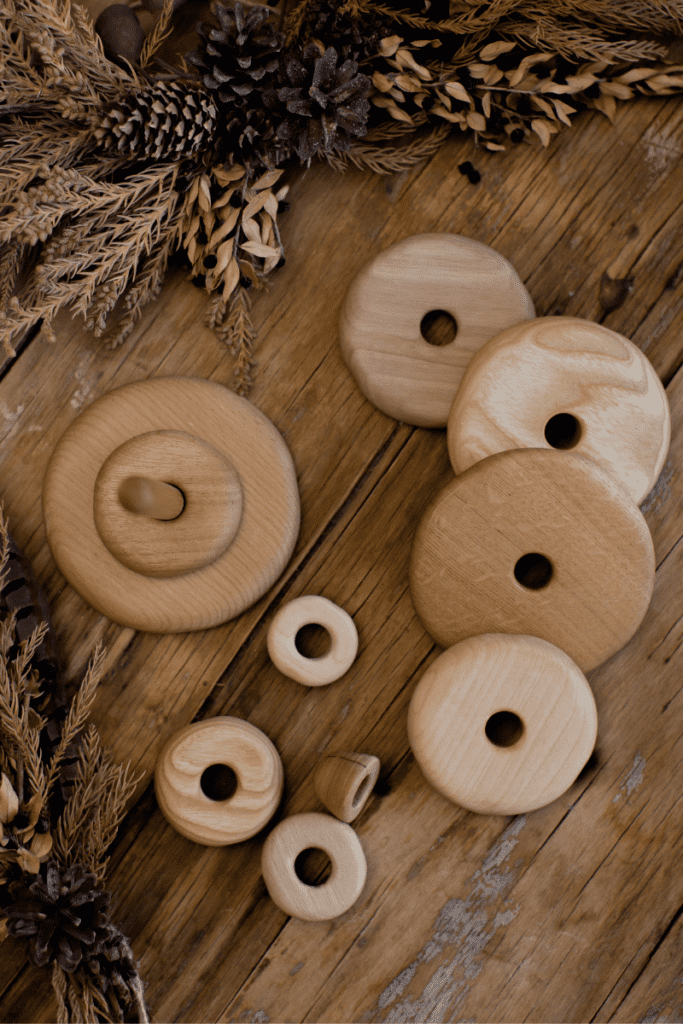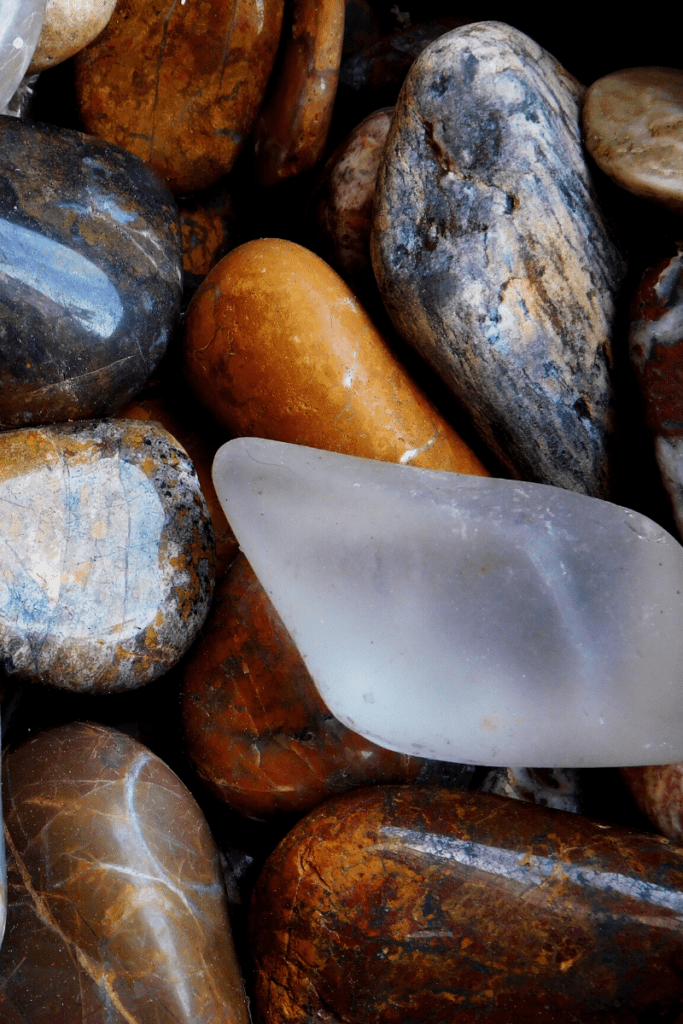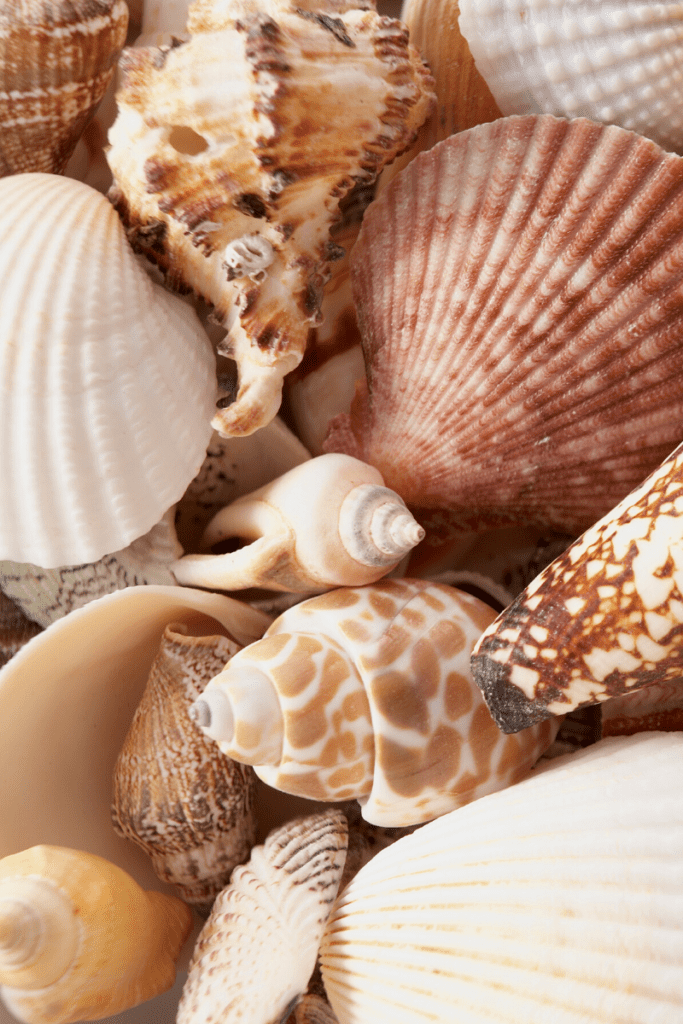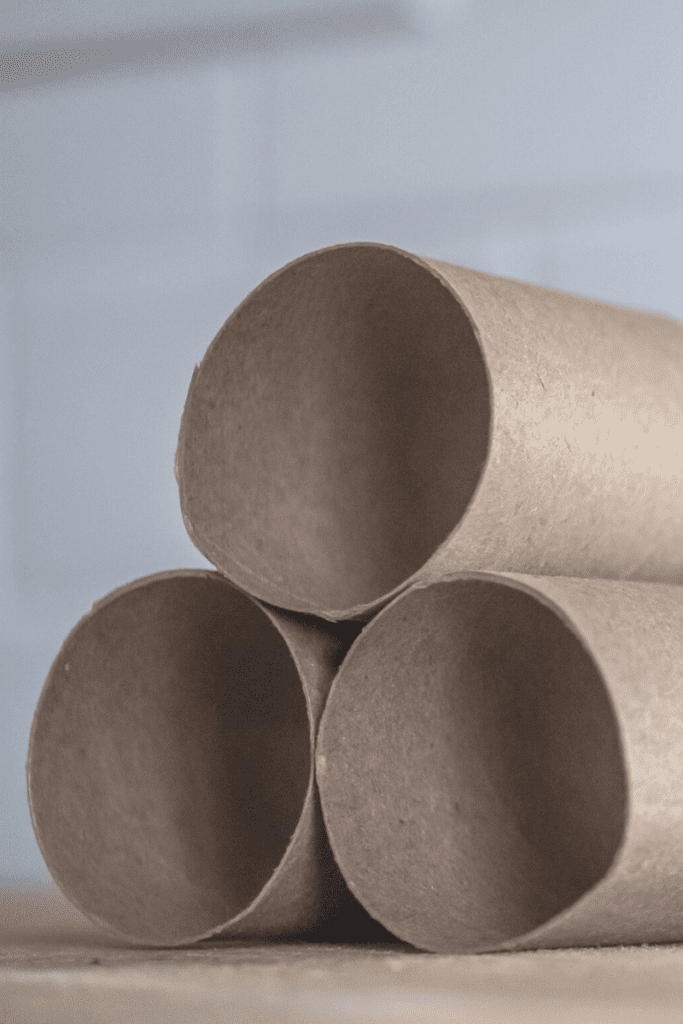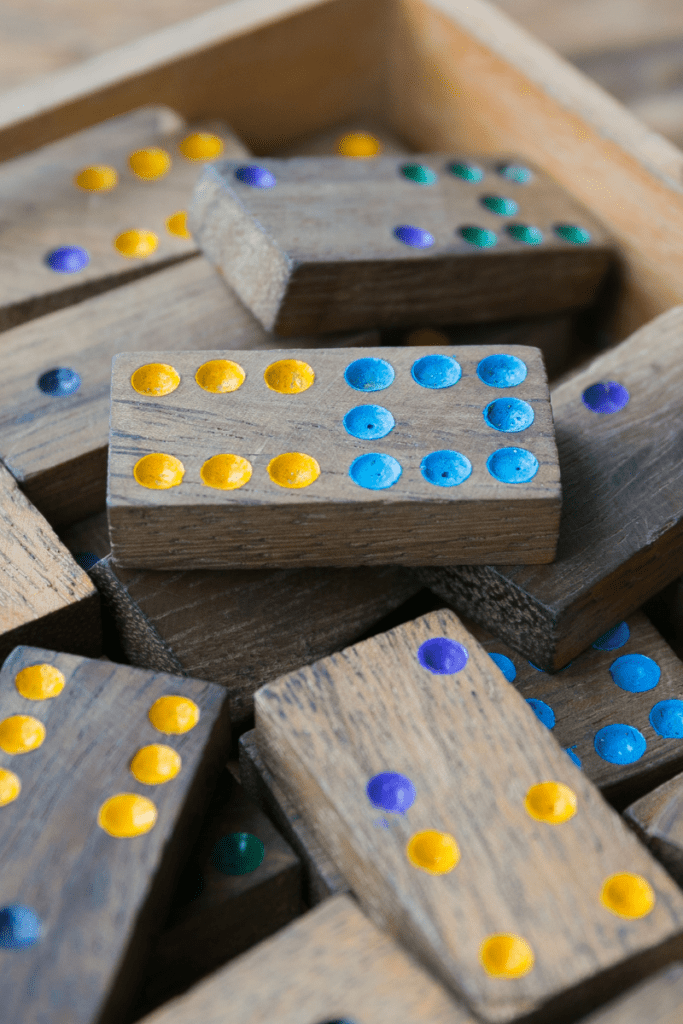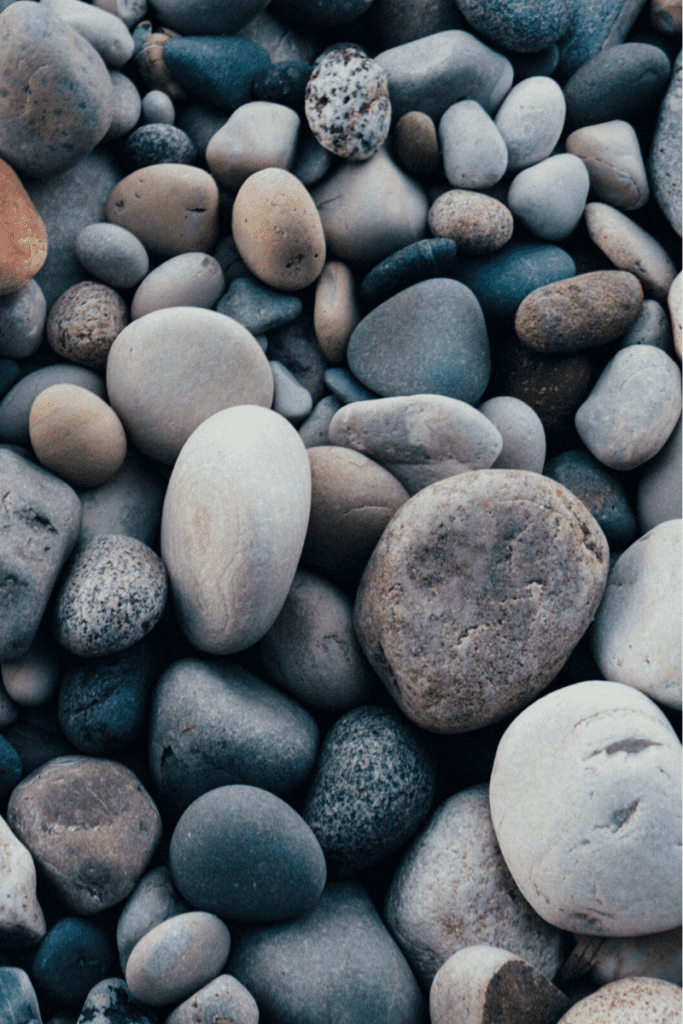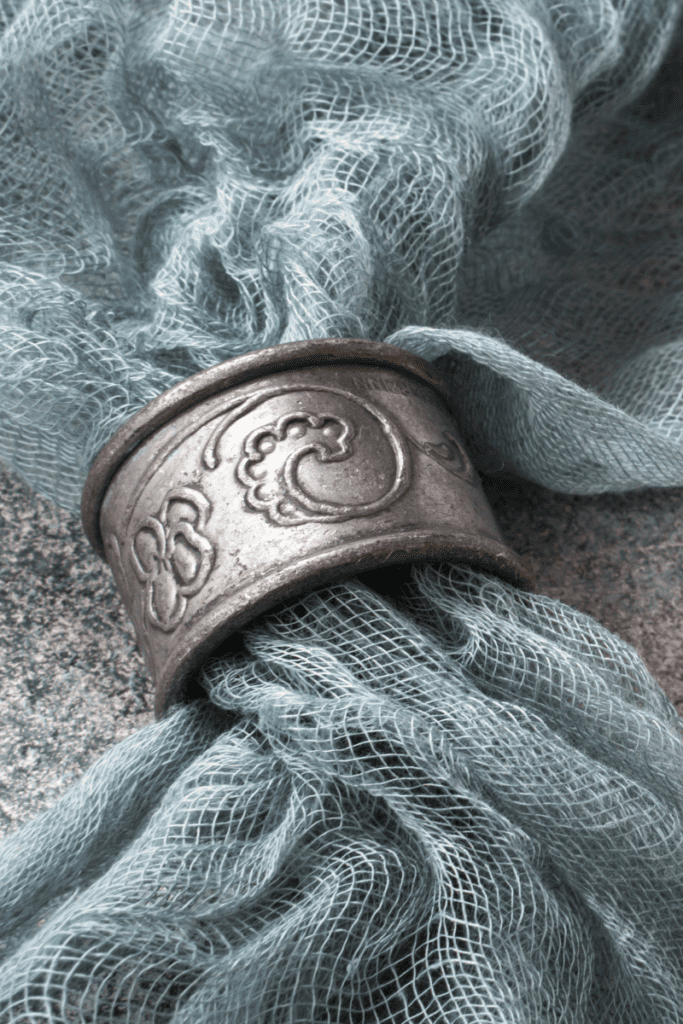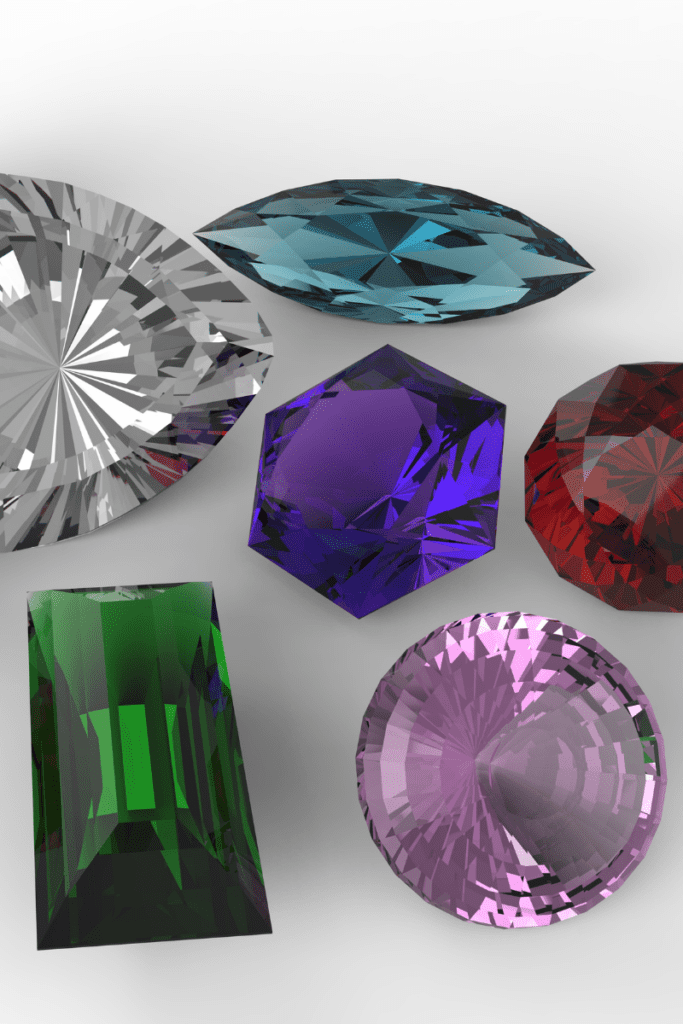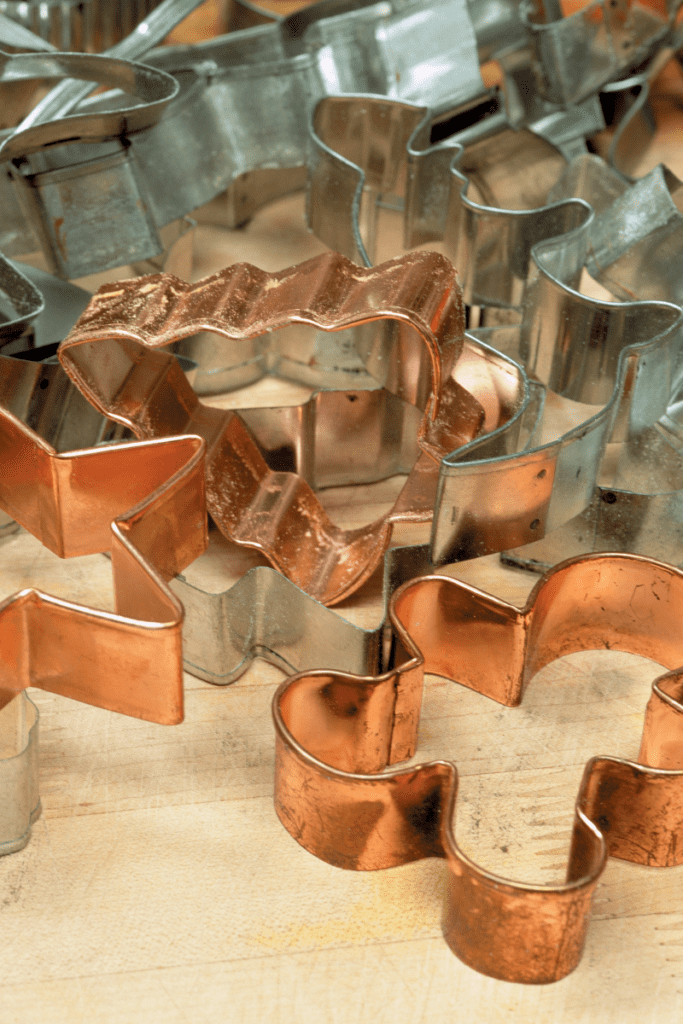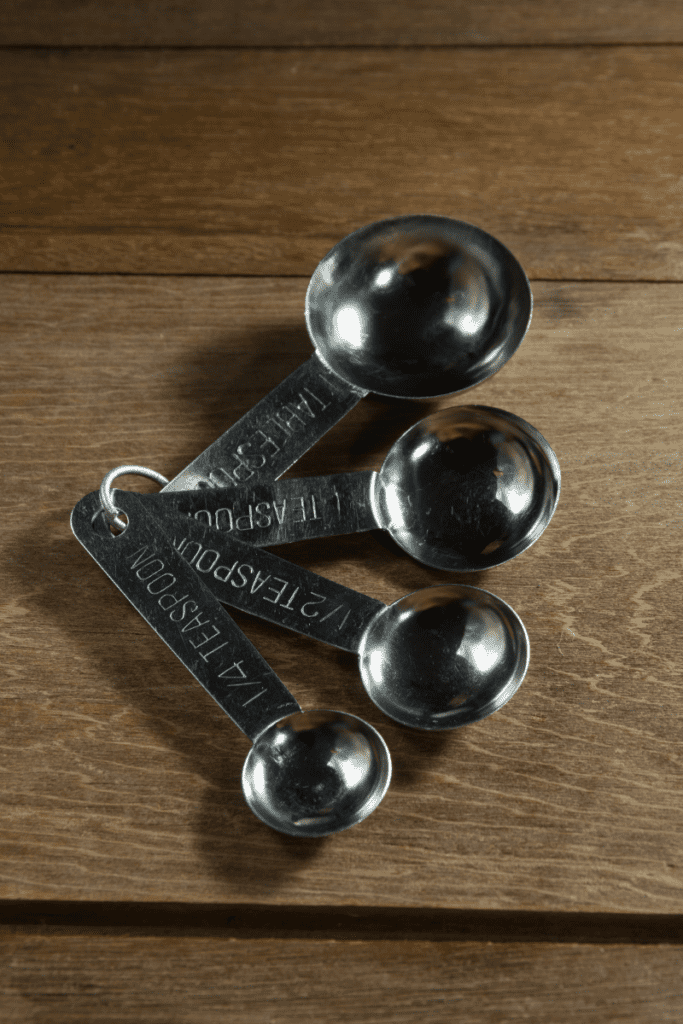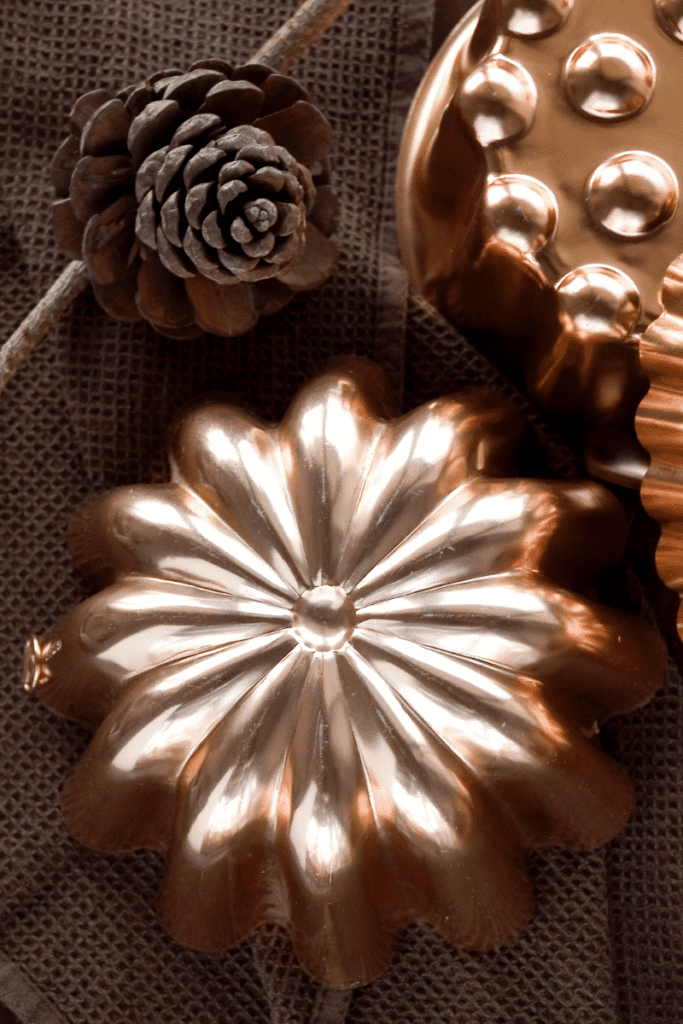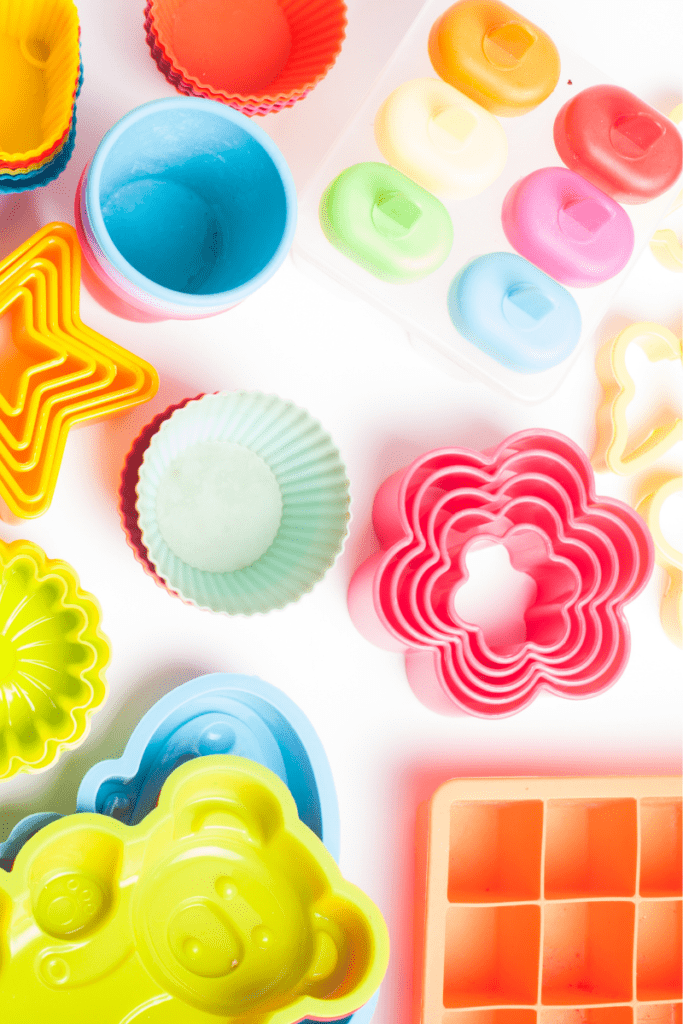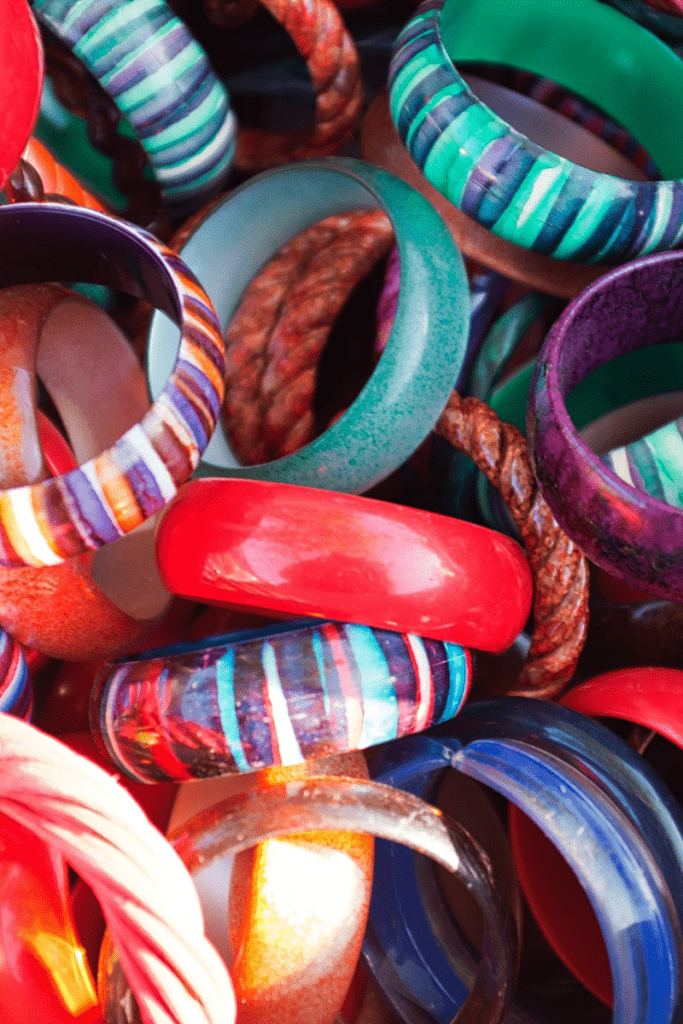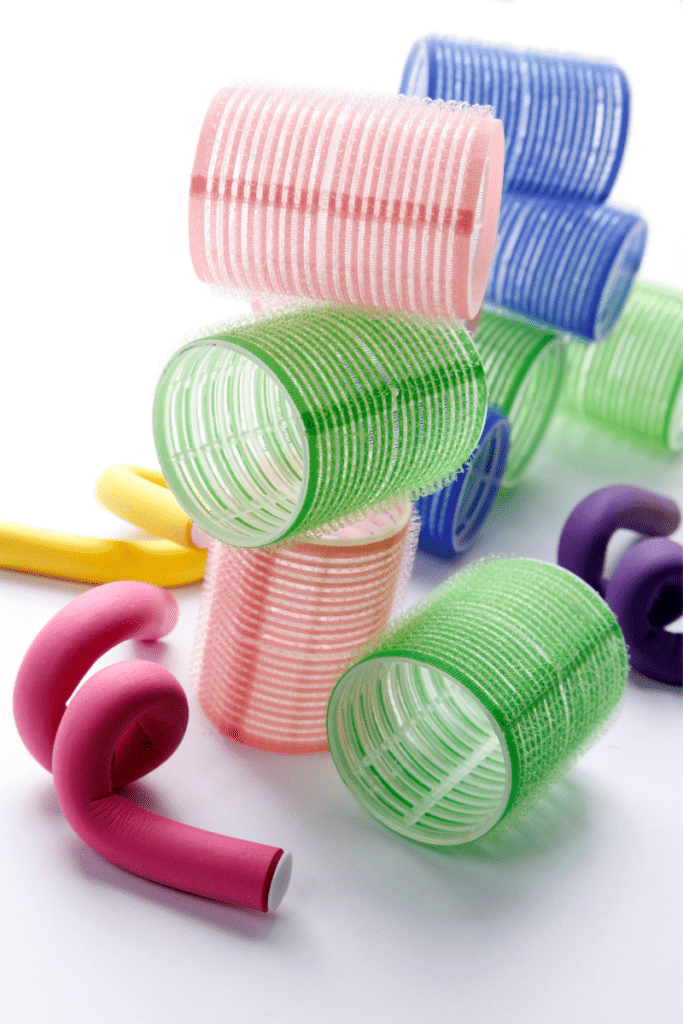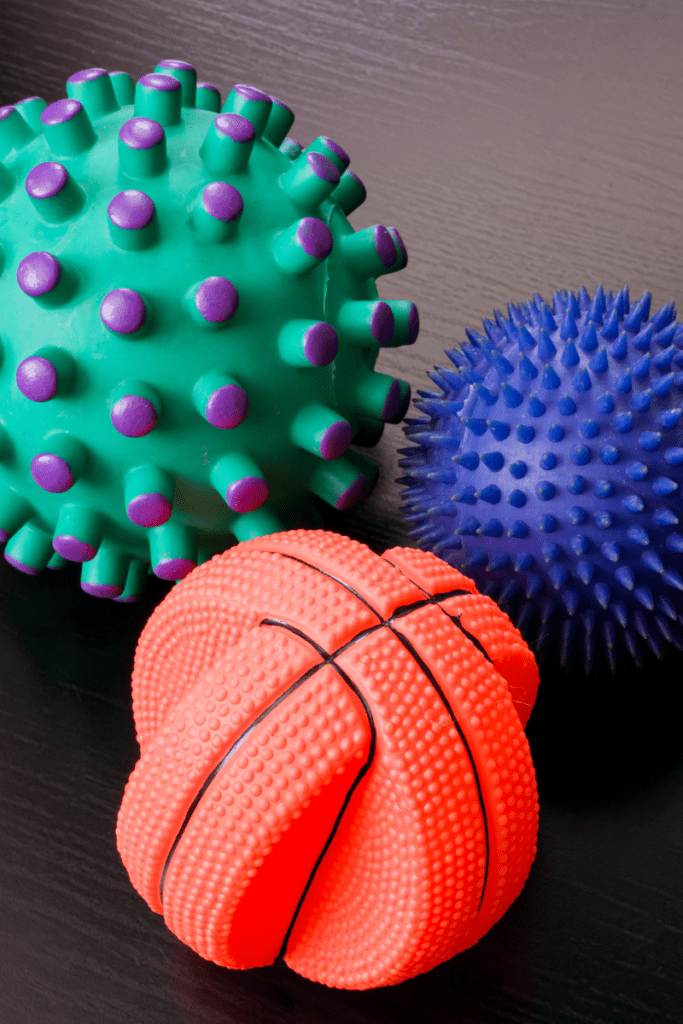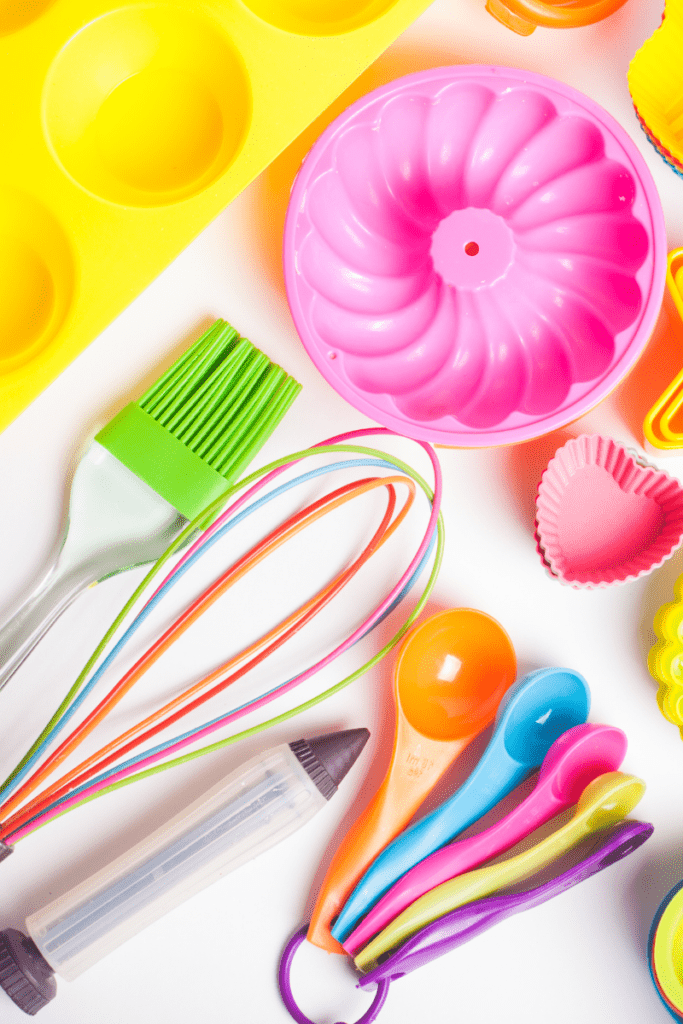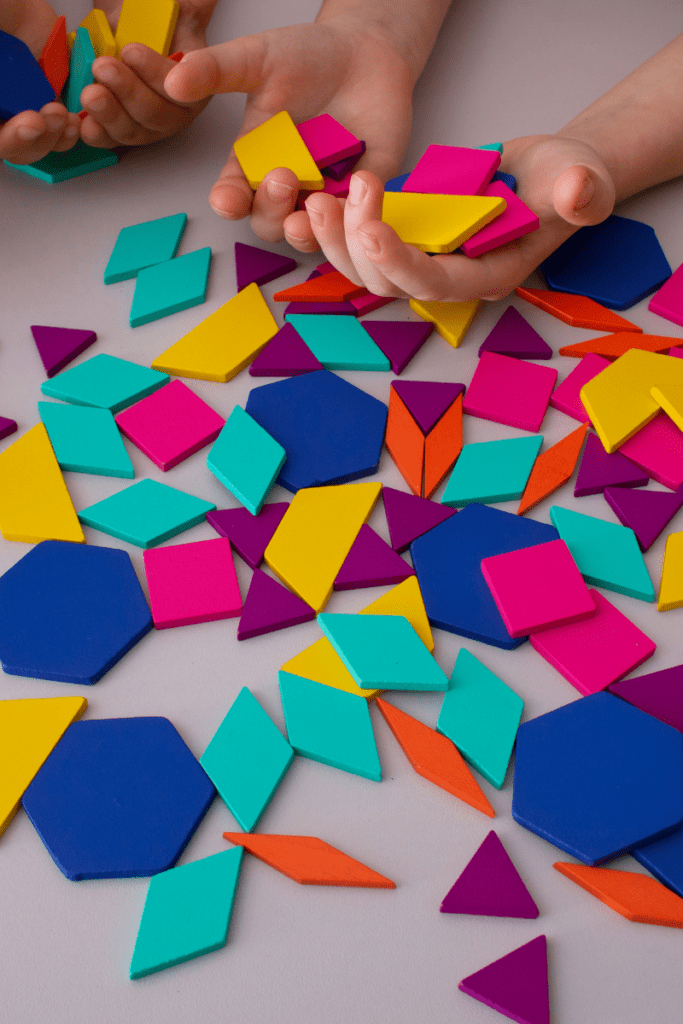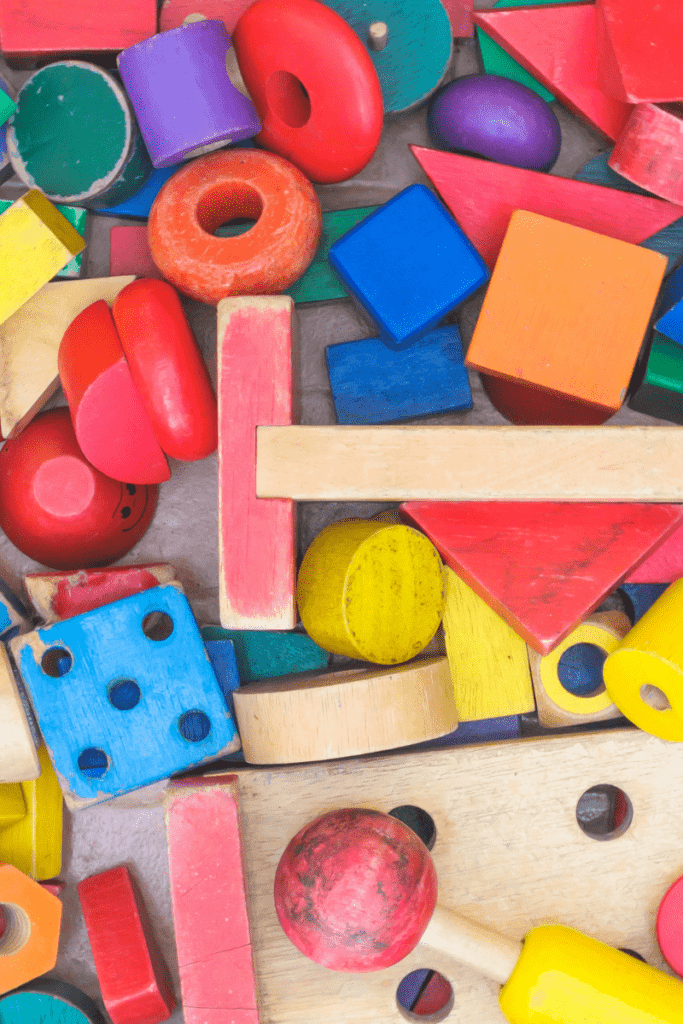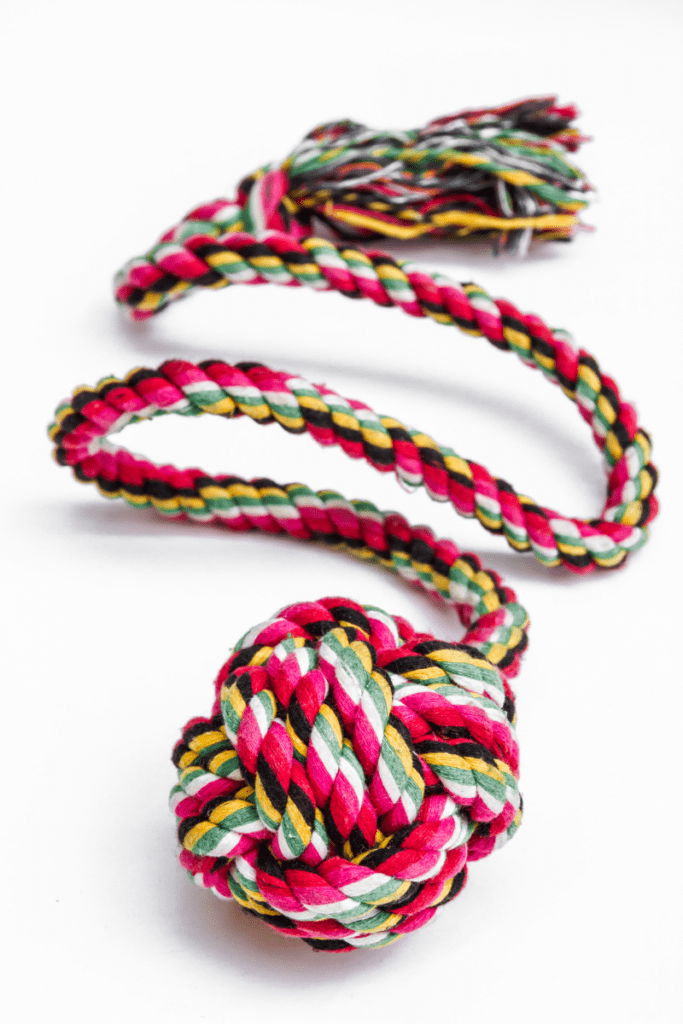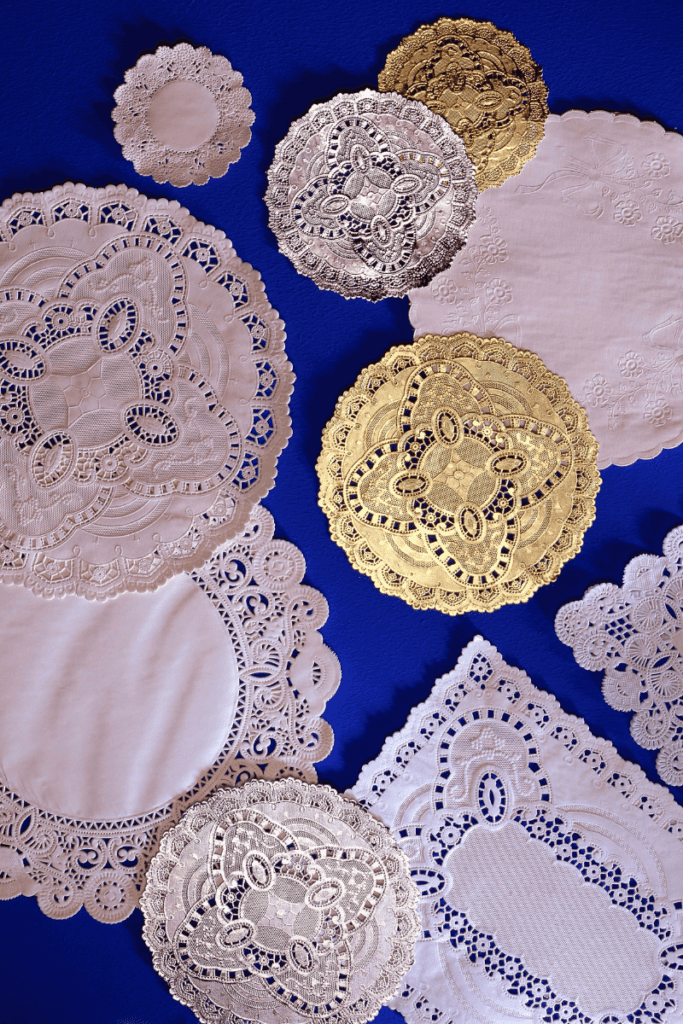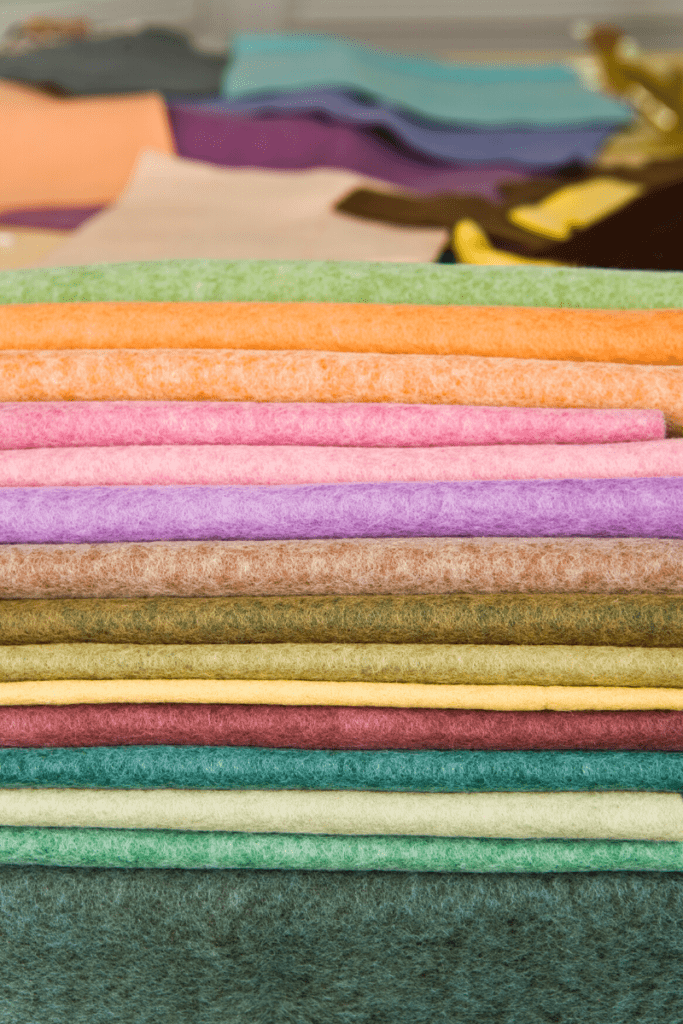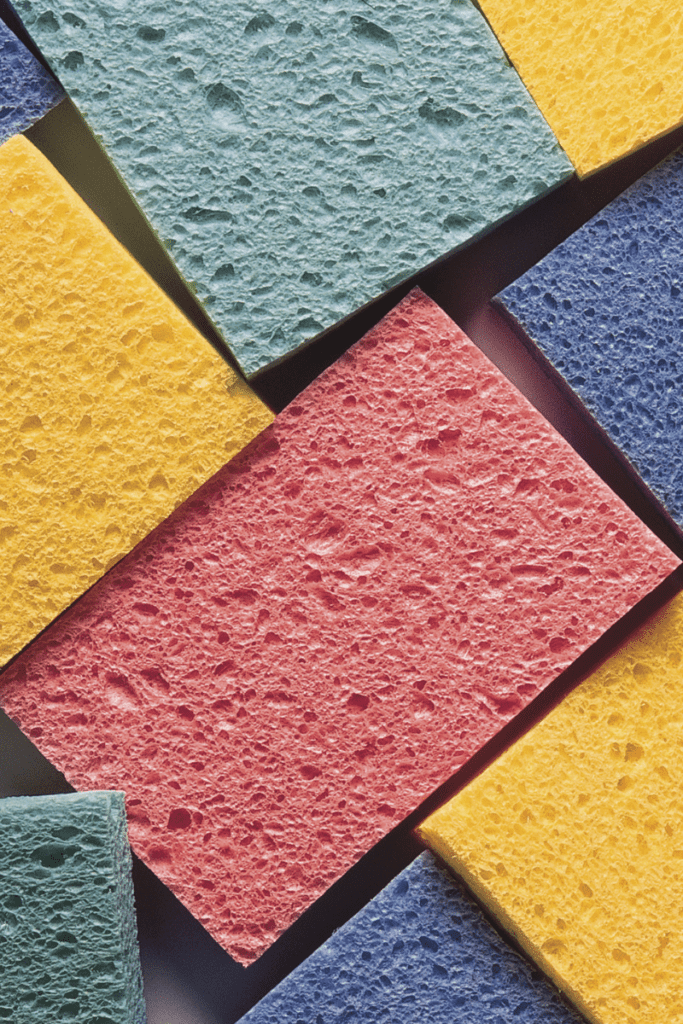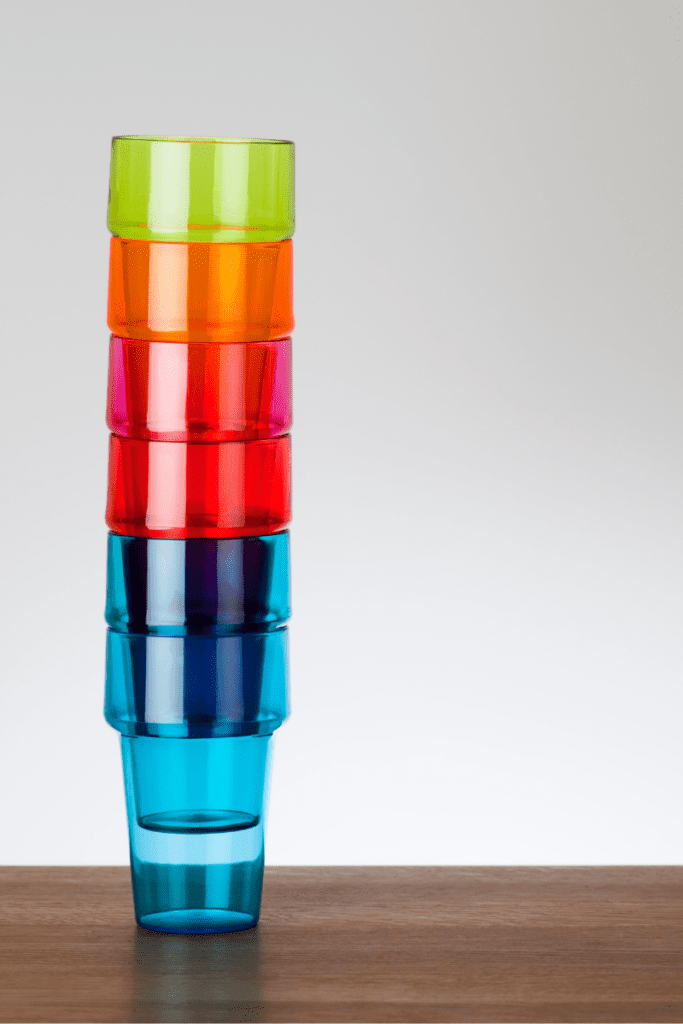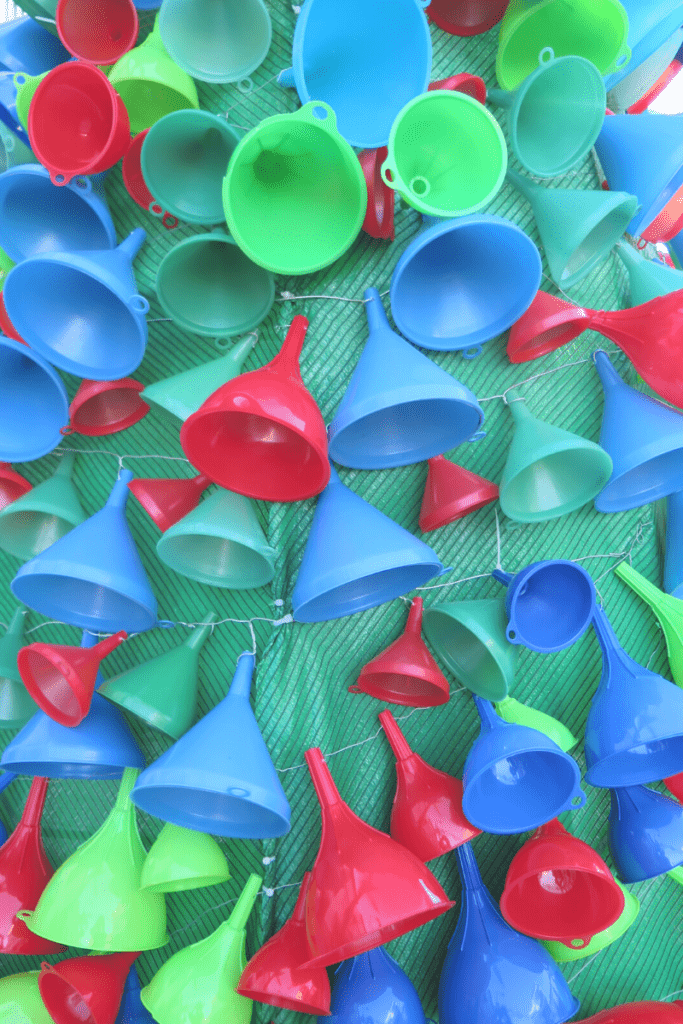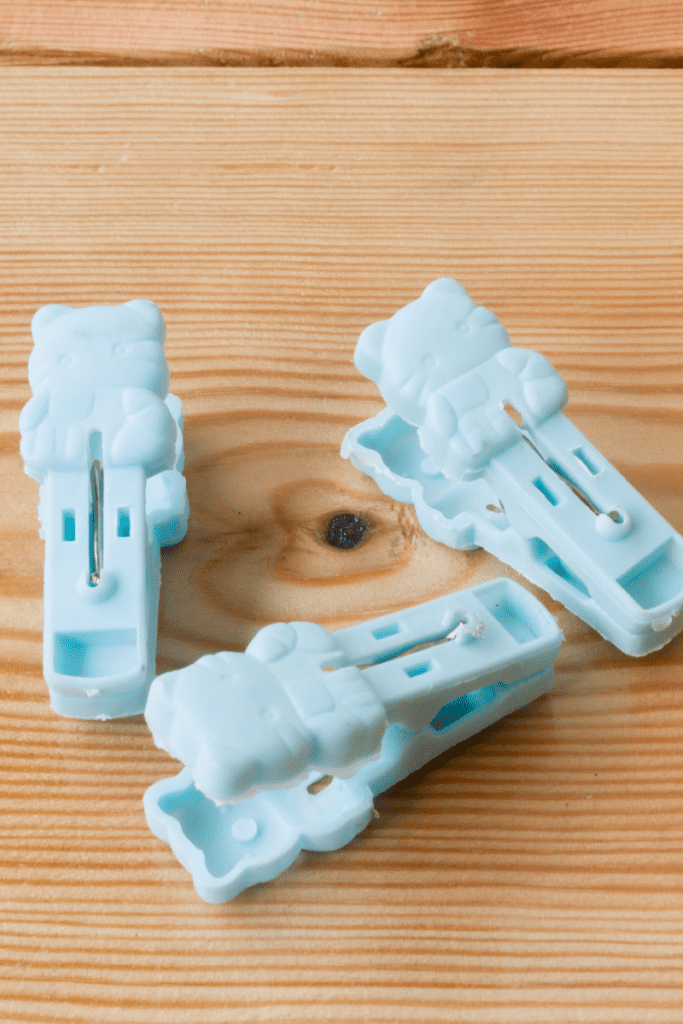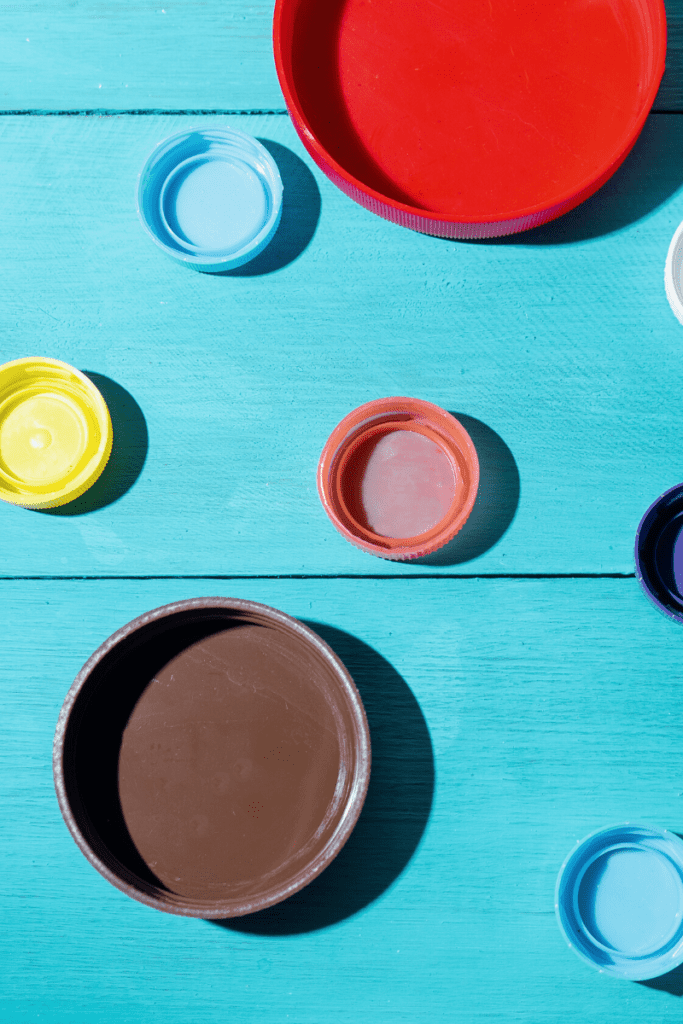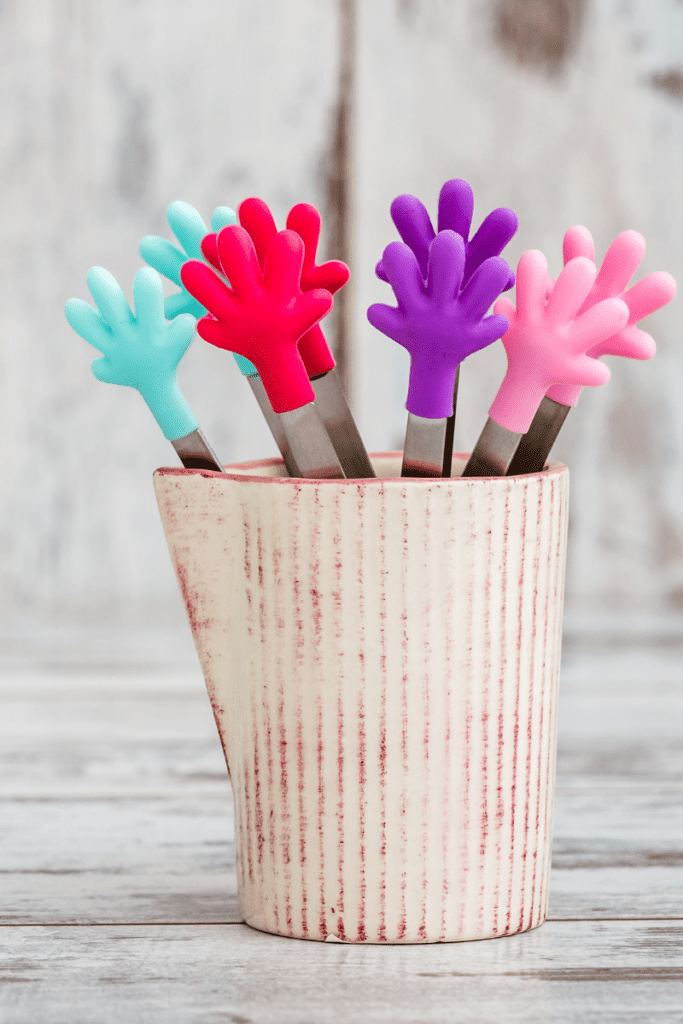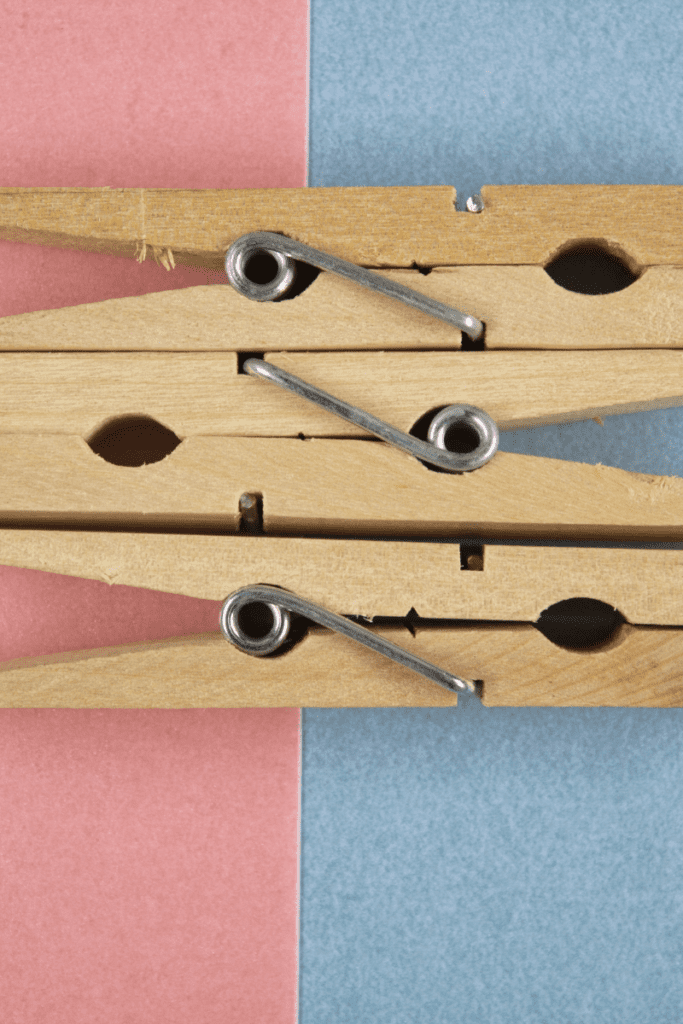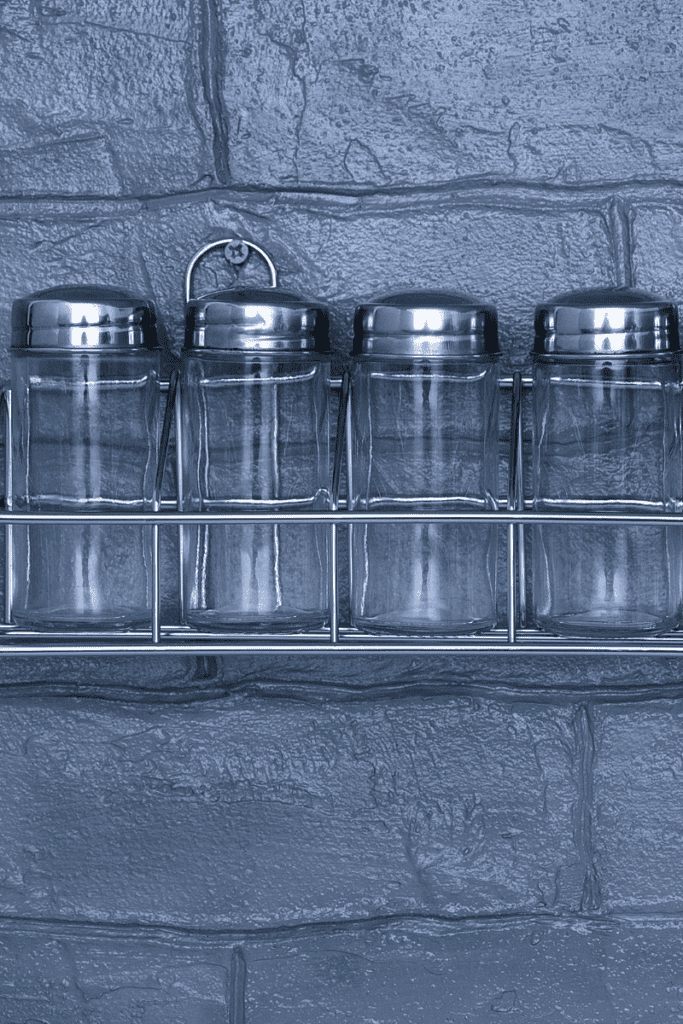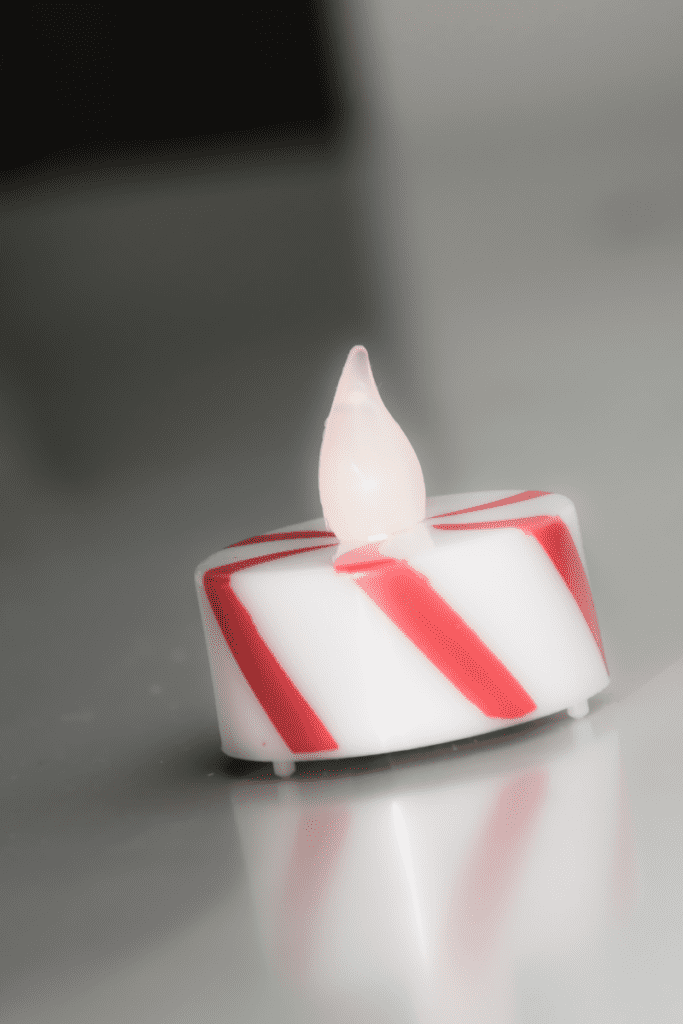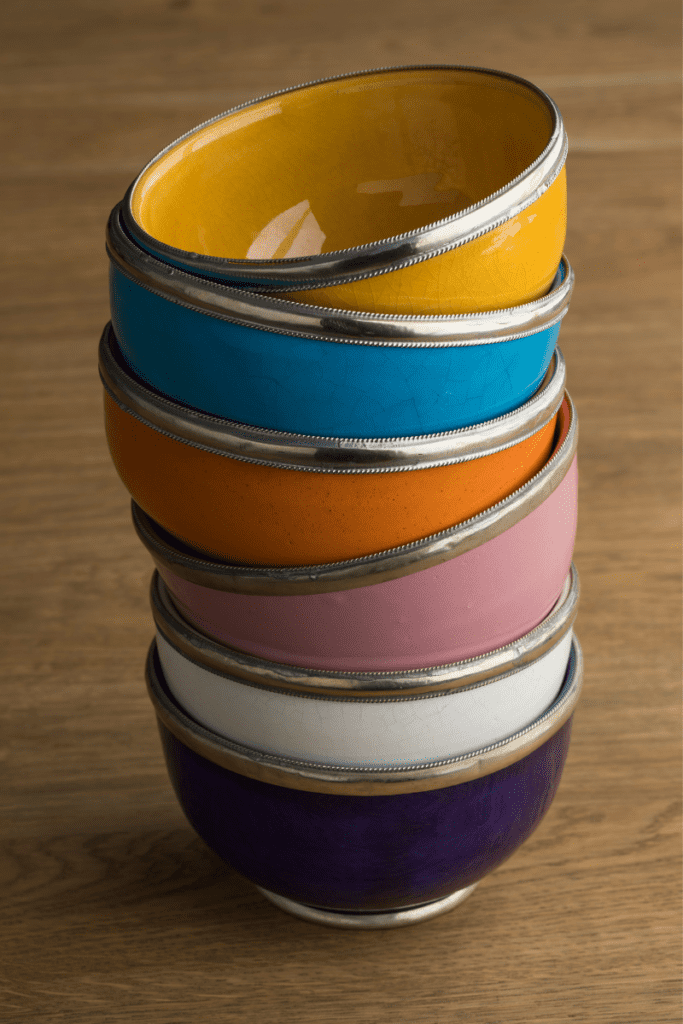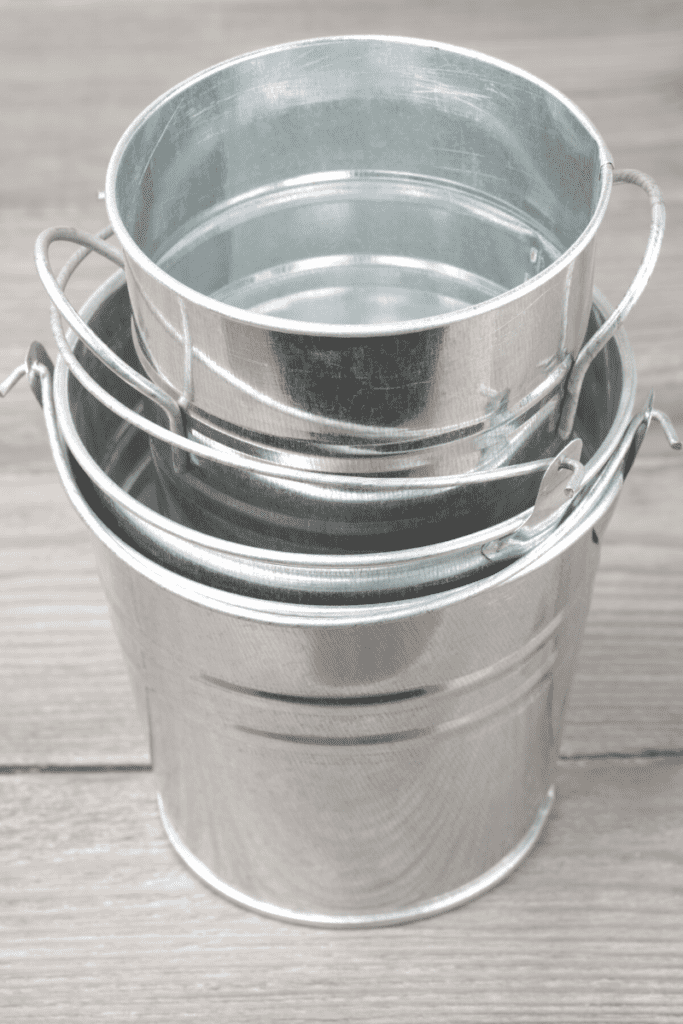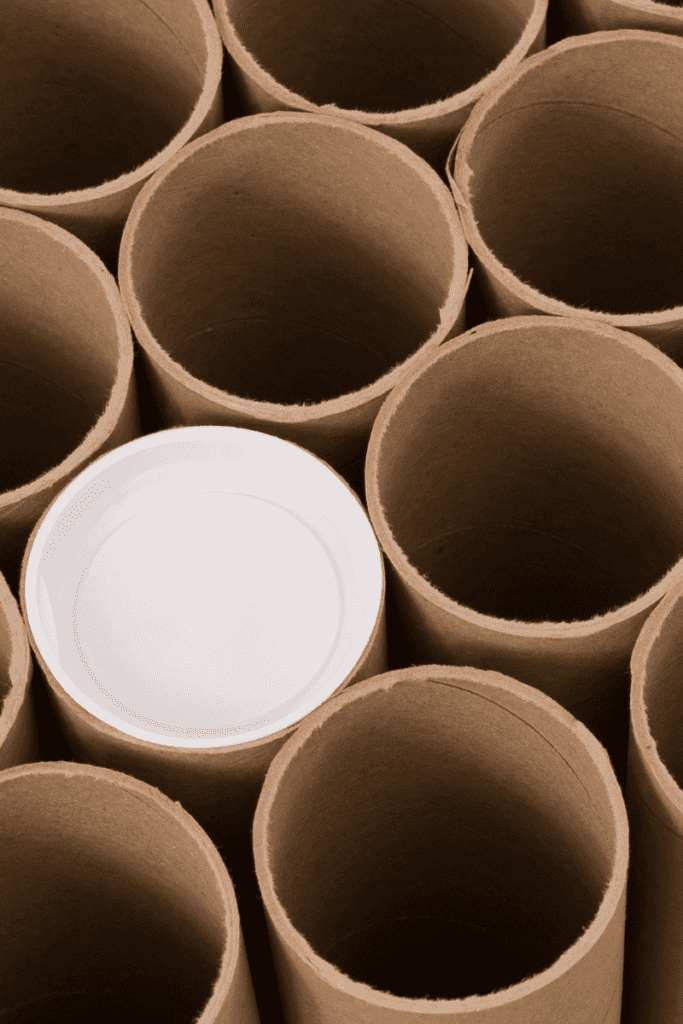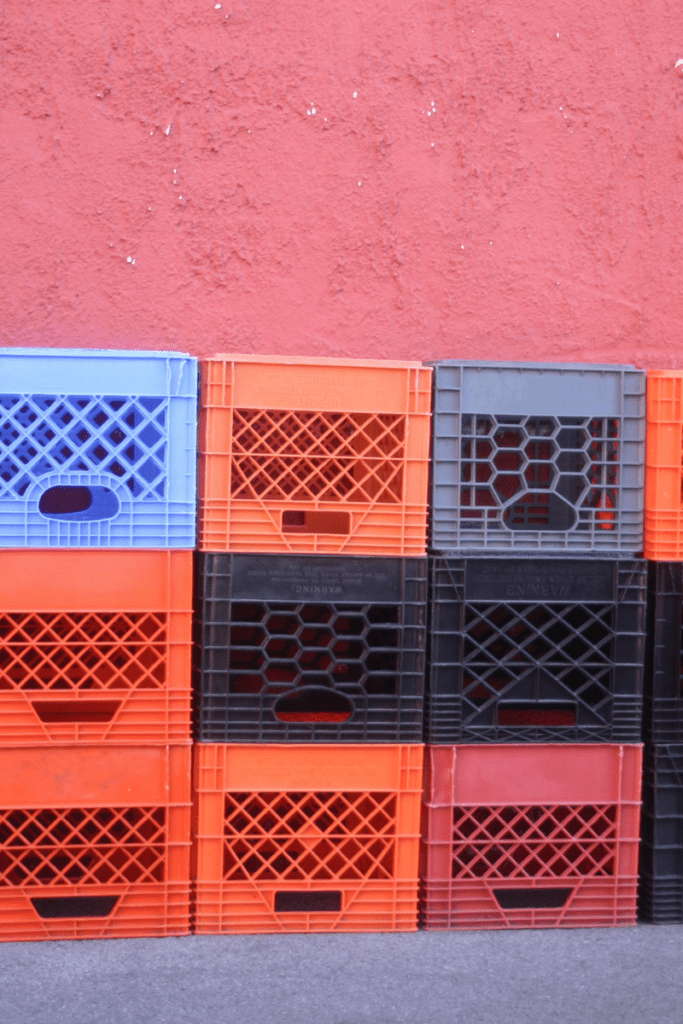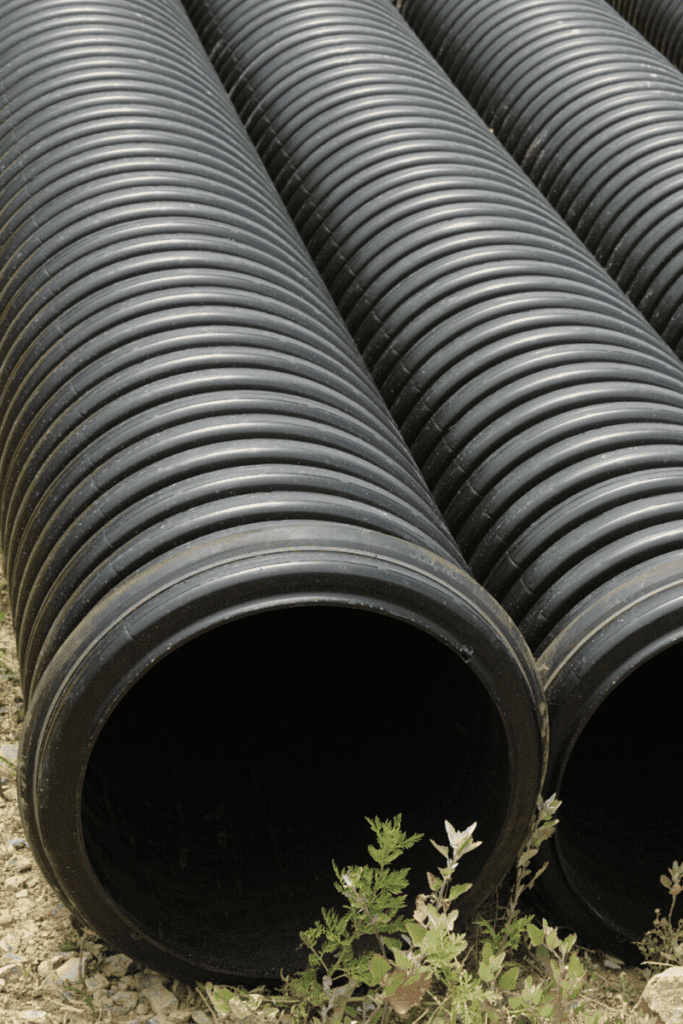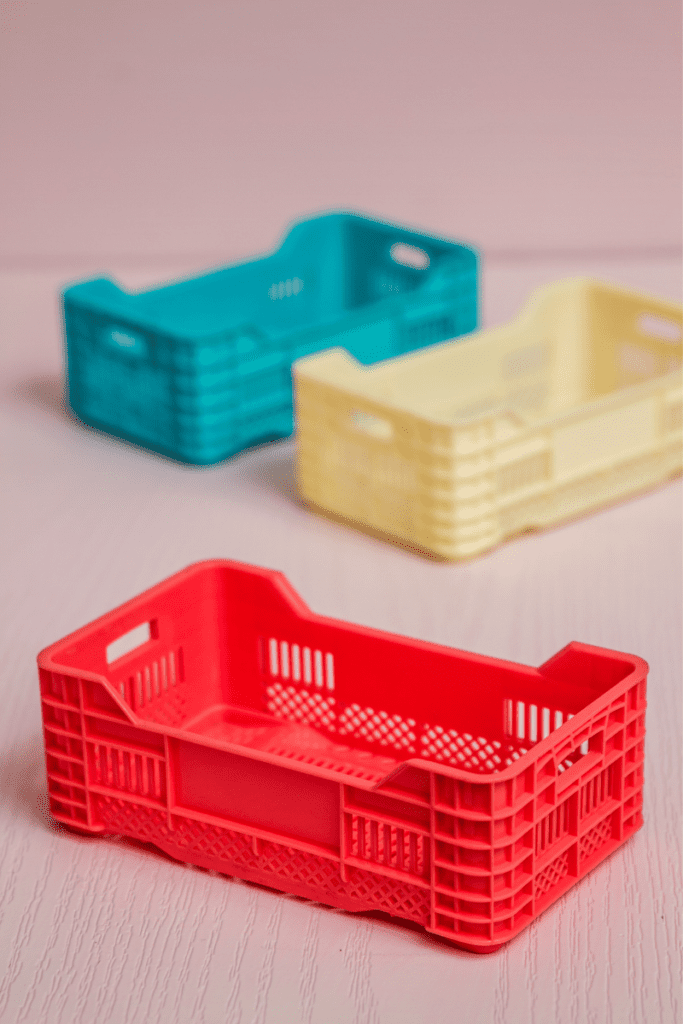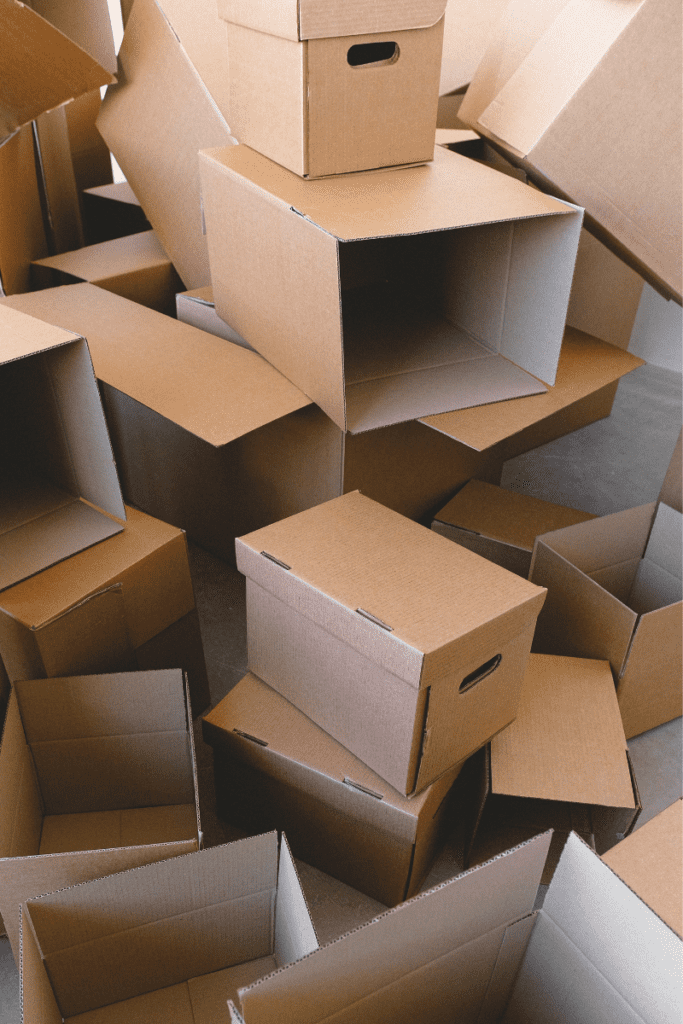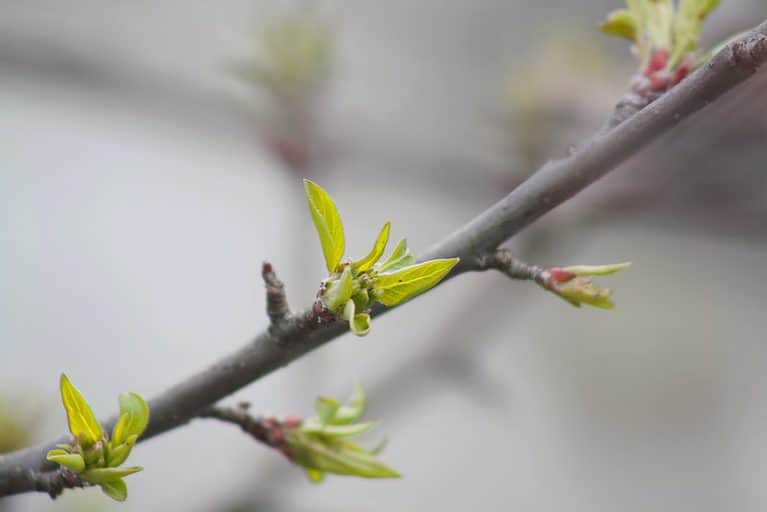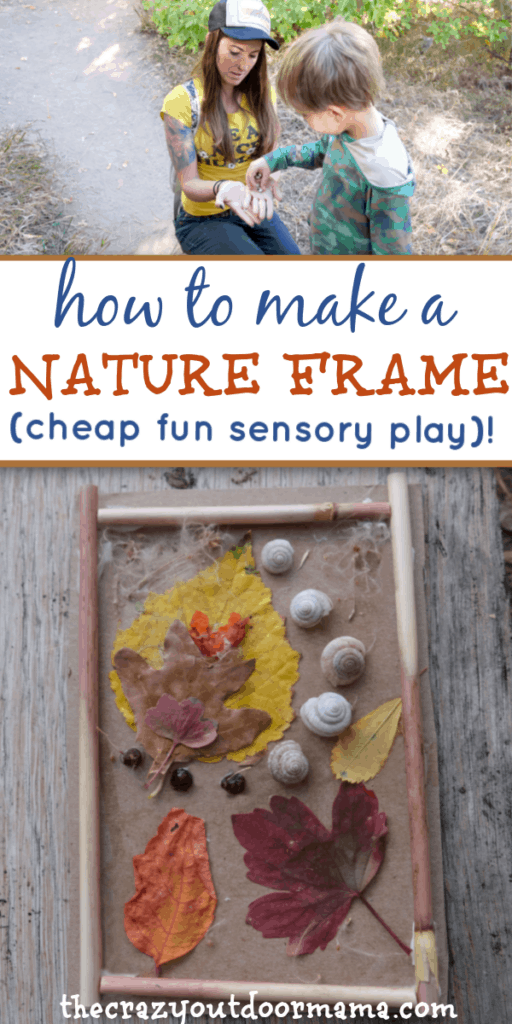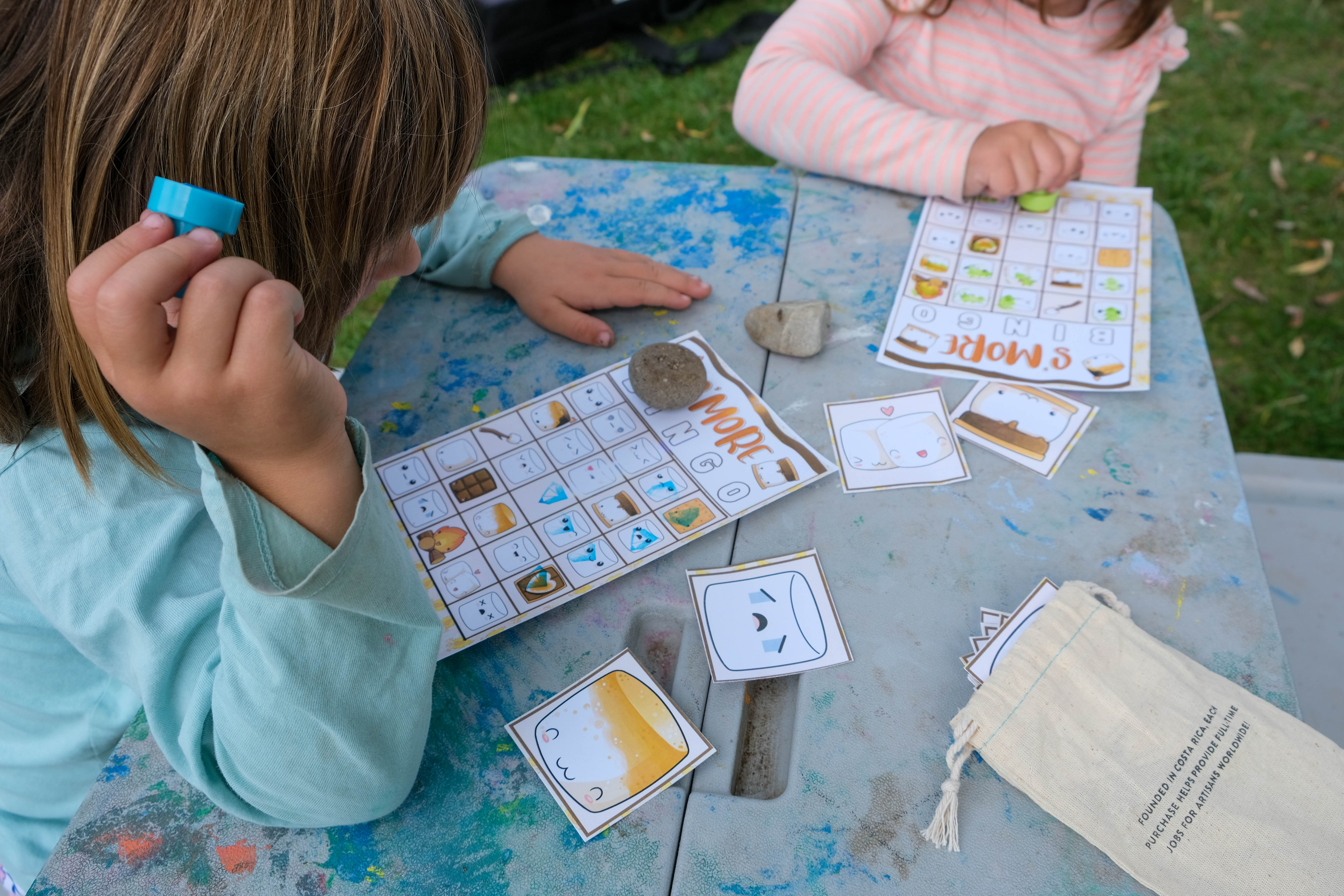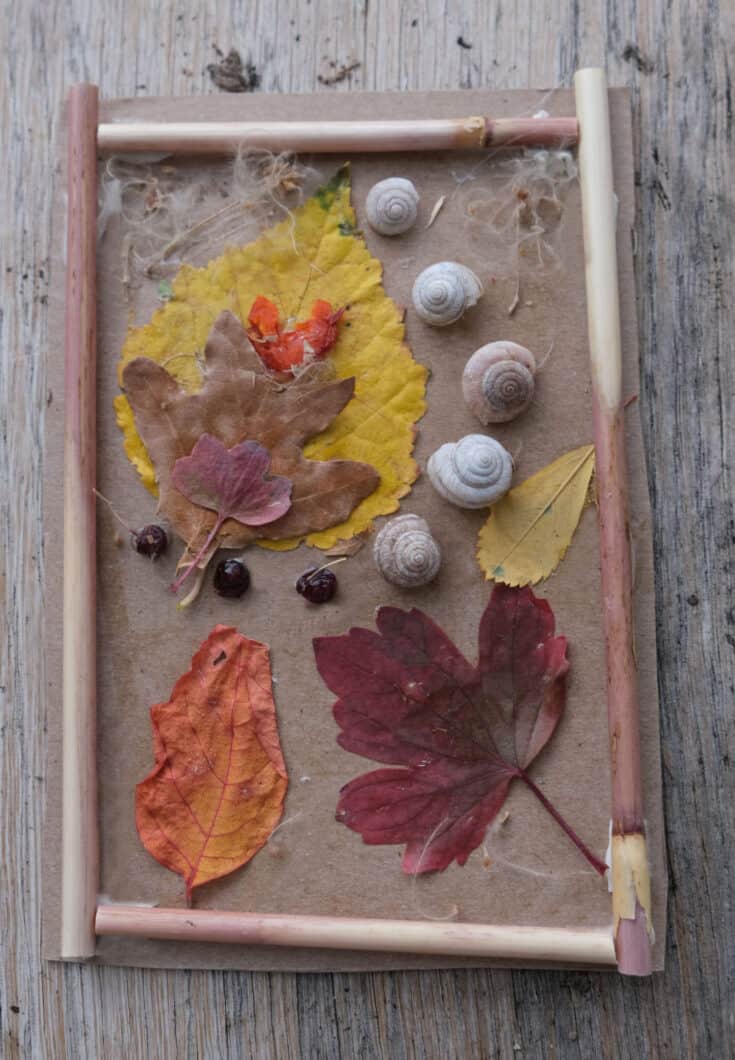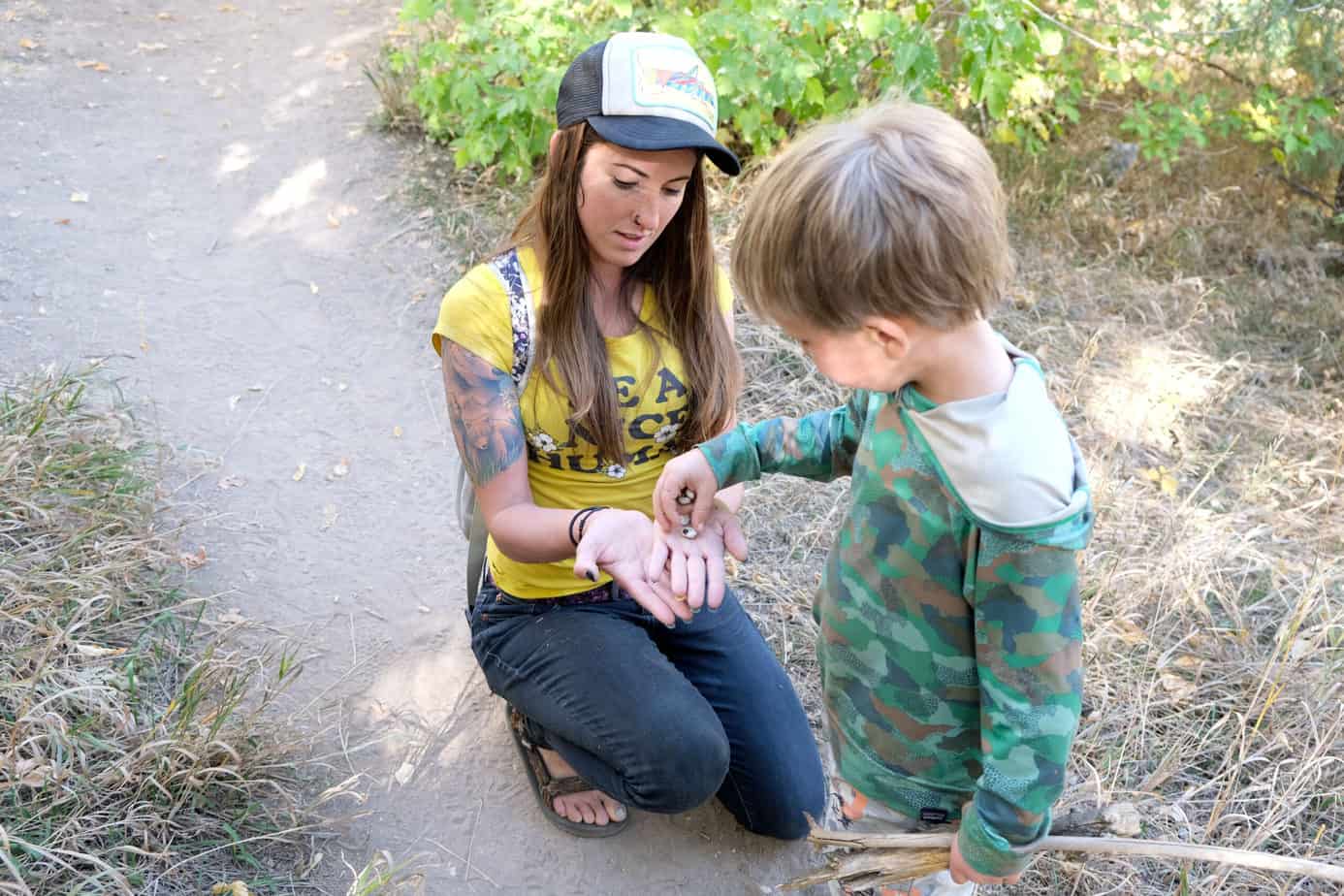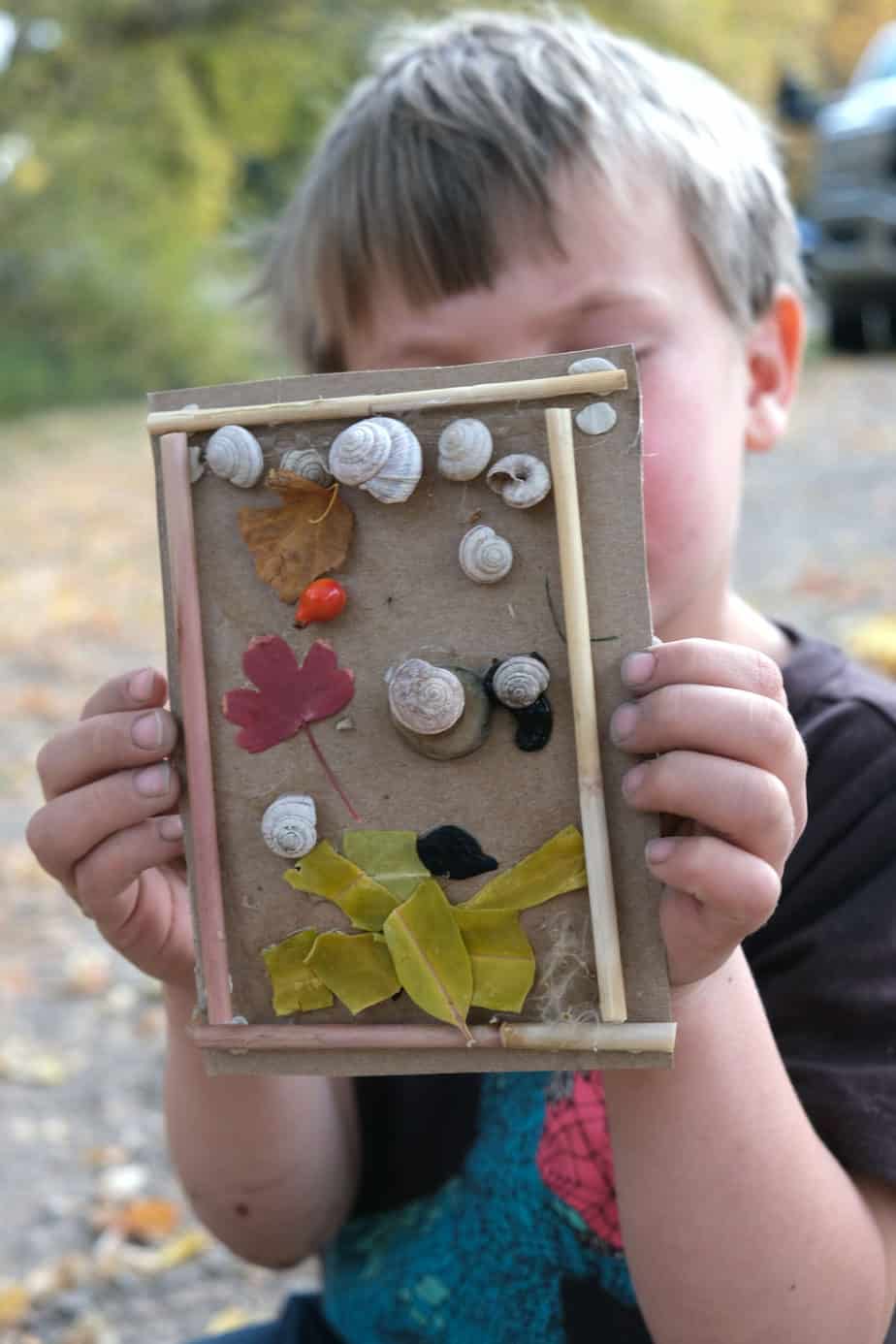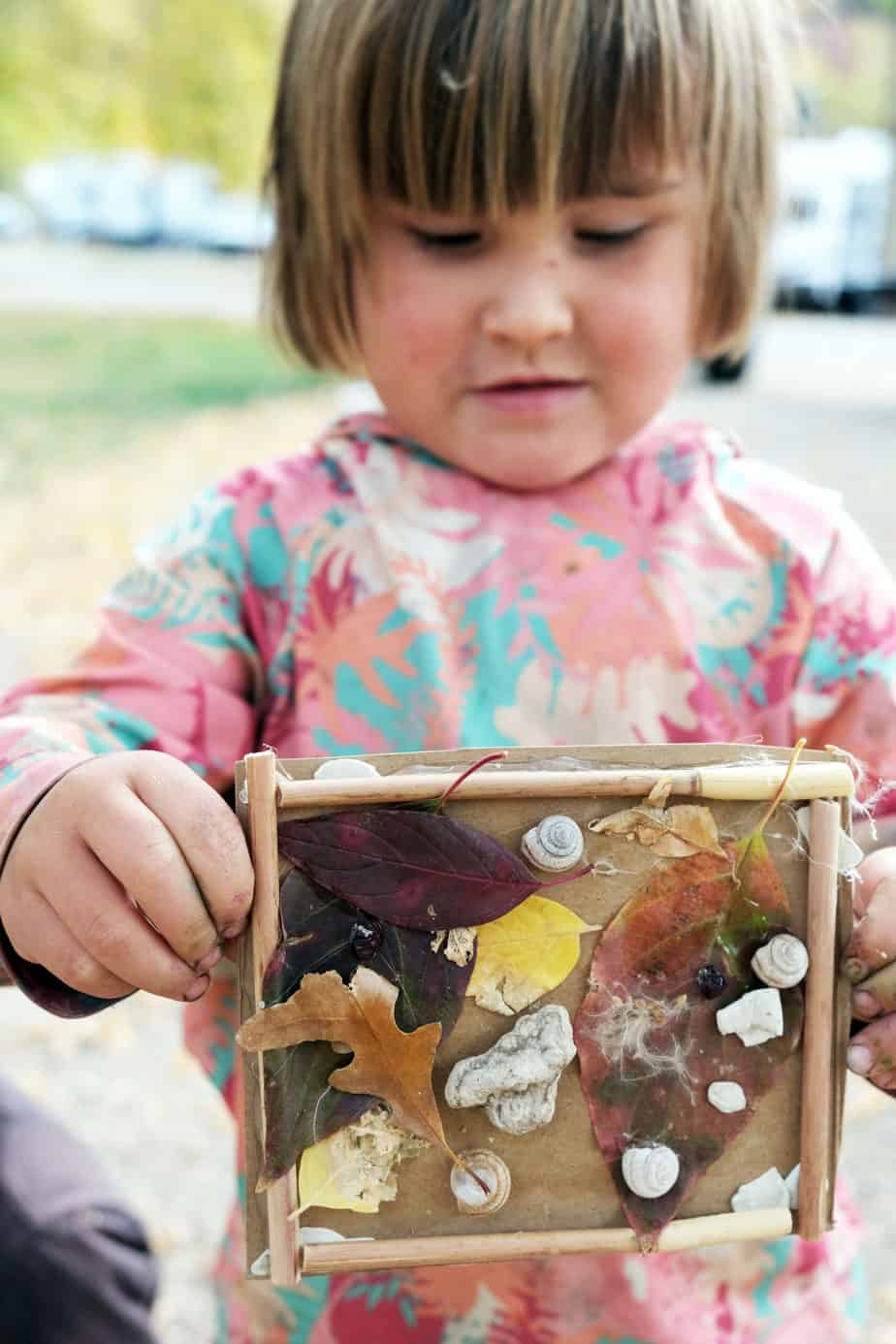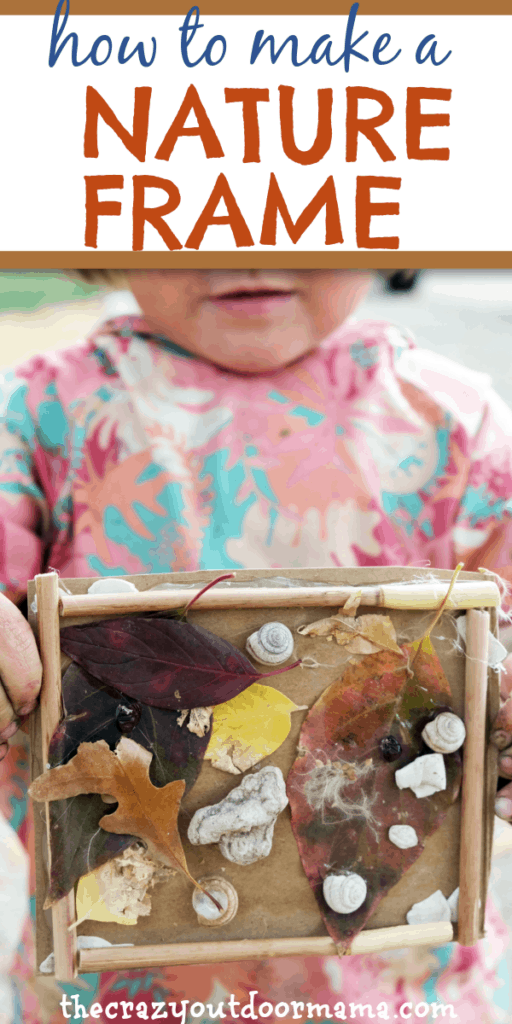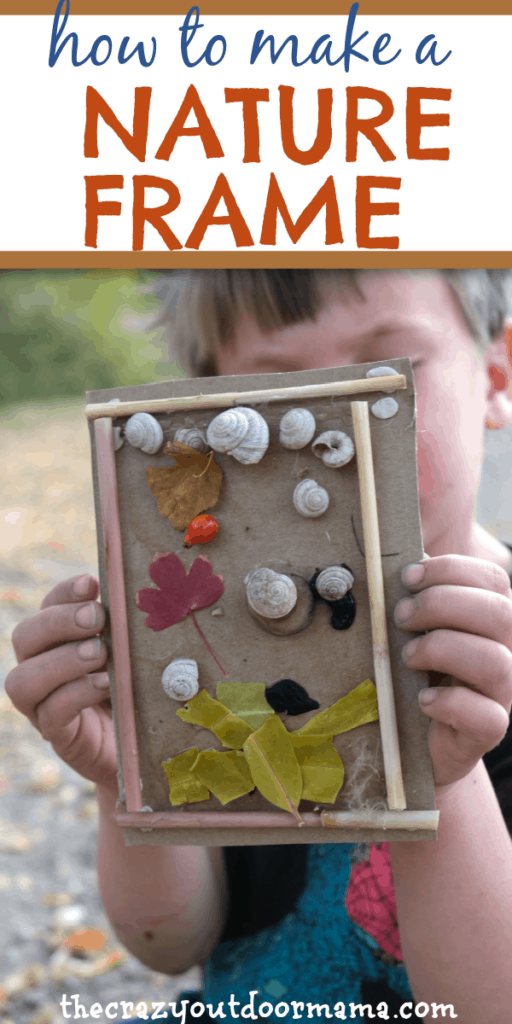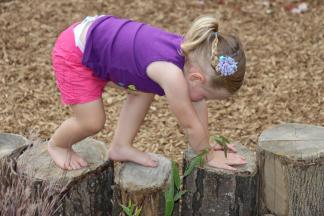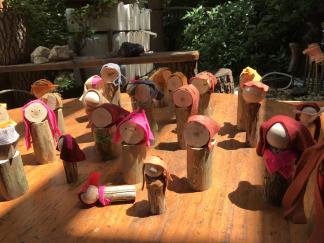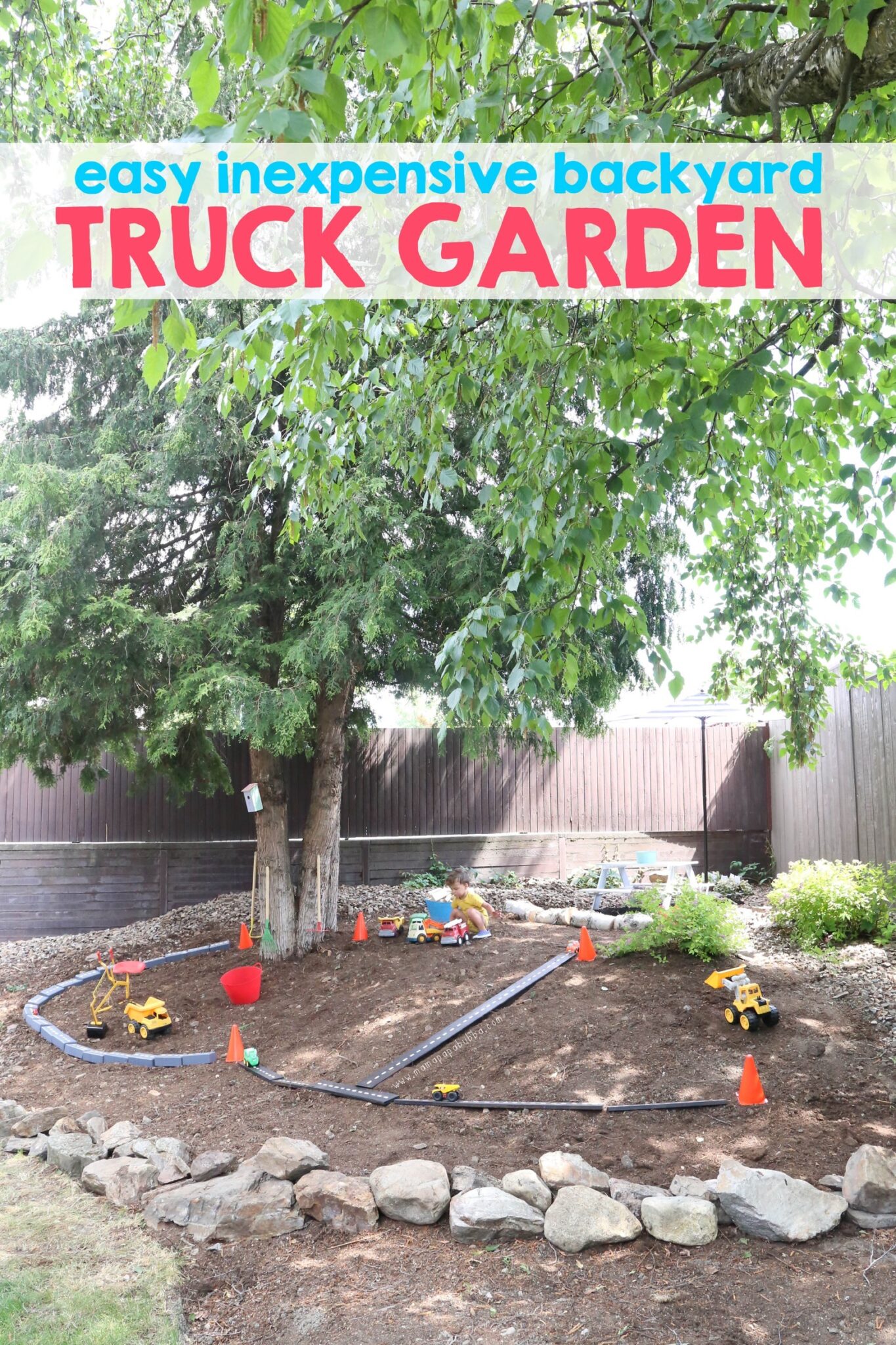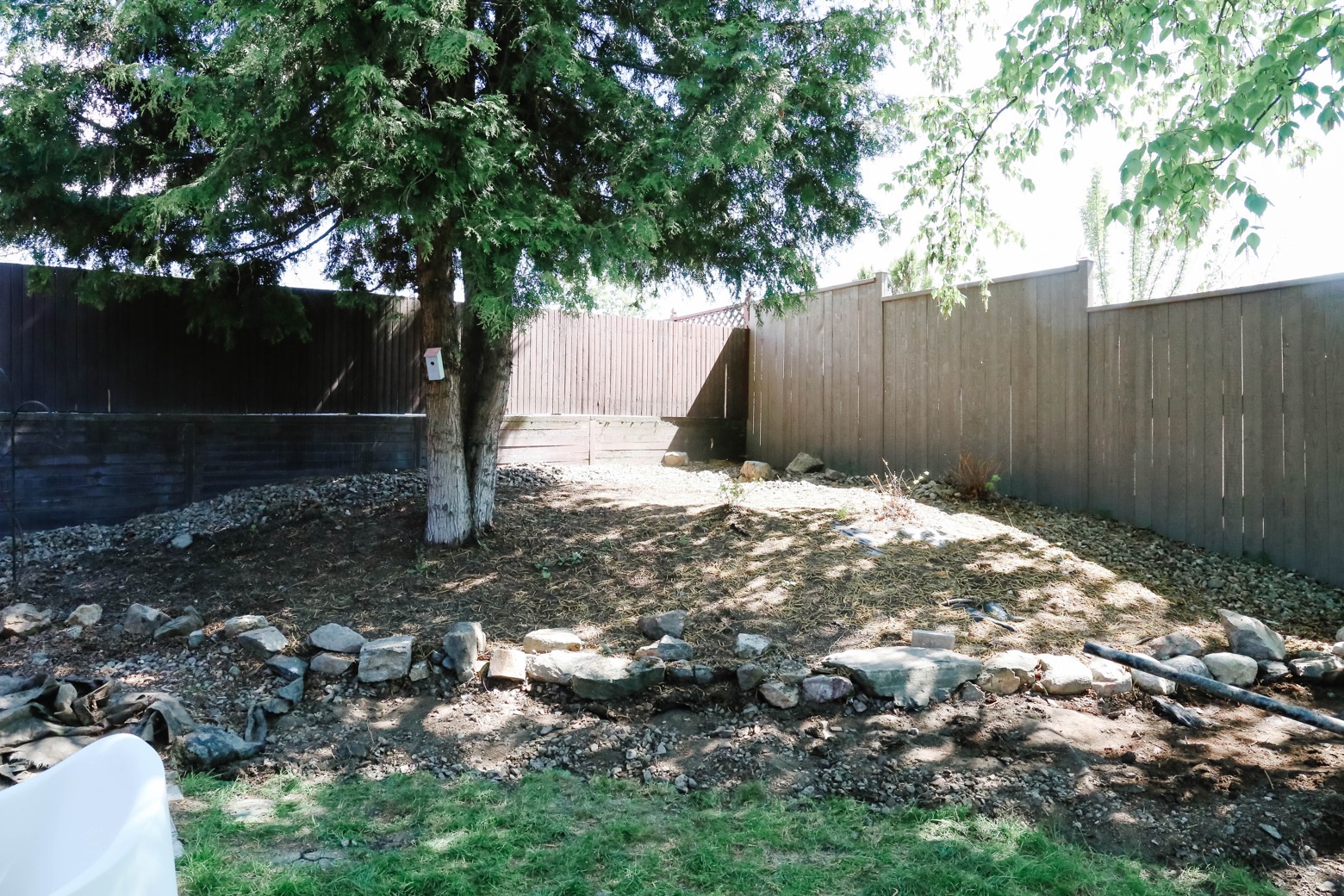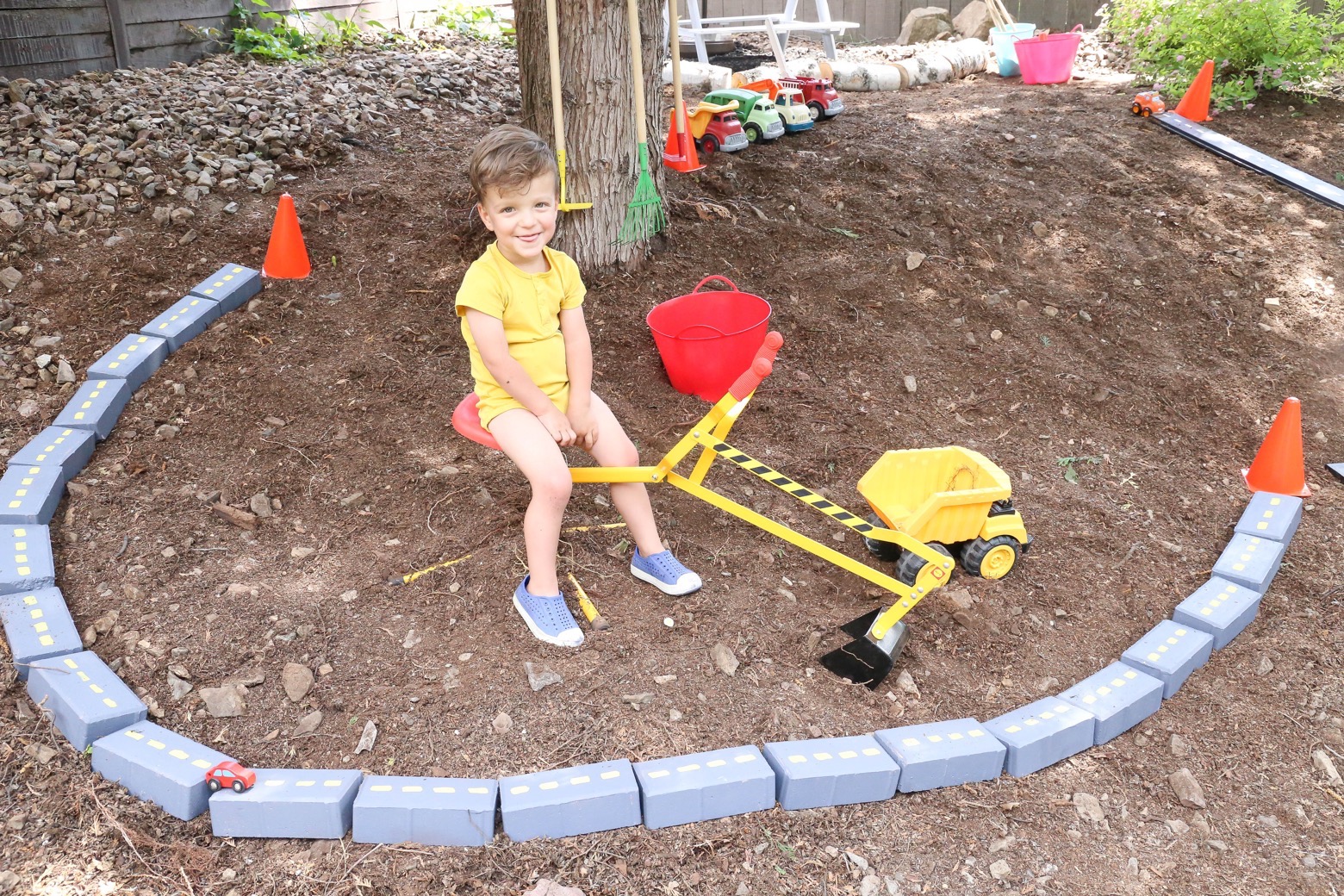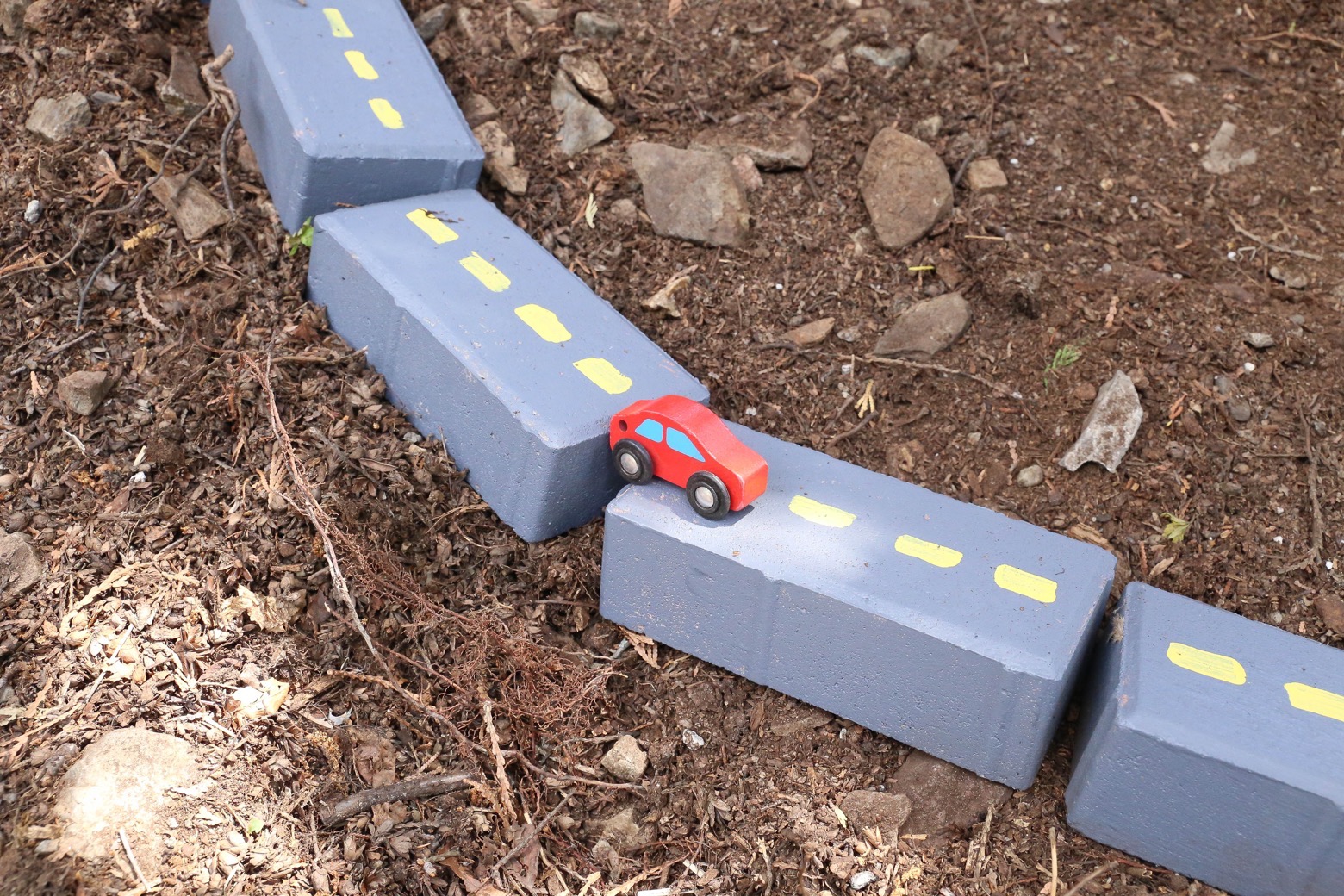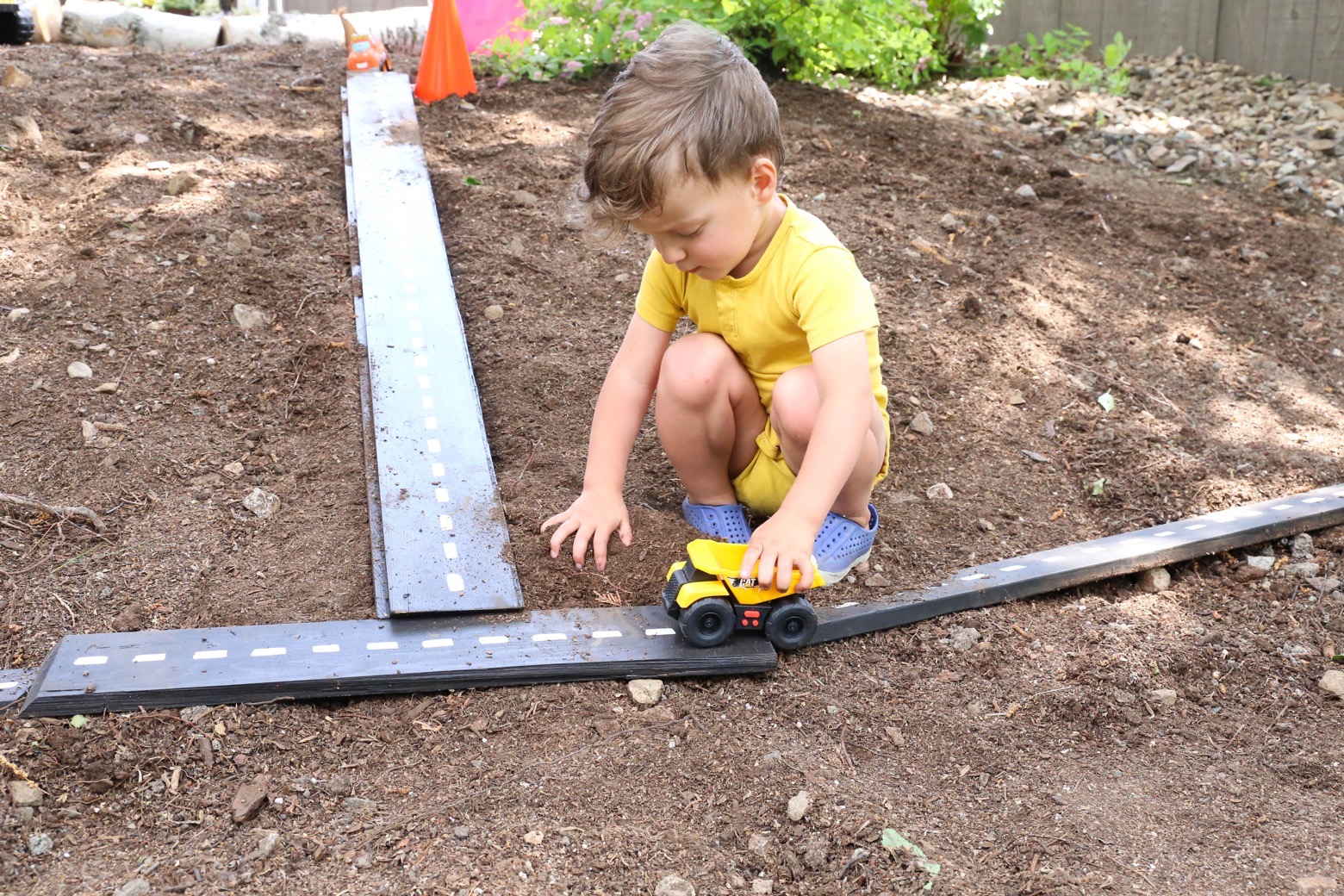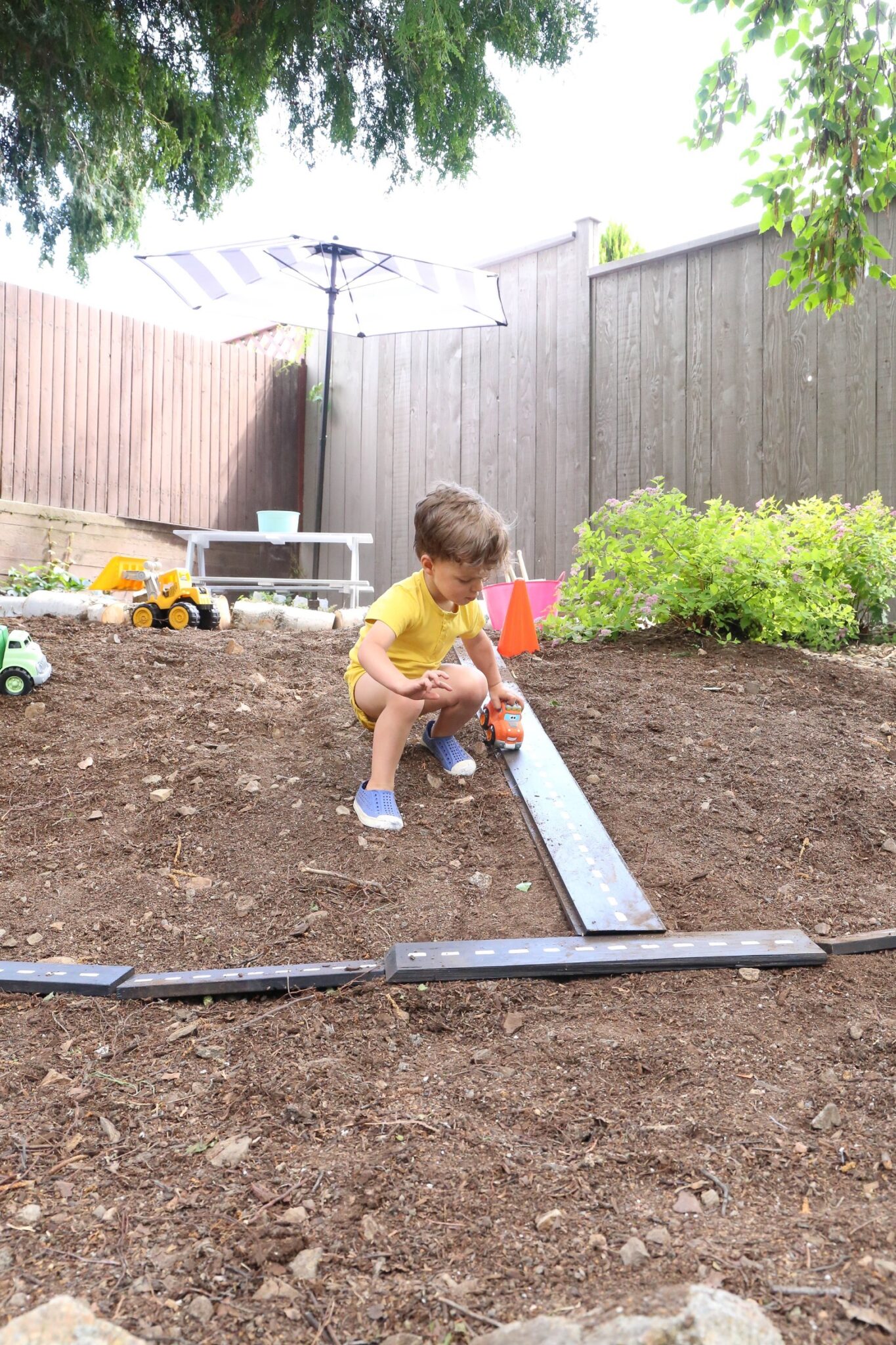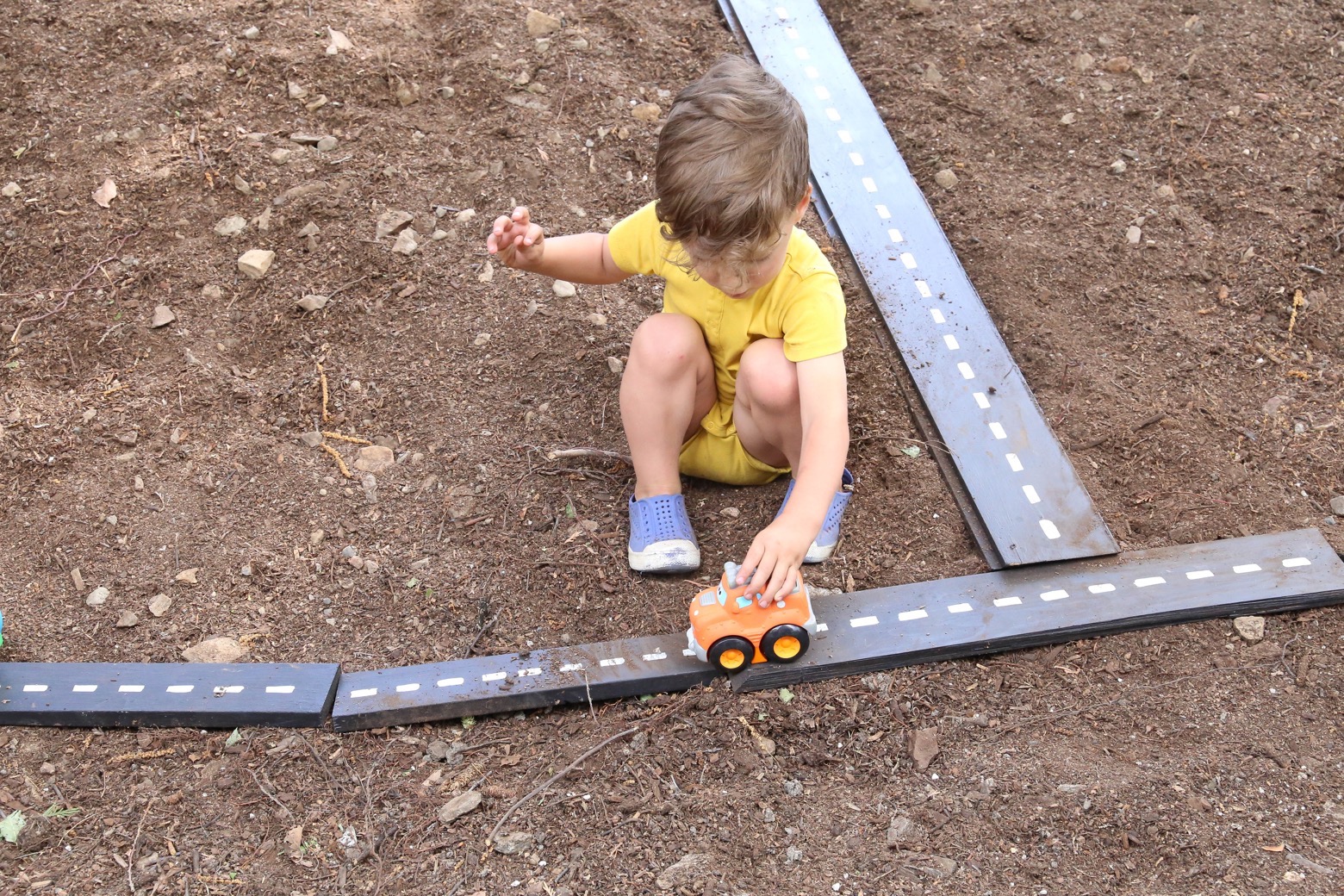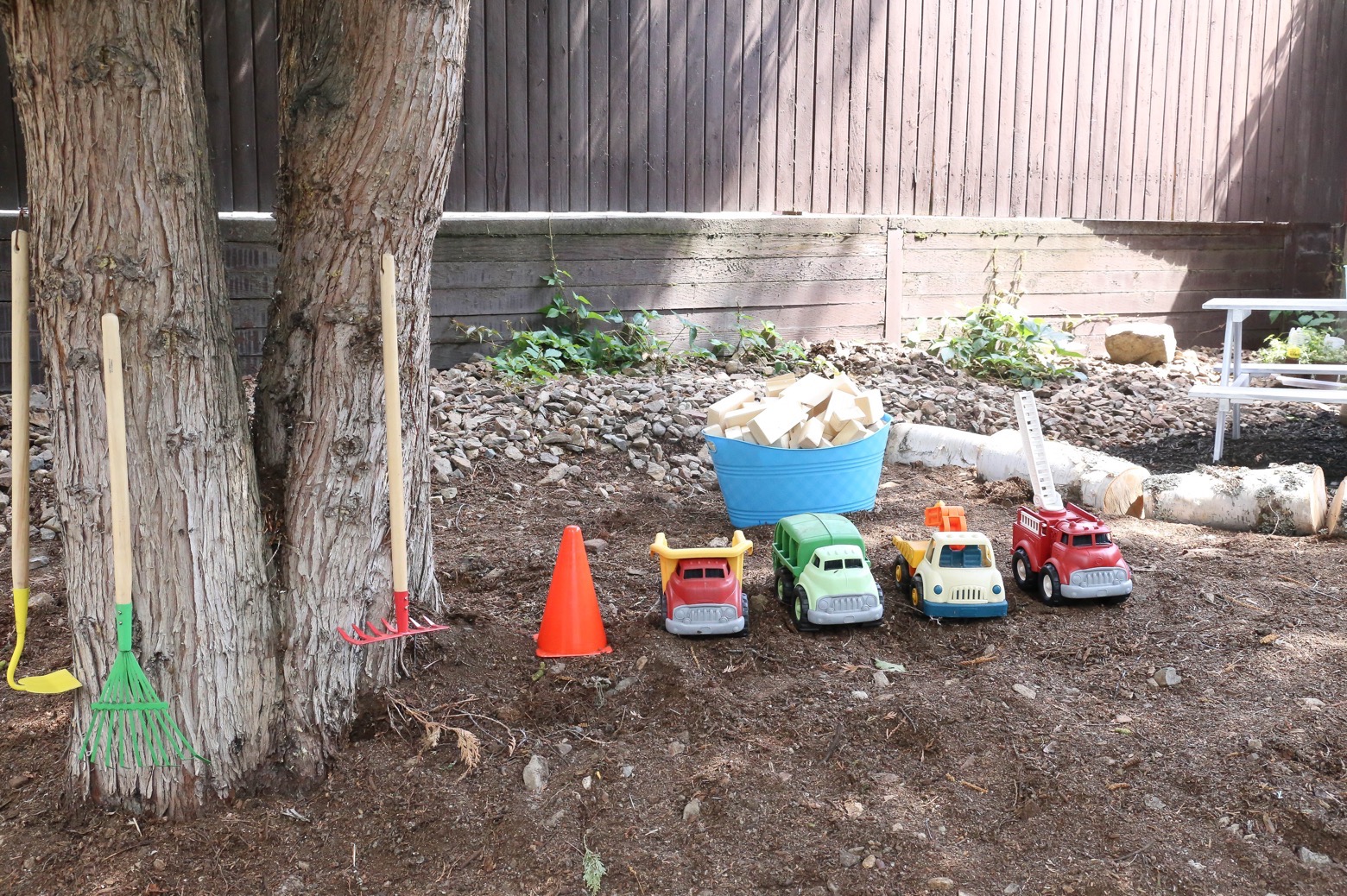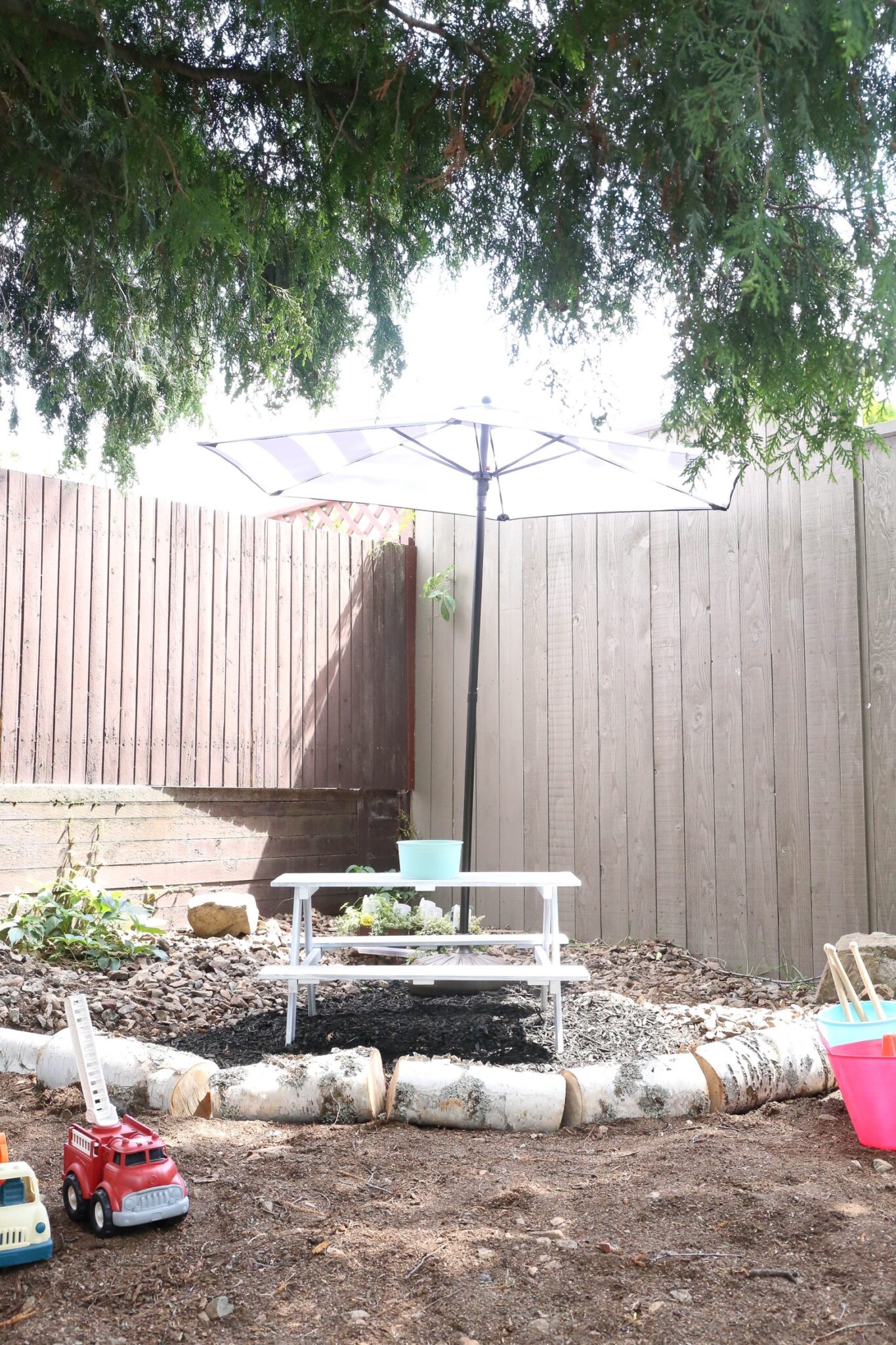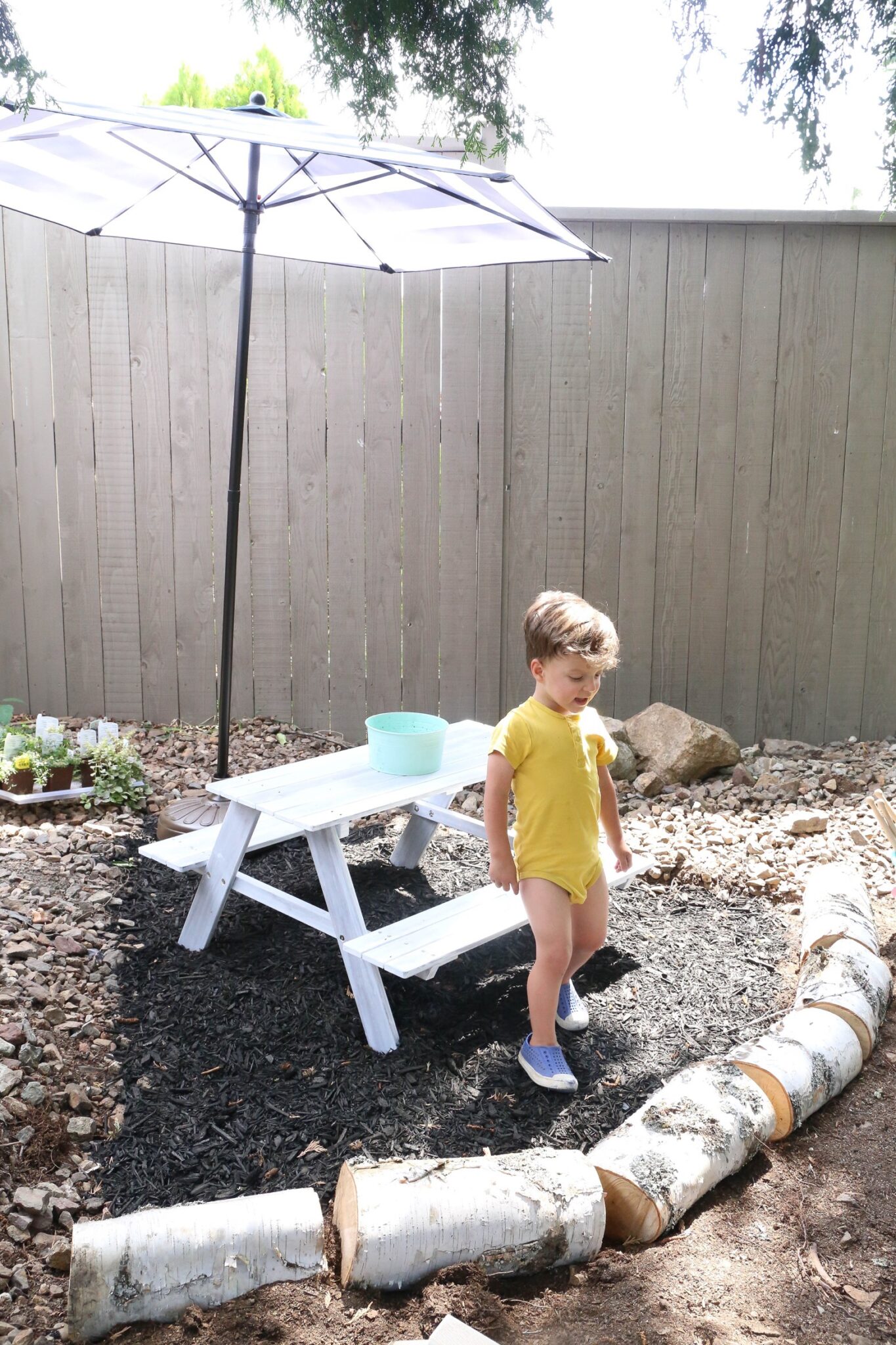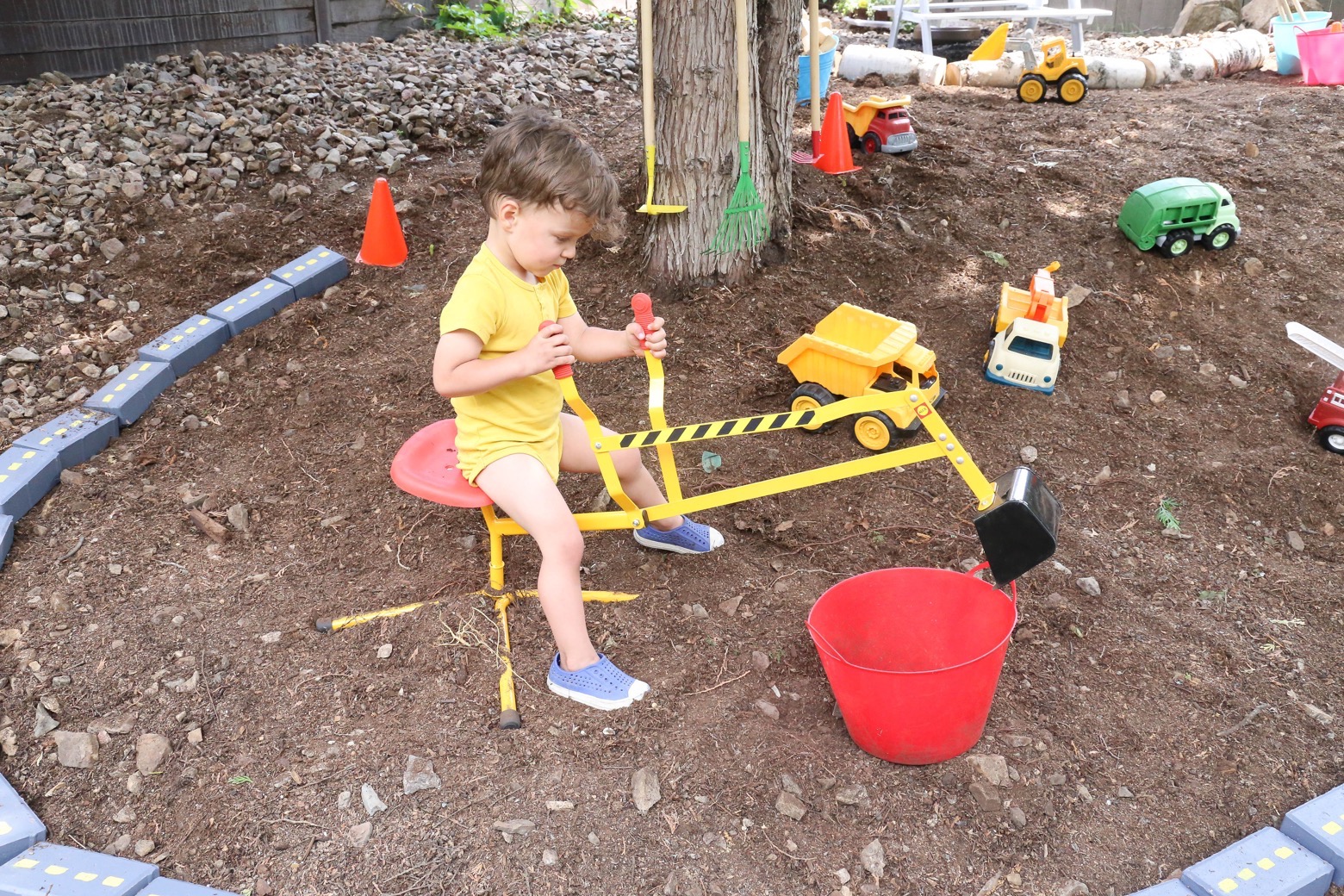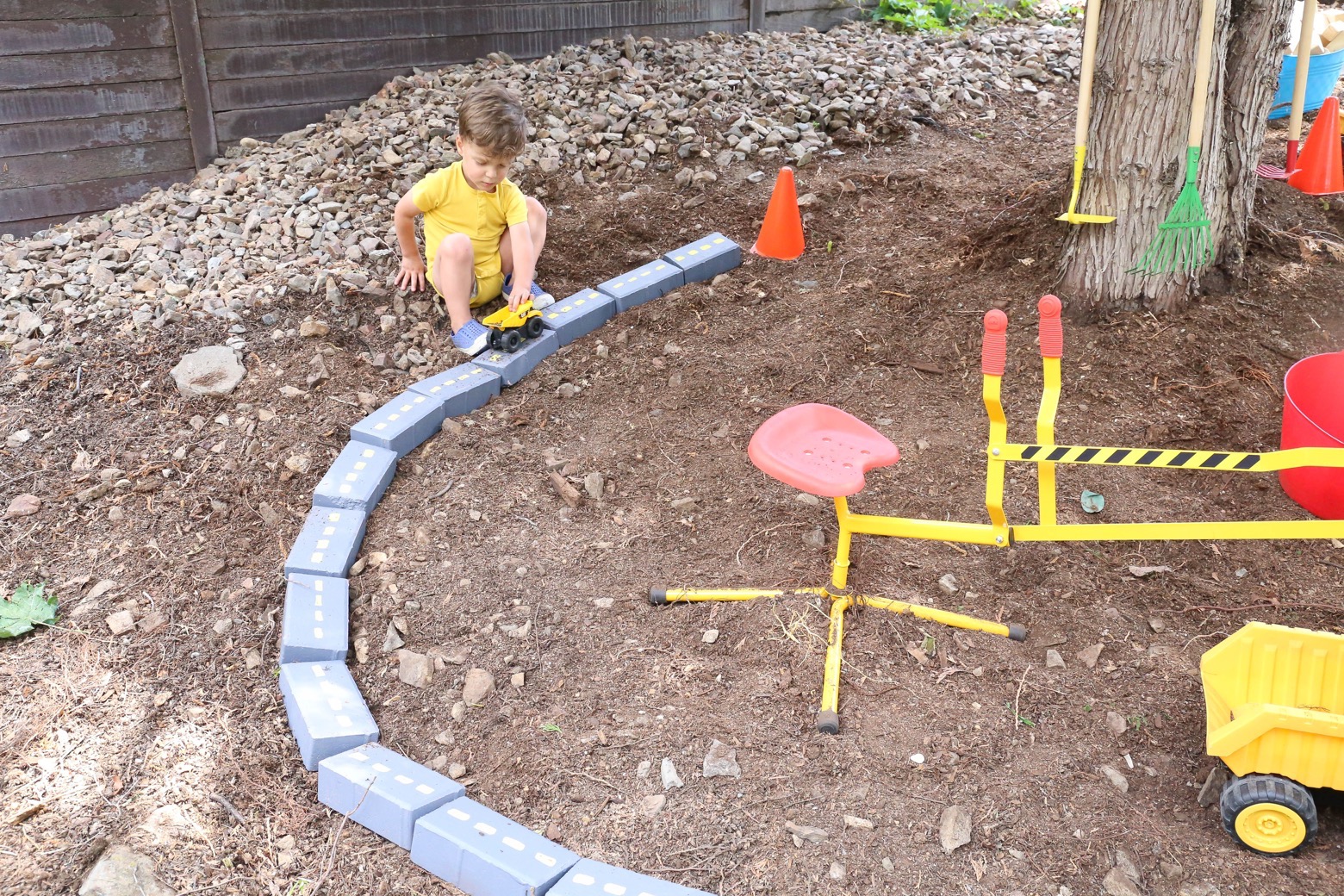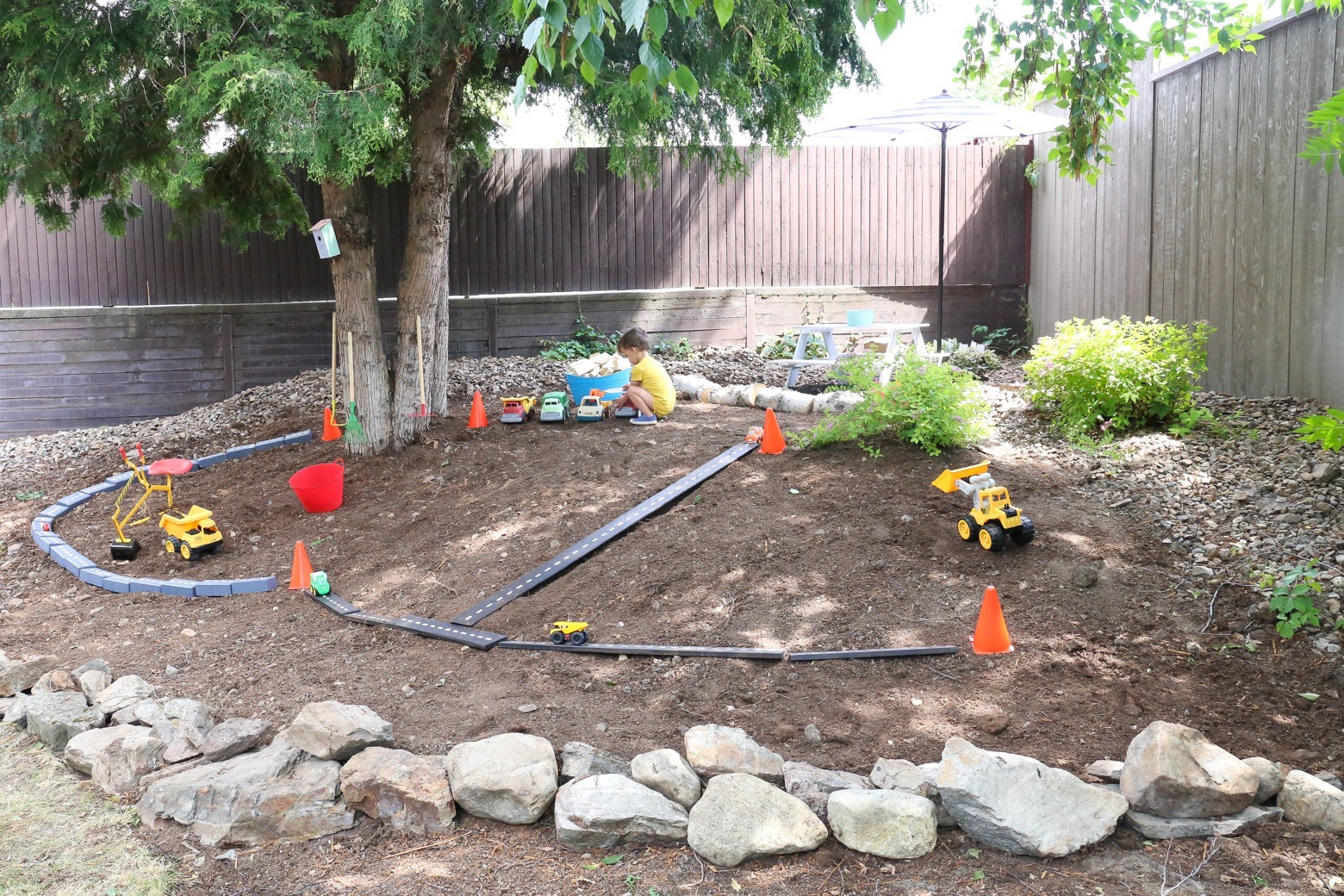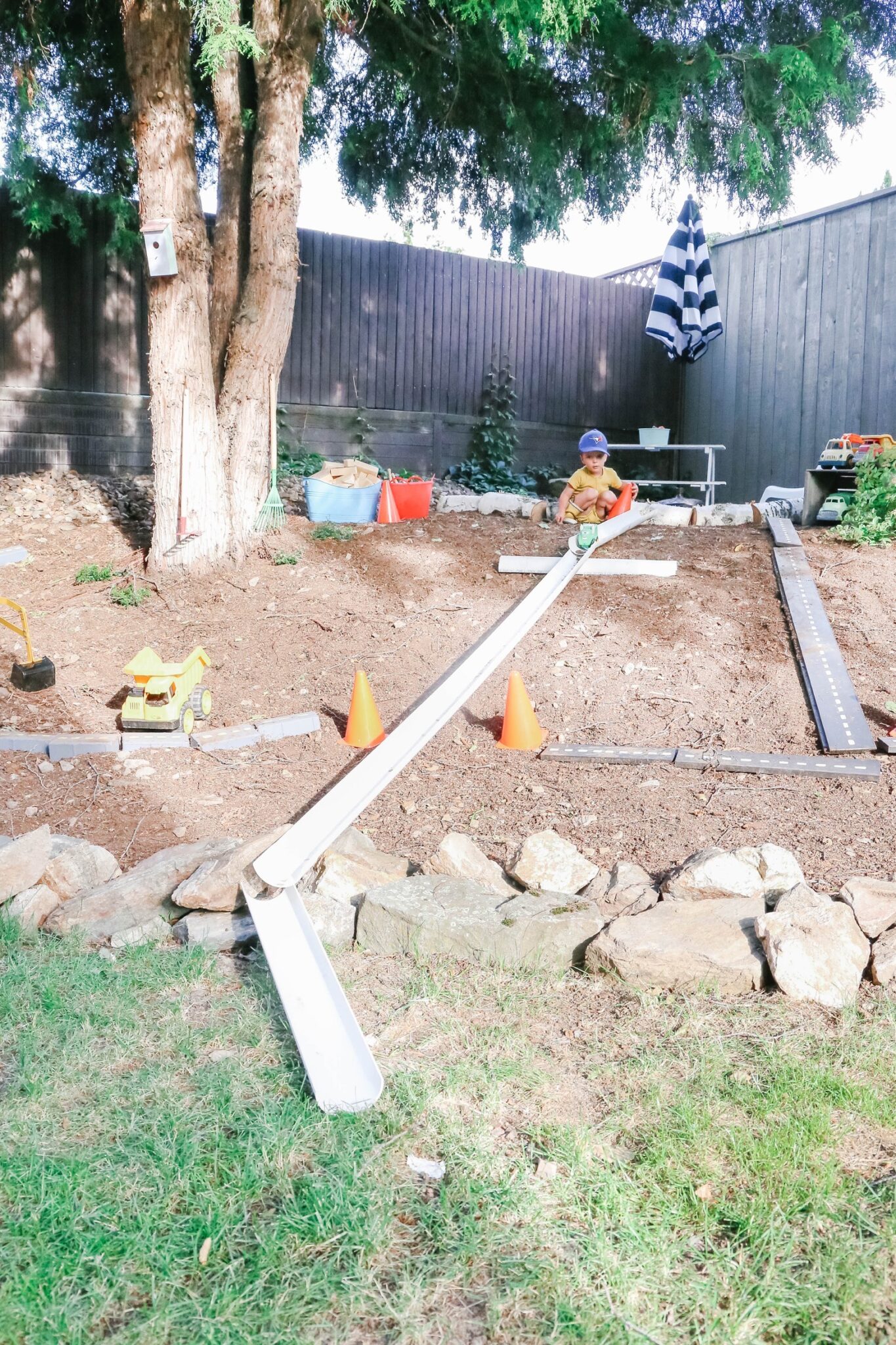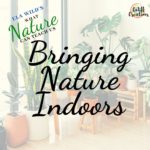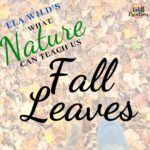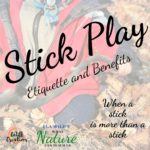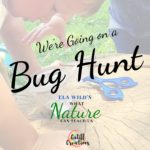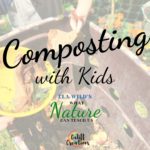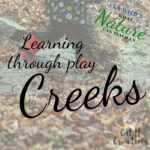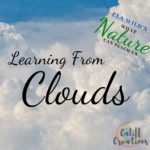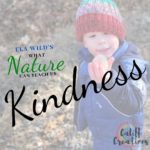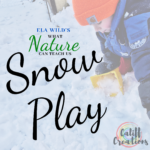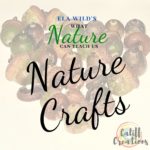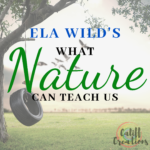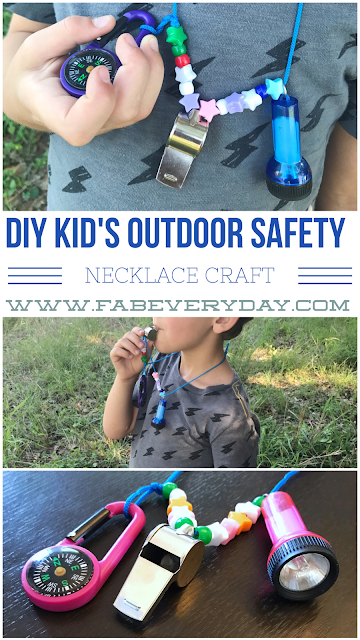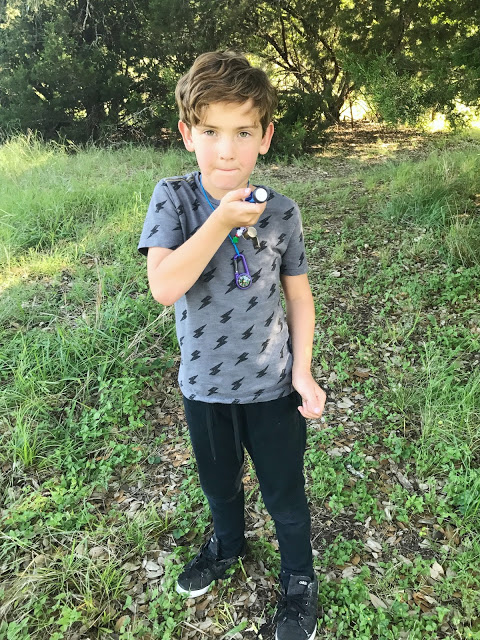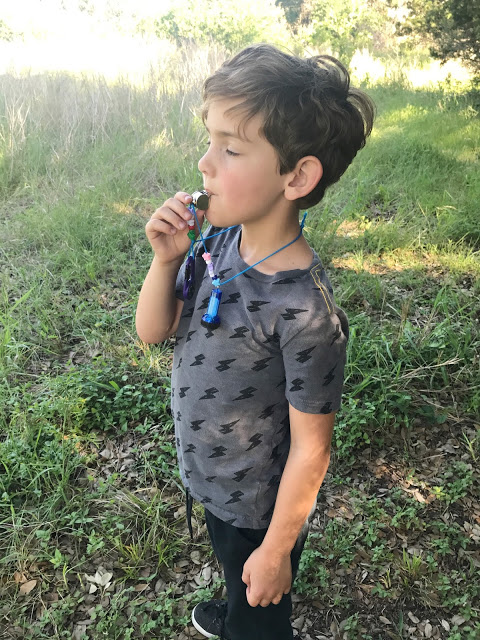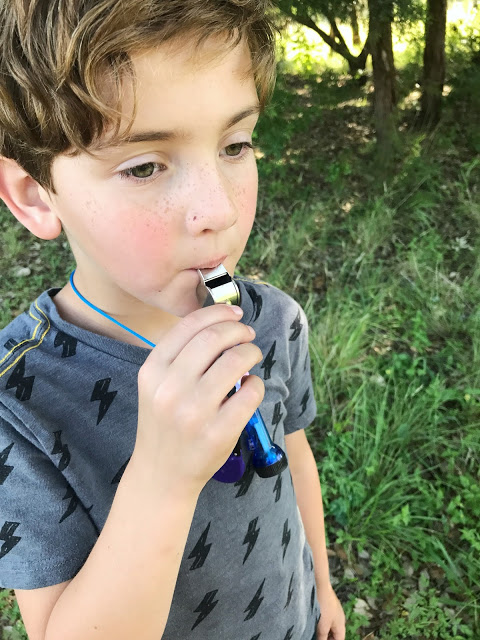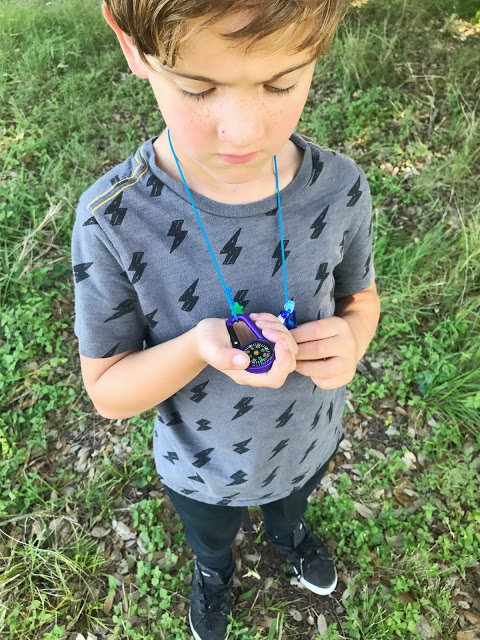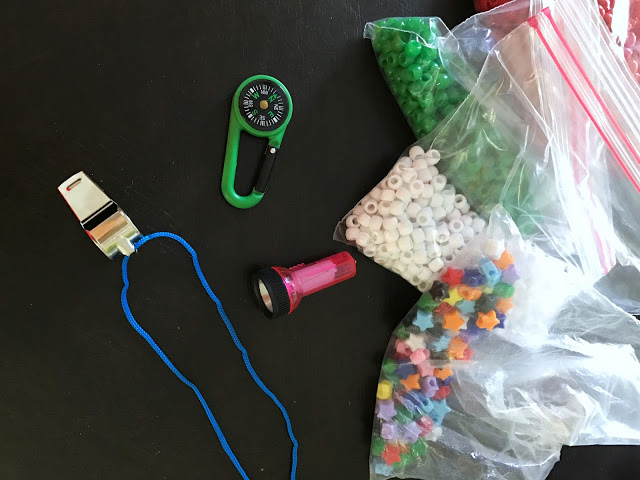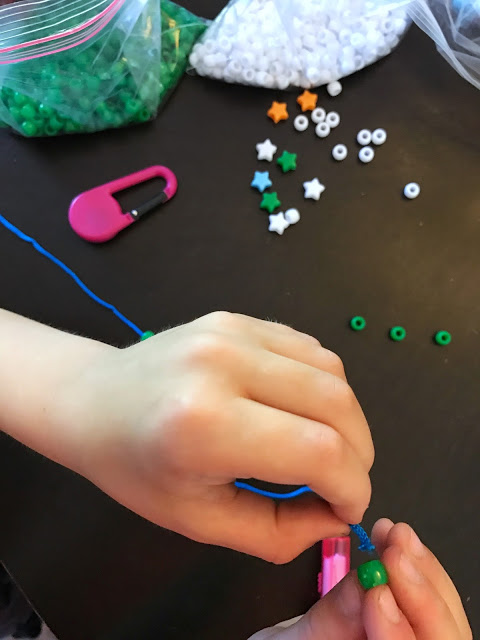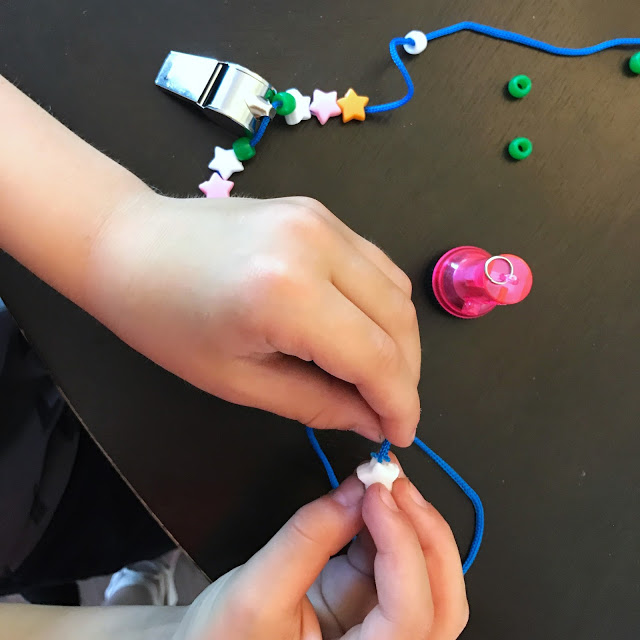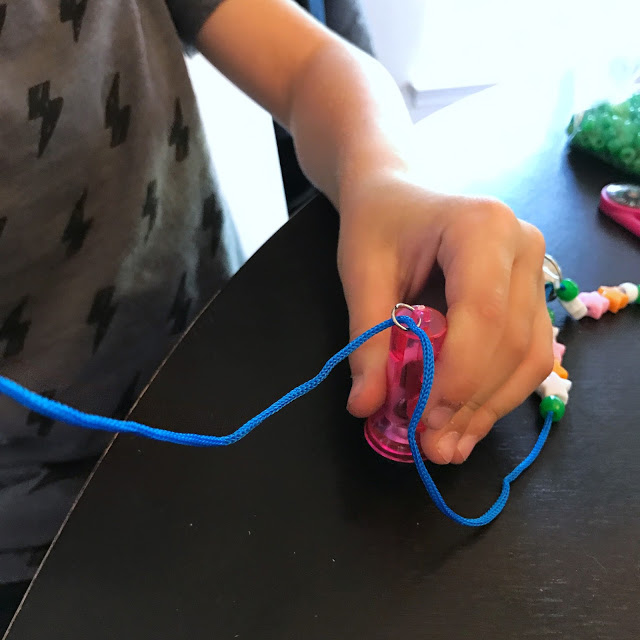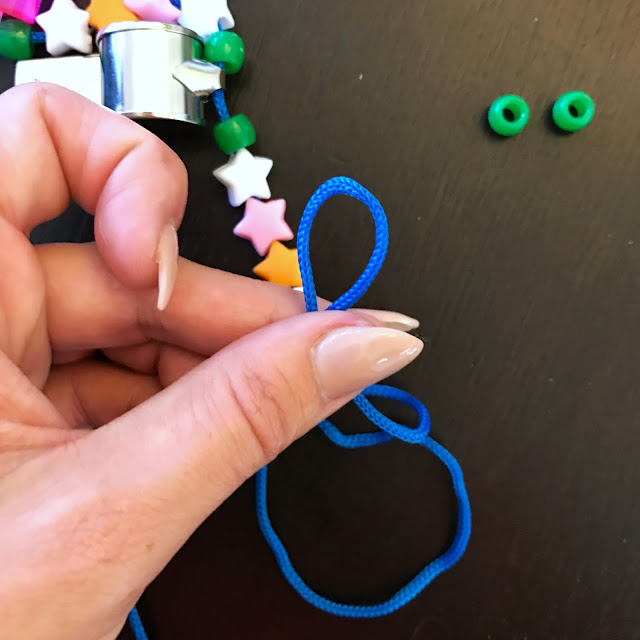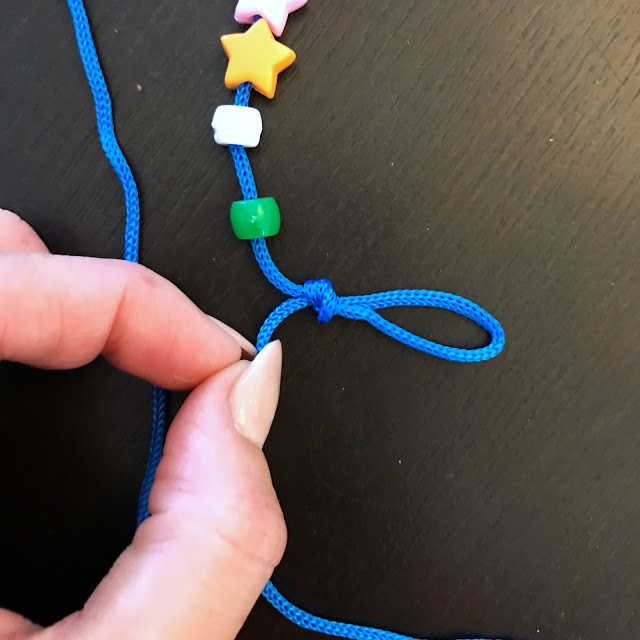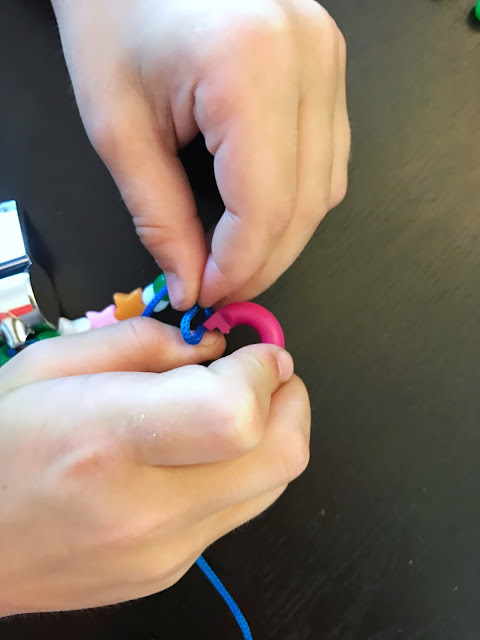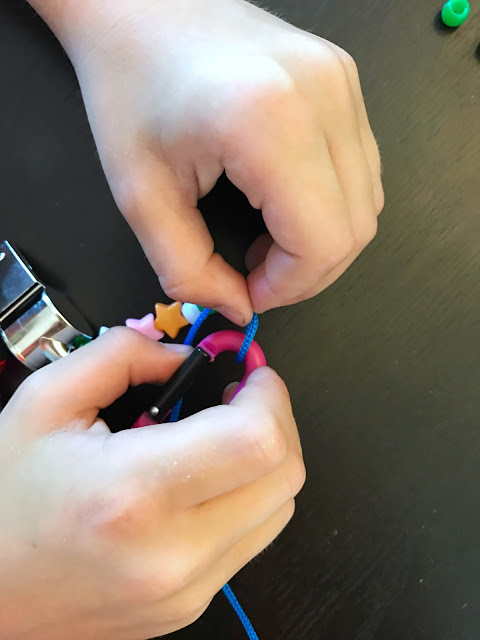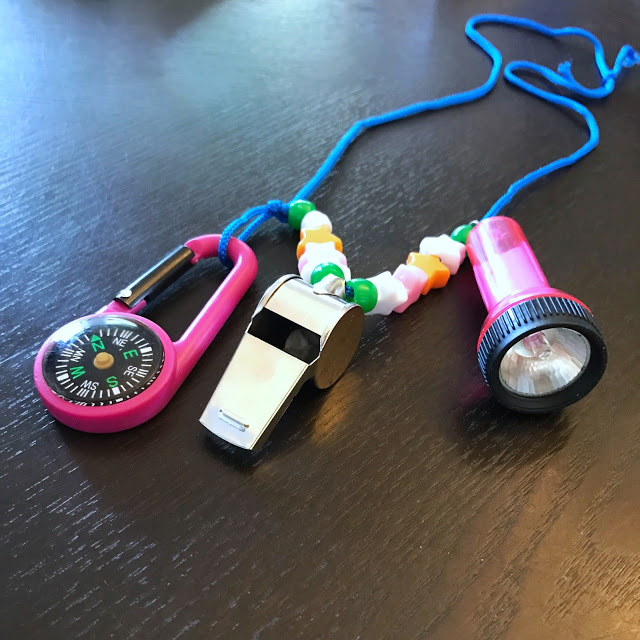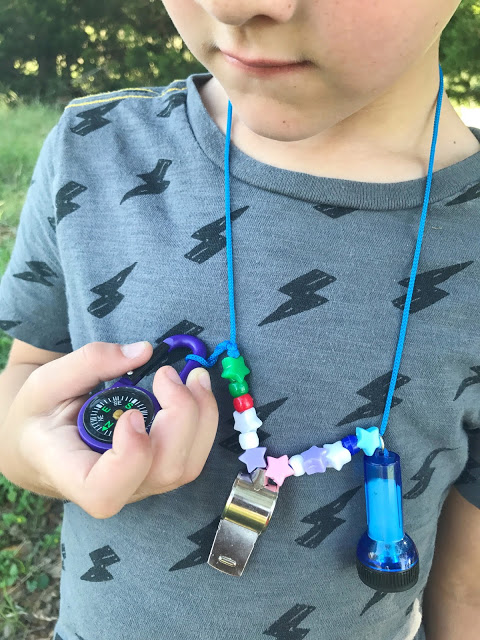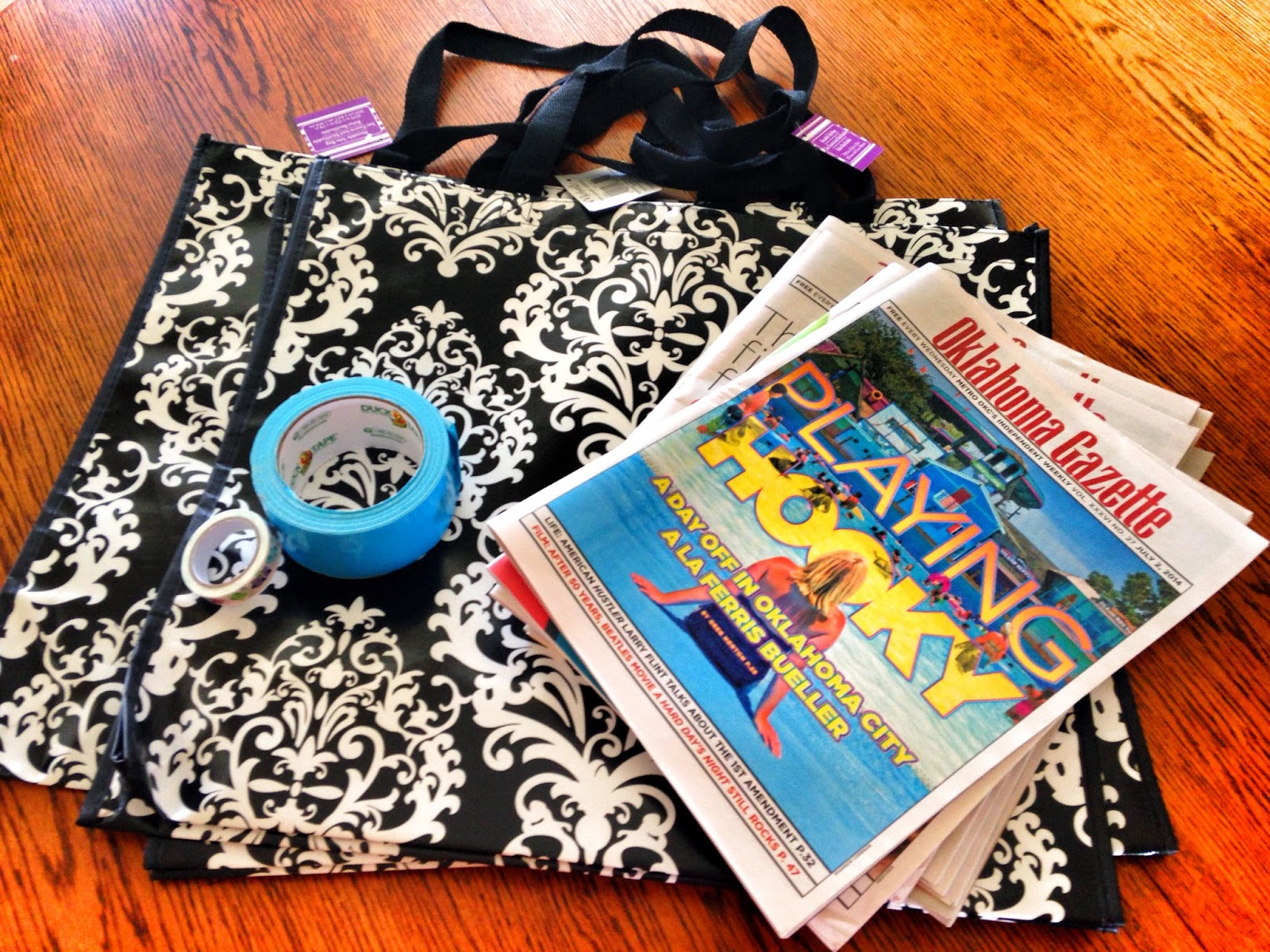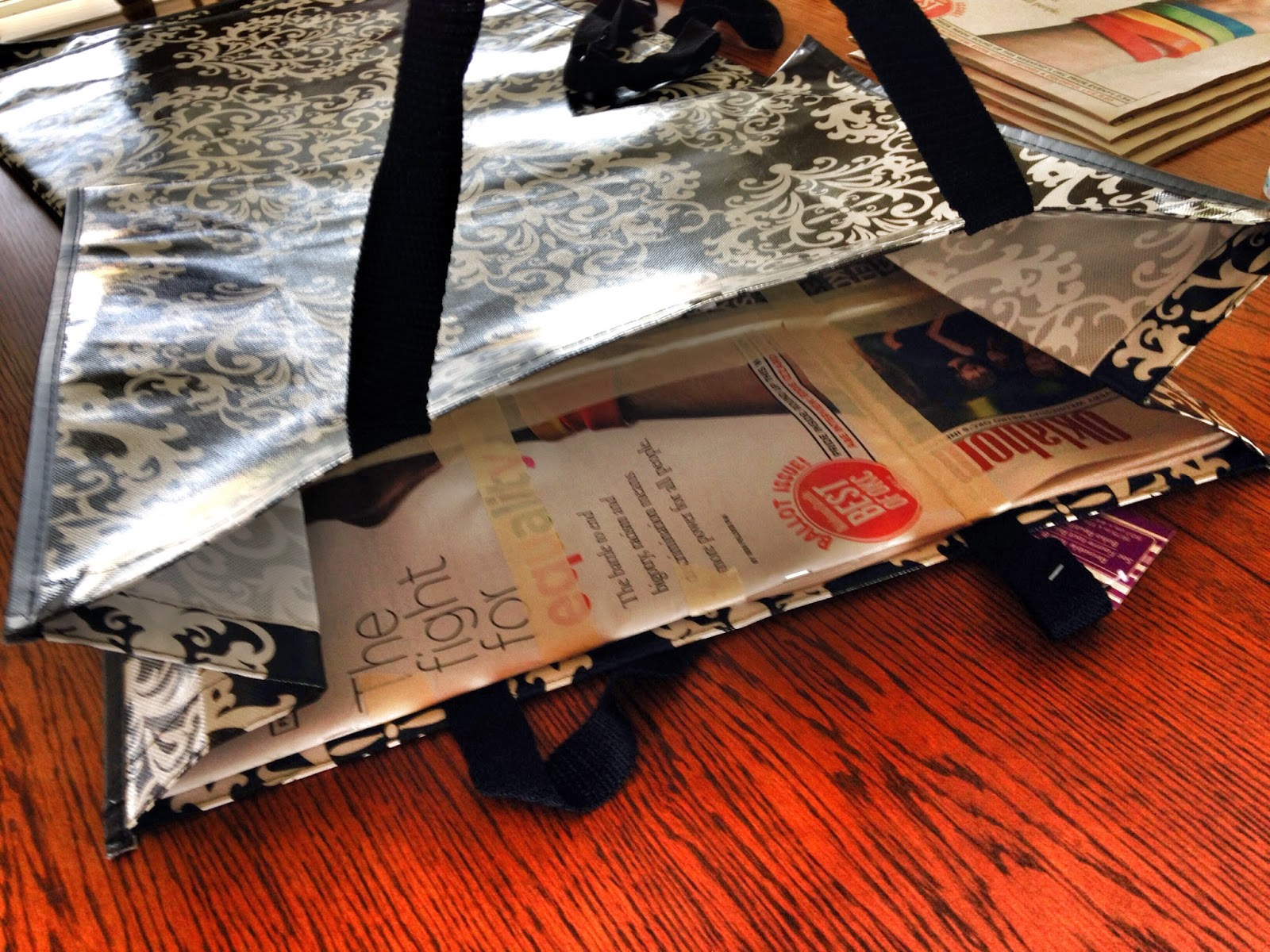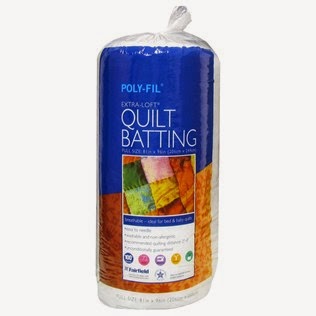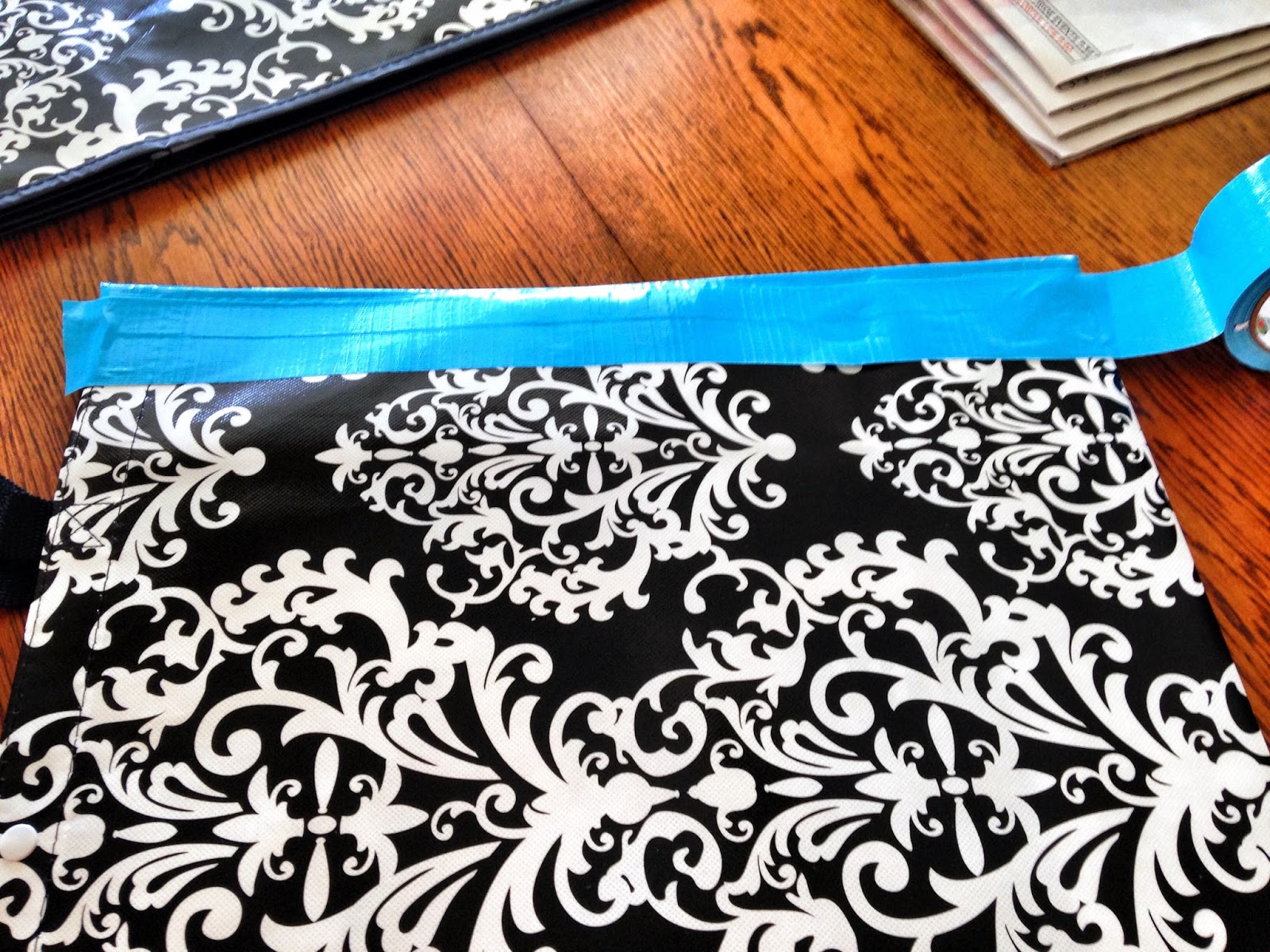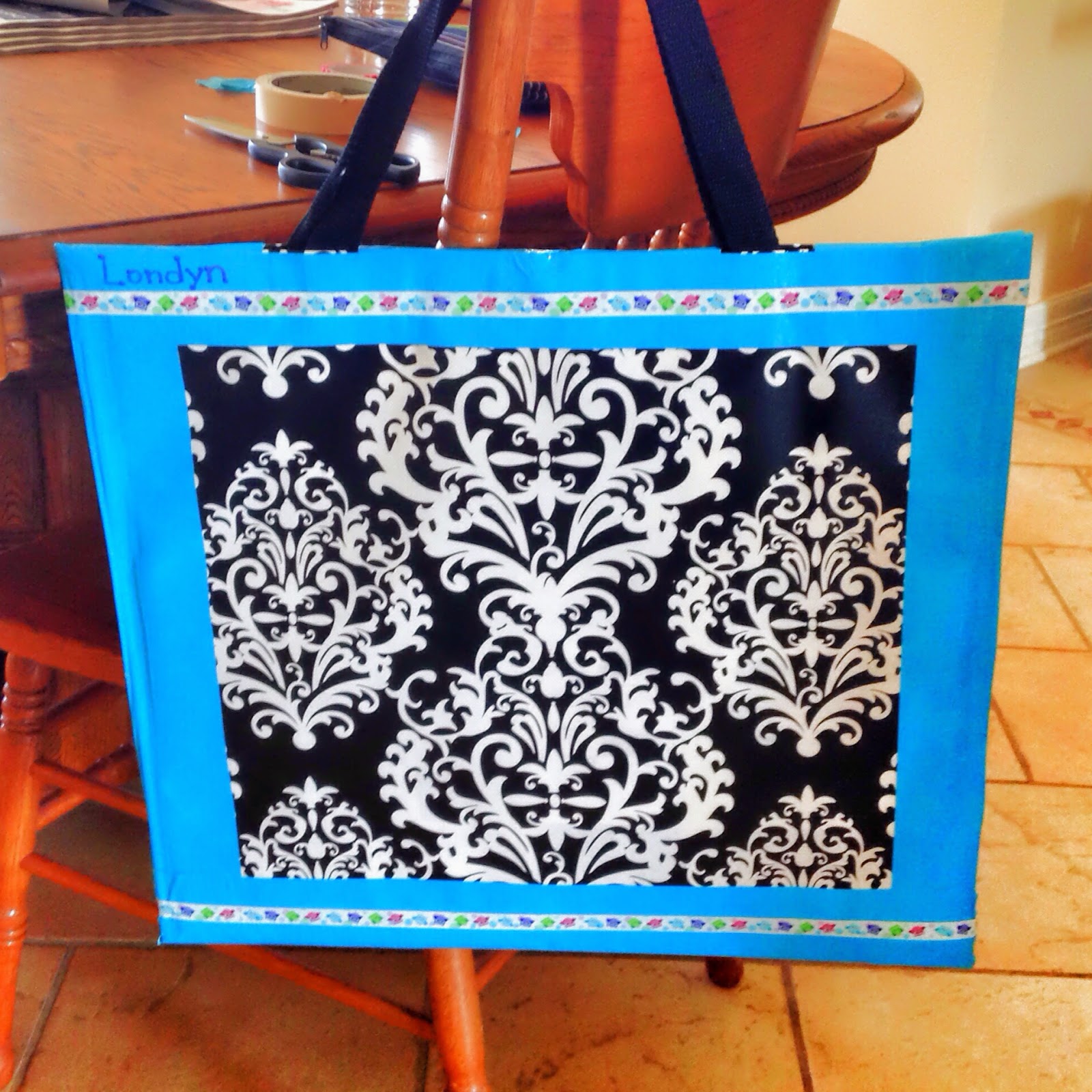Nature Play-
NaturesTreasure Hunt
List of things to collect on your hunt
If you’re looking for ideas, here are some things that you might be able to collect on your next walk.
Sticks – by far our favourite thing to collect. Kids love sticks. I even wrote a post with ideas for 30 fun things to do with sticks.
Pinecones – another great free natural craft material. How about using them with play dough and making hedgehogs?
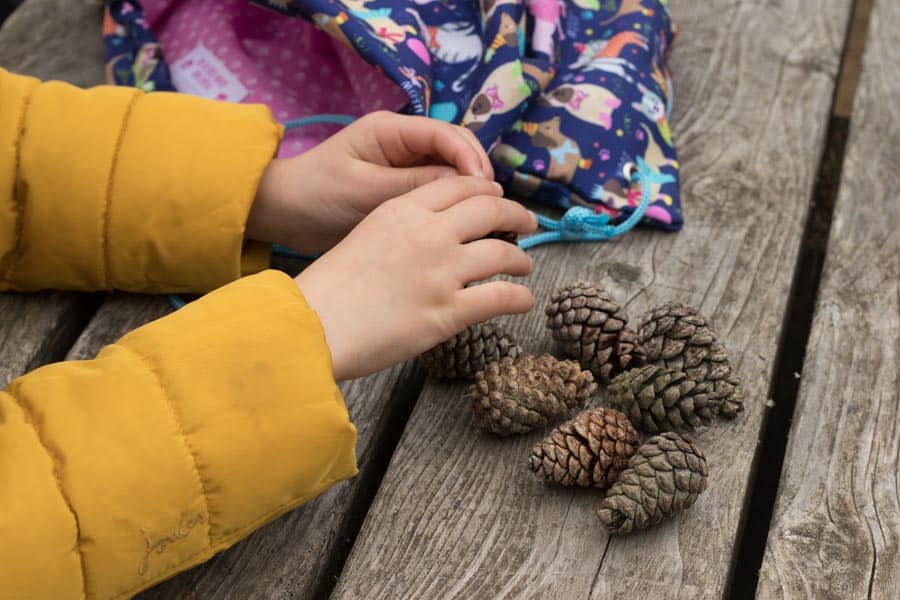
Leaves. Fallen leaves are easy to collect even for toddlers. How about asking them to find 5 different coloured leaves or 5 different types of leave. They’re also great for taking home to paint like in this autumn process art activity.
Acorns
Conkers – Wondering what to do with all your autumn treasures? You need my autumn activities for preschool post.
Helicopter seeds
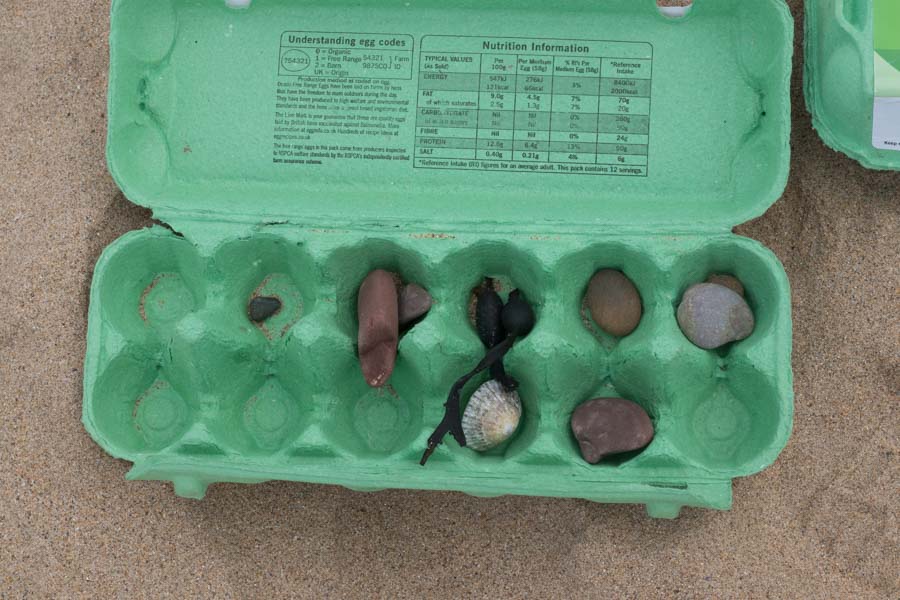
Stones. Why not take some home to paint?
Shells, the ultimate things to collect on a trip to the beach
Drift wood
Seaweed
Fossils if you’re really lucky
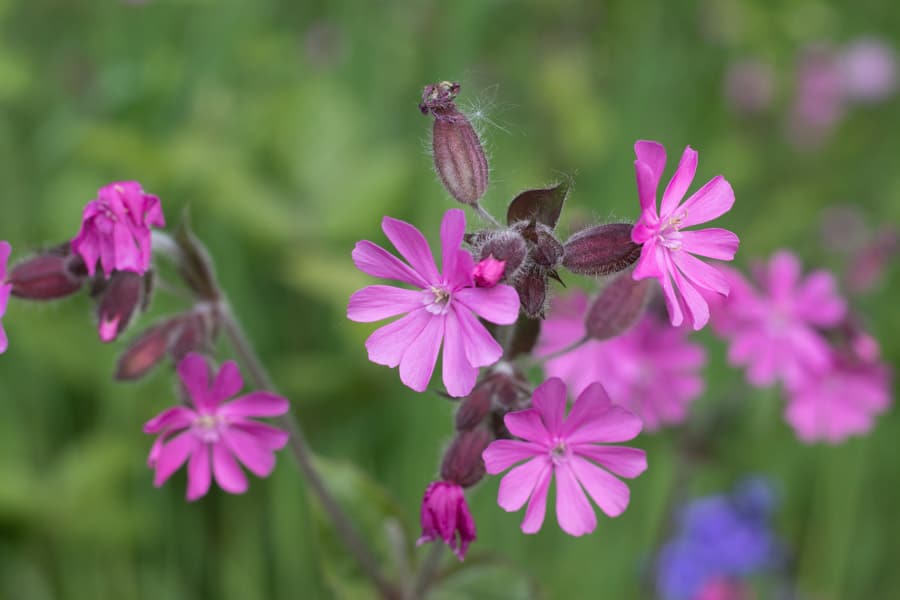
Wildflowers (never pick flowers from other people’s gardens, parks etc and don’t pick protected wildflowers like bluebells. We only ever take a few. Leave more than you take.) Once home why not try making these beautiful gelatine flower suncatchers.
Moss
Feathers
Creative ways to collect nature on a walk
You could simply give your child a list of things to collect on a nature walk or you could try one of these different ways. They are still all about collecting nature but they add a creative element to it. Sometimes they even add a competitive element too if you have more than one child to entertain.
Nature weaving
I saw this gorgeous idea on one of my favourite blogs for nature crafts, Little pine learners. All you need it some cardboard and some rubber bands or string/wool.
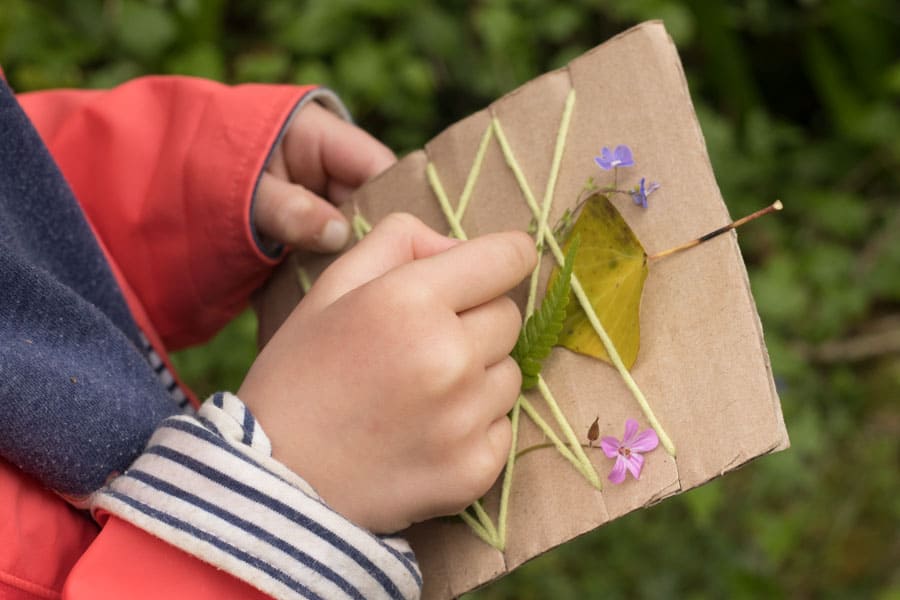
Create a journey stick
We love to creating journey sticks on walks. They’re a really fun way to collect things on a walk. All you need is a stick and some wool or string to tie your nature finds to your stick as you walk.
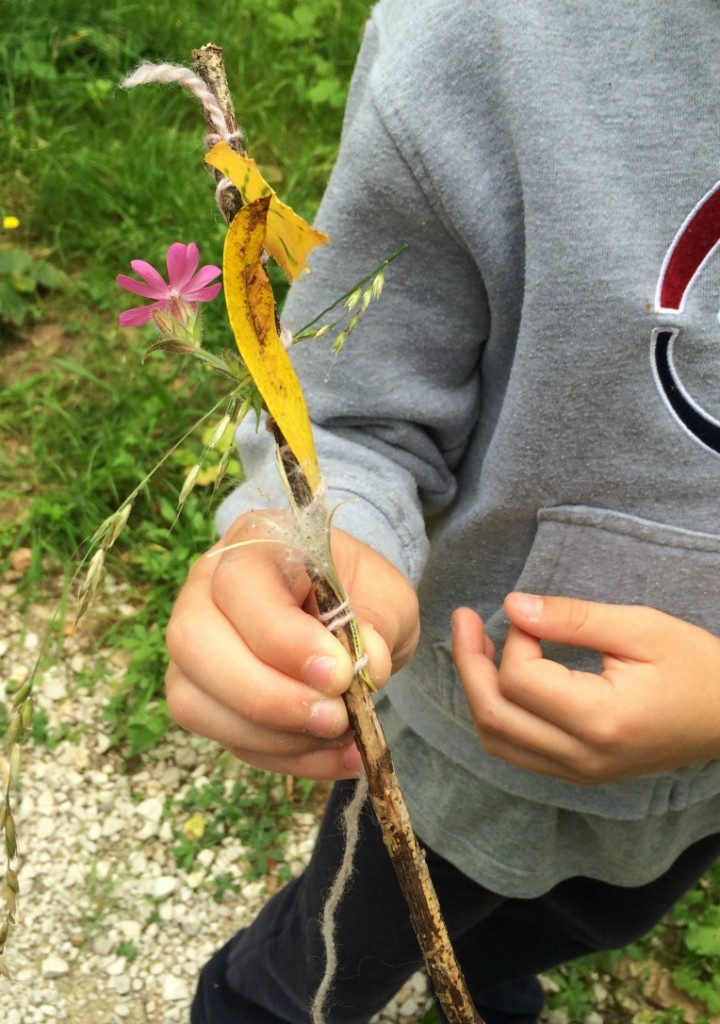
Go find it cards
Why not make collecting nature into a game using a set of go find it cards. We love our set and use them regularly on walks.
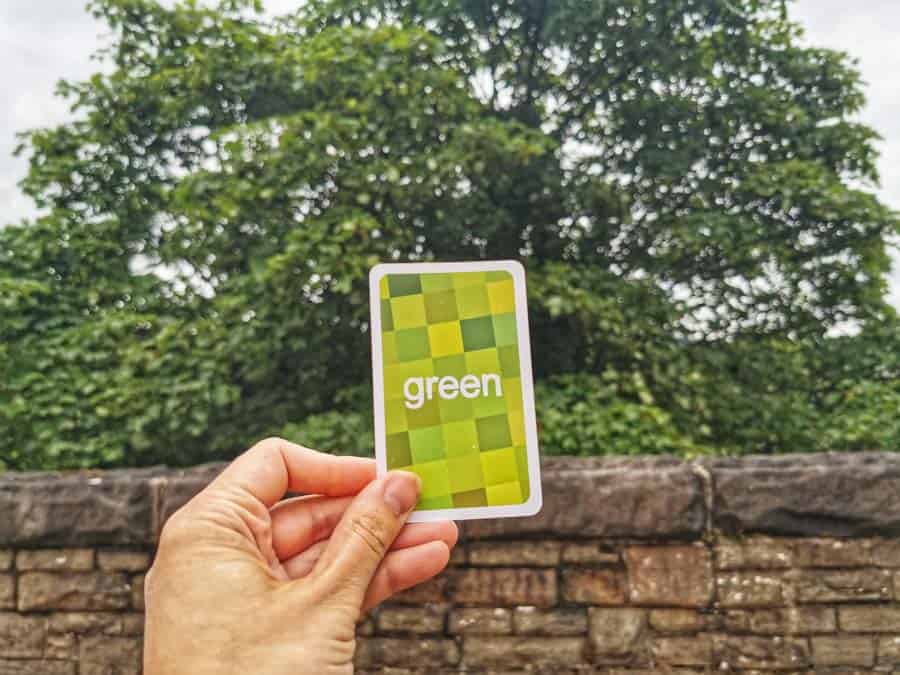
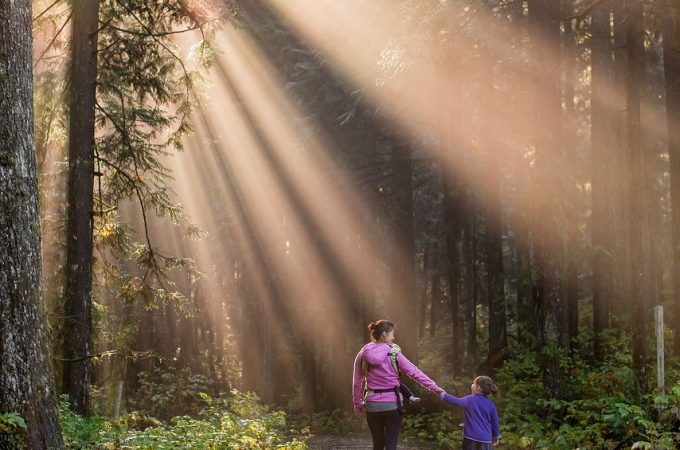
Heading out into nature is a great way for the family to enjoy quality time together. It's also a fantastic opportunity to put down the tech and learn to appreciate the world around you. If you happen to have some public woodland near your home, it's a great destination for a family day out. You can pack a picnic, get some exercise, and reconnect with each other away from the stresses of busy family life.
I'm not sure what the attraction is with hunting, does it attach us back to our prehistoric roots and make us hope that we could survive even if everything wasn't handed to us on a plate?
The boys definitely enjoy all kinds of hunt (although strangely, finding a missing shoe when we're late for school is the one time it doesn't seem to appeal.)
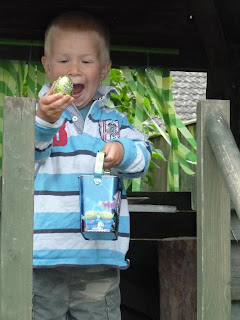
Found one!
Simple Play Activities to Explore Nature
Look at the Clouds Talk about the shapes and colors. Watch them move.
Collect Leaves Find leaves, stack them, talk about their shapes, colors, and sizes. Which leaf is bigger/smaller?
Crinkle Leaves Talk about how it feels. Talk about the smells. Throw the little pieces of leaf in the air and watch them fall to the ground.
Collect Sticks Find big sticks and little sticks.
Play with Sticks You can stack them or build with them. Stick them in the ground. Throw them (safely, of course!). Break them. Dig with them. Rub or tap them against different surfaces and talk about it – “that’s loud/quiet”, “that’s bumpy/smooth”, etc.
Find Rocks Talk about sizes, textures and shapes. Line them up. Count them.
Stack Rocks See how many you can stack. Count out loud. Make it a fun challenge.
Bring Playdough Make imprints of rocks, leaves, sticks, acorns or tree bark.
Look at Birds Observe and talk about the bird’s behaviors.
Look for Bugs Flip over rocks. Observe and talk about the different bugs you see.
Observe Animals What animals can you find? Squirrels, lizards, turtles, ducks? Observe and talk about what you see.
Make Nature Stew/Pretend to Cook Pick grass, fallen leaves, weeds, etc. and mix together to make pretend stew.
Pick Up Litter If you see litter, pick it up and take the opportunity to talk about littering. Make sure you use hand sanitizer afterwards!
Sit on the Ground Take a break and just sit. Run your hands through the grass or feel the cool ground with your hands.
Lay on the Ground It’s amazing how laying on the ground vs. just sitting on the ground can give you a completely different experience and perspective.
Play in the Dirt Get those hands dirty!
Explore Tree Bark Touch it, talk about it, compare different ones. Look for fallen tree bark.
Go Climbing Kids love to climb – it’s in their nature (see what I did there!). While ensuring safety, allow kids to climb on tree roots, tree limbs, tree stumps or large rocks.
Drive Toy Cars Through Various Terrain Bring along a little toy car. Have fun driving it through the dirt, grass, rocks, tree roots and other various terrain.
Bring a Favorite Toy Bring along your child’s favorite toy and incorporate it in your nature adventures!
Have a Picnic Bring along a snack or meal to enjoy on your nature walk.
Smell Flowers Stop and smell the flowers!
Draw Nature Bring along some paper and crayons. You can your child can draw things you see on your nature walk.
Draw With Nature Using water and dirt, you can draw on paper or pavement.
Splash in Puddles Go on a nature walk after a rainstorm and you may come across some puddles – perfect for jumping in and splashing around.
Take off Your Shoes Take off both your shoes and feel the grass and dirt under your feet. Talk about what it feels like (is it warm/cold? is it smooth/rough? does the grass tickle your feet?)
Sing Songs Sing some of your favorite songs while outside.
Listen to Music Play some music from your phone. It can be relaxing or upbeat!
Dance Get all your kid’s wiggles out! “Freeze dance” is favorite in our house that always gets us dancing!
Act Out “We’re Going On A Bear Hunt” If you haven’t heard of this book, we highly recommend it! There’s also various renditions of the story in song form!
Pretend to be Different Animals Let your surroundings inspire you! Can you pretend to be a bird? Or let your imagination run wild! Is that cow I hear?
Play a Game of Tag Run around and chase each other (if it’s safe to do so!).
Read a Book It’s amazing how reading a book outside can totally change the experience!
Stretch/Do Yoga Use nature as your inspiration! “Can you reach up and stand tall like a tree?”
Make a Birds Nest Gather some sticks and twigs and see if you can make a birds nest.
Talk About Colors Look for specific colors (for example, things that are yellow) or point out what colors you see.
Talk About Sounds Point out the different sounds you hear.
Talk About Shapes Point out any shapes you see.
Talk About Letters Be on the lookout for any letters you see and point them out and talk about what they spell.
Talk About Smells There are so many different scents to be found outdoors! Smell around and talk about them.
Talk About Texture Feel various natural objects around you and use them to teach about the different ways they feel.
Discovering the Woods
When you get to the woods, watch them explore and see what they do on their own without offering suggestions. Do they run? Build? Climb? Even an activity as simple as digging leads to exploration. Children learn how to dig, the way soil feels, the angle of the slope before loose dirt slides back down, and the difference between dry and wet soil.
Ask open-ended questions if they are old enough. As children explore on their own, remain involved. Ask about their discoveries. Ask open-ended questions they can understand and answer with their observations. “What did you find? Oh, a bug? What does it look like? How does it move?” You do not have to know all the answers to children’s questions. Discuss what you see—the shape of leaves, the color of the soil, the movement of the grasses. The more your child observes, the more the world around him will make sense. Discovering how to learn through observation is important. Your child doesn’t have to know the names of all the plants and animals he finds. He will learn through his observations. You can even suggest he make up descriptive names of his own.
Play Space For Free Play
18 Free {or almost free} Cool Features to Add to Your Backyard Playground
Create a fun and exciting backyard playground for your child or your daycare for free or for few dollars! You don’t need expensive toys and fancy equipment to have an outdoor play area that will thrill your kids. These inexpensive ideas for a backyard play space will make your yard the funnest place in the neighbourhood.
The far corner of the backyard draws the children in like a magnet. It’s the play area in our backyard that’s entirely dedicated to the daycare kids, and it’s where the most care-free and magical moments of our day take place.
The old-fashioned simplicity of our outdoor play area makes it an enchanting place for kids to play, explore and learn.
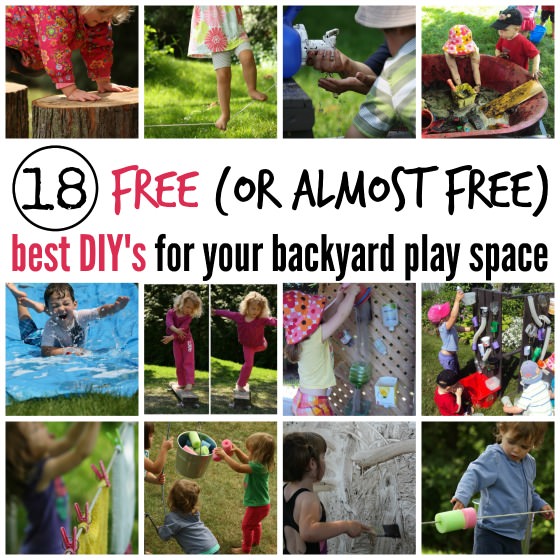
There’s our play-house, and sandbox, which are popular for sure, and there is a myriad of other inexpensive play features that entertain, challenge and engage the hooligans for hours every day, all year long. It’s these play features I’m going to tell you about today.
Having an extraordinary outdoor play space doesn’t have to cost a fortune.
You may be thinking “But, how much does it cost to create a backyard playground like this?”
Well, that’s the beautiful part!
Aside from the playhouse and sandbox, which my husband built, most of the play features in our backyard cost next-to-nothing. In most cases, I’ve used items from around the house, thrift-shop finds, and various bits and pieces from nature to create this outdoor play area for the hooligans.
Tight-ropes, pulleys, water walls, balance beams… all just pennies to make, provide countless hours of fun and learning.
They spark the imagination, challenge gross motor skills and co-ordination, and encourage critical thinking and creativity.
Be sure to grab our printable list of 100 Fun Things To Do At Home This Summer too! Your kids will never be bored again!
Ready to have the funnest backyard on the block?
For your convenience, this post contains affiliate links.
18 GENIUS, FREE THINGS TO ADD TO YOUR BACKYARD PLAYGROUND
Click the links or photos below for the full instructions for each play yard feature.
MOBILE MUD PIT
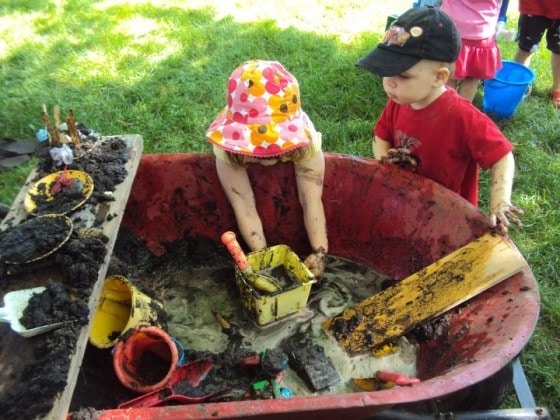
Want a mud-pit without sacrificing your lawn? Click here to check out our mobile mud-pit! Easy set up, easy clean up, and you can tuck it away at the end of the day.
Alternatively, you can buy this mud pie kitchen on Amazon.
PLAY LOGS
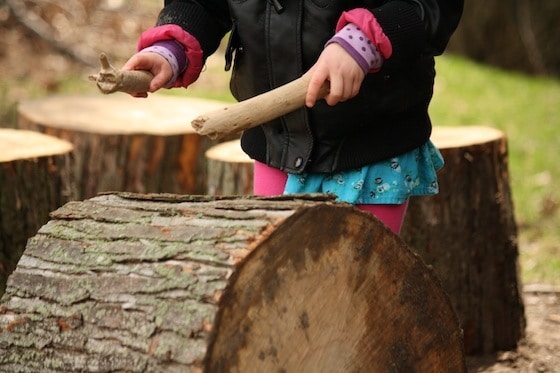
If you know anyone who’s having a tree cut down, see if you can score some play logs! They’re one of the most versatile and popular features in our backyard. Click here to see ours in action, and to find out more about them.
No space for logs? Check out these balancing buckets for indoor and outdoor use.
POOL NOODLE ABACUS
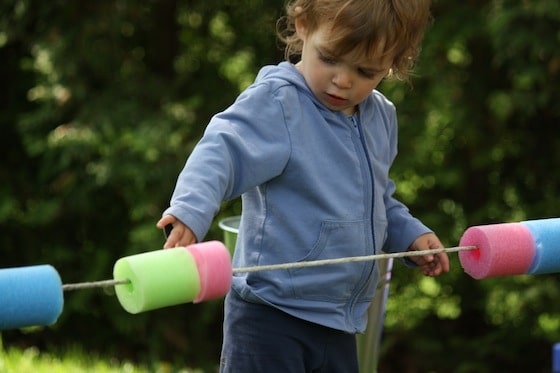
A backyard “abacus” is simple to make and provides lots of fun and learning. The toddlers love this one. Click here to learn more about our pool noodle abacus.
RE-PURPOSE AN OLD WHITE BOARD
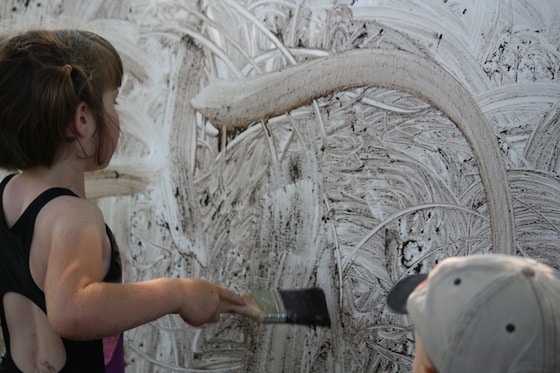
Got a white board that’s too marked up to use anymore? Move it outdoors! The hooligans got a couple of seasons of outdoor art out of this white board that was headed for the trash. Here, we’re painting with mud on International Mud Day.
BACKYARD BALANCE BEAM
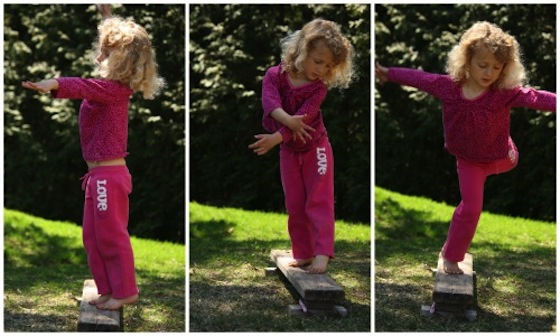
A few scrap pieces of wood make a toddler balance beam for a budding, young gymnast. It provides hours of pretend play and exercise and I can tuck it out of the way at the end of the day. Click here to see more of our outdoor balancing activities for toddlers and preschoolers.
A ROPE AND A BUCKET
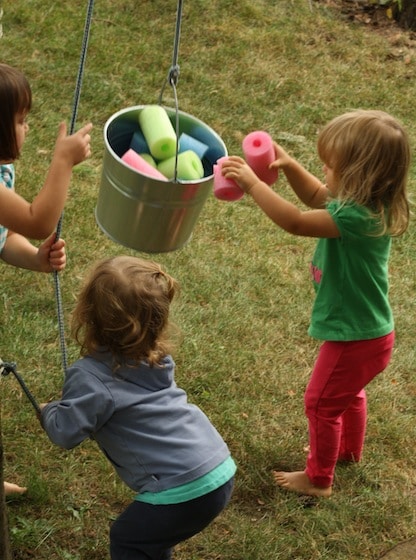
Without question, this simple contracion is one of the best things I’ve ever added to our backyard play area. The hooligans play with it all year round. Not only is it great for strengthening muscles and co-ordination, it also fosters team work, critical thinking and co-operation. See how I rigged up our Bucket & Rope Contraption here.
HOMEMADE WATER WALL
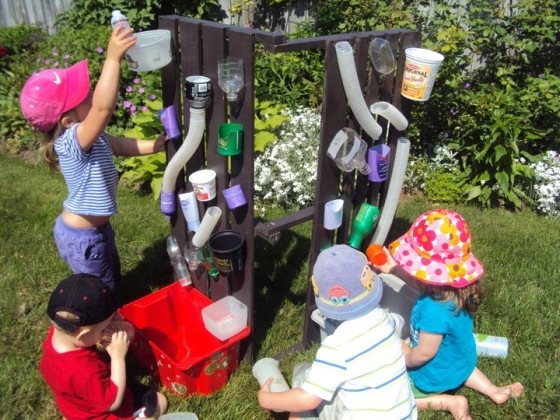
I made this water wall out of recyclables 4 years ago, and the hooligans are still playing with it. It’s provided them with hours and hours of fun and learning over the years. See how I made our water wall here.
TIRE SWING
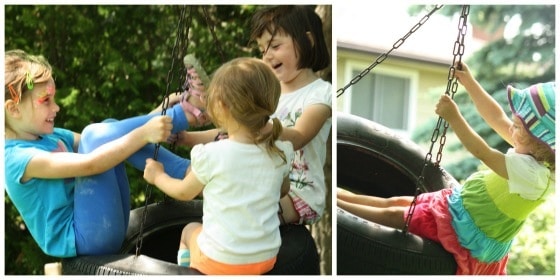
Our tire swing is another one of the most loved features in our back yard. An old tire, hung horizontally is perfect for one or for a bunch of kids to gather on. If your vehicle is due for new tires – perfect! If not, check with a local garage or service station. They may happily donate one to your backyard project. (photo only/no link)
KID’S CLOTHESLINE
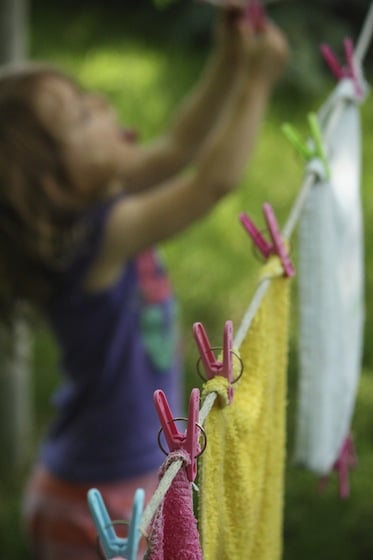
I rigged up this simple toddler clothesline years ago. Secured tightly so it’s not a safety concern, it’s just at the right height for the hooligans to use.
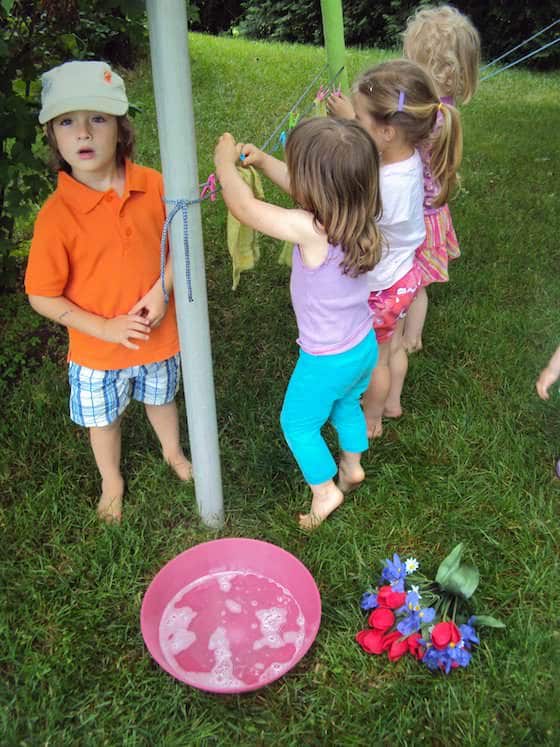
Our clothesline provides lots of opportunity for pretend play, and it’s great for teaching life skills, and developing co-ordination and fine-motor skills. Read more about our clothesline activities here.
ROCKS AND STONES
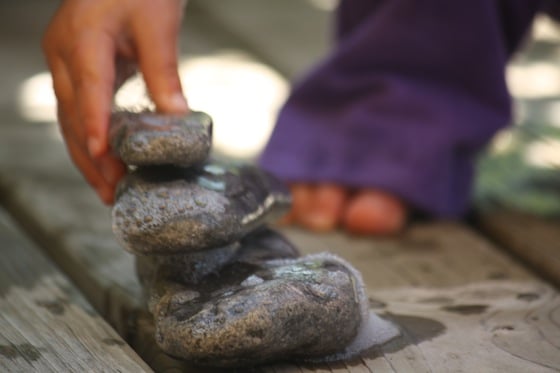
We’ve picked up loads of rocks and stones and even pebbles at the beach over the years. The children always have access to the rocks and stones in the yard, and they play with them daily. They’re kind of our backyard version of the building block – completely open-ended, they can be whatever the hooligans want them to be. See 10 ways that we use our stones and rocks here.
SAND WALL
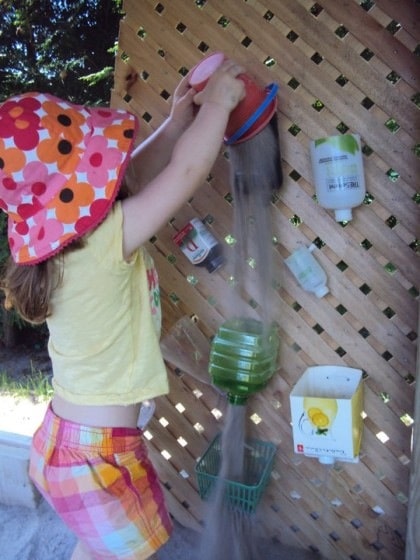
Much like the water wall, our sand wall is also made entirely out of scraps and recyclables. It’s positioned in our sandbox, and it’s provided loads of entertainment over the years. Read about our sandbox and sand wall here.
ARTIFICIAL FLOWERS
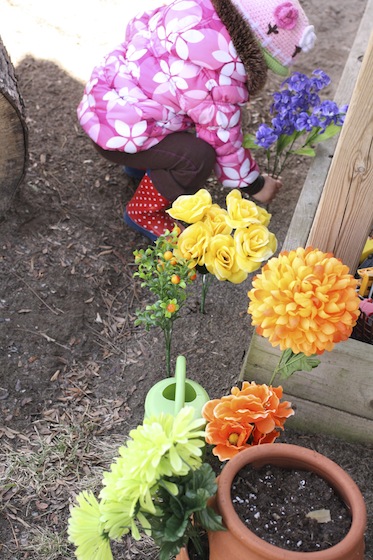
Pick up a bunch of artificial flowers at the dollar store or at a thrift shop. Ours played with every single day. The kids hold “weddings”, they decorate the playhouse with them, they “plant” them in the sandbox. Not a day passes that these don’t get used in some creative manner. Check out one of my favourite artificial flower activities here.
DIY WATER TABLE/SENSORY TABLES

Water tables are awesome, but there was no way I was going to spend big money to get one when you can make your own so easily. I pull one of these together almost every day when the weather is nice. A storage bin set a top a bench or patio table or even an overturned (larger) storage container are all you need for all your water and sensory activities. If you don’t have storage containers, no worries – a child’s wagon also doubles as a water table for a group of kids to gather around. You can check out the way we use it for our water activities here.
BACKYARD TIGHT ROPE
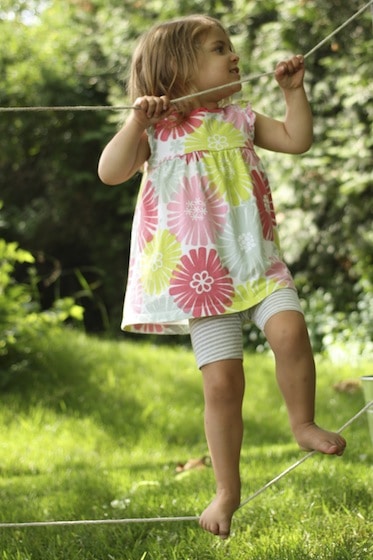
Best thing ever! This is right up there with the tire swing and the rope and bucket contraption. We’ve had our toddler tightrope set up in the yard for years. The hooligans use it every day, all year long even when the snow practically buries the bottom rope. It’s the best for co-ordination and gross-motor development. I’m not kidding when I say our tightrope has provided hundreds of hours of fun for kids from ages 1-7 over the years. Read all about it, and see how to make your own here.
HOSES AND FUNNELS
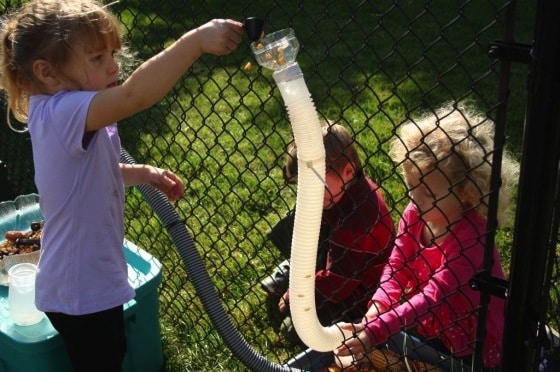
A couple of old pool hoses (or vacuum hoses) pushed through a chain link fence provide hours of fun and learning. Pop a funnel (or the top section of a water bottle) into the top each hose, and little ones will be kept occupied and entertained for ages. Read all about our hose and funnel runs here.
THRIFT SHOP COFFEE TABLE
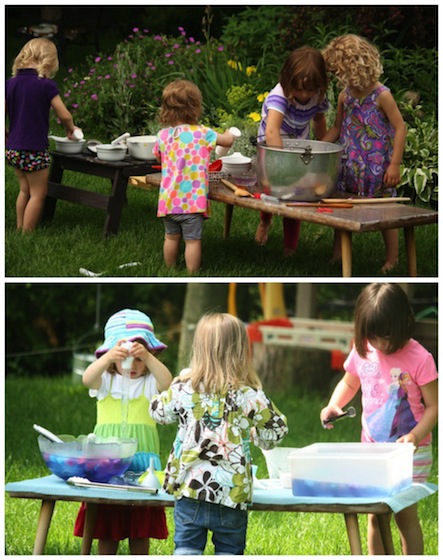
One of the best but least expensive investments I ever made for my daycare was this thrift shop coffee table. I got it for 6 dollars at a second-hand shop a couple of years ago, and we use it every day. In summer, it’s our backyard activity table, in winter it’s our art table in the craft room. Big enough for a crowd to gather around and water and paint spills don’t matter at all. See it in action here.
DIY WATER SLIDE
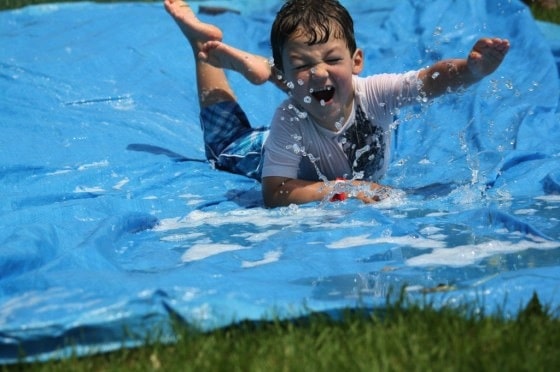
For the price of an inexpensive camping tarp, you can give your kids a whole day of wet, water, slippy-slidey fun! ! We’ve been doing this for years here in my daycare, and the kids never tire of it. See how to make your own waterside here.
ADD “RUNNING WATER” TO YOUR OUTDOOR PLAY SPACE
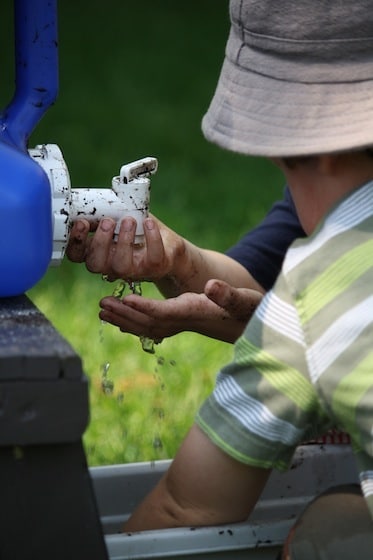
Lastly, my inexpensive trick for adding a source of running water to your child’s backyard play area. A camping jug! Theyr’e in abundance at the second hand-stores around here, so if you don’t have one of your own, you can probably scoop up a used one for a couple of bucks! See some of the ways we use ours here.
And there you have it!
18 inexpensive, super-fun, super-cool things you can add to your outdoor play space this summer! Your kids (and your neighbours’ kids) will love you for it!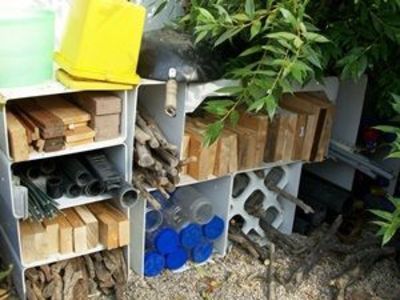
Ultimate List: 110 Ideas for Outdoor Fun in Your Own Backyard
Ultimate List: 110 Ideas for Outdoor Fun in Your Own Backyard
Looking for fun things to do outside in your backyard? I’m sharing 110 ideas for joyful outdoor play. Take a look at this list and find the perfect activity for your toddler or preschooler. From playing with ice to exploring nature, there are endless possibilities for fun. And the best part is, you don’t even have to leave home.
Classic Outdoor Activities
Cloud Watching
Stargazing
Climbing Trees
Digging Holes
Picking Flowers
Jumping in Leaf Piles
Making Snow Angels
Having a Picnic
Scavenger Hunt Activities
Nature Scavenger Hunt – find templates here
Sound Scavenger Hunt – buzzing bees, singing birds, splashing water, driving cars
Mushroom Scavenger Hunt
Nighttime Shadow Hunt – Take flashlights outdoors and explore shadows.
Texture Scavenger Hunt
Monochrome Scavenger Hunt – How many blue (or green, or brown, or white) things can you find?
Bug Scavenger Hunt – Look for bugs plus their tracks, homes, and sounds.
Bird Scavenger Hunt – Look for birds plus their homes, feathers, tracks, and sounds.
Rainbow Scavenger Hunt – Find an object for each color of the rainbow.
Missing Toy Hunt – Hide some toys and encourage your child to search and find them.
Kiddie Pool Activities
Giant Sensory Table – Prop a kiddie pool up on crates or cinderblocks for a sensory table children can stand at.
Bubble Bath – Add bubble bath to your kiddie pool.
Paint Prints – Place a sheet of paper in bottom of an empty pool for larger than life painting.
Glowstick Stargaze – Add glowsticks to a kiddie pool during a dusk or evening swim.
Plastic Egg Surprises – Plastic eggs float in water. Hide small treasures inside and add them to the pool with scoops.
Obstacle Course – Make an obstacle course with a kiddie pool station.
Pool Noodle Ball Pit – Cut up foam pool noodles for a DIY ball pit.
Water Play Activities
Spray + Squeeze Bottles – Give empty spray and squeeze bottles (hair spray, non-toxic cleaners, sauce bottles, shampoo bottles, etc.) a second life.
Water Bucket Relay – Try to quickly carry cups of water from one bucket to fill a line of buckets.
Sponge Walk – Line up soaking wet sponges, loofahs, and washcloths for a balance-testing walk.
Water Paint with Rollers – Use paint trays and paint rollers to paint the sidewalks, fences, playhouses, and more with water.
Splash Patterns – Dip sponges, splash falls, and washcloths into water and toss them to the ground. Explore the different patterns they make. Explore the splash patterns made by squeezing, dripping, and smashing them.
Water the Flowers – Using watering cans or spray bottles, walk around the yard to water flowers, bushes, and trees.
Puddle Walk – Head outside after (or during!) a rainstorm to take a stroll through the puddles.
Pour Station – Place a variety of bottles, cups, bowls, funnels, tubes, and scoops into a large, low bin or an empty kiddie pool.
Ice Play Activities
Hot + Cold Sensory Bins – Explore water temperatures with a warm water bin and an icy cold bin.
Nature Ice Cubes – Collect items from the backyard in an ice cube tray, then freeze. Add to a sensory bin later.
Fizzy Ice Cubes – Freeze baking soda in water. Explore what happens when you spray or brush the cubes with a white vinegar/water mixture.
Melting Ice Drawings – Draw on the sidewalks with melting ice.
Frozen Nature Collages – In colder weather, freeze nature objects in colorful pans of water.
Snow Cone Pretend Play – Create a snow cone prop box using ice cream scoops, paper cups, and squeeze bottles of colored water. Make some shaved ice and pretend to run a snow cone stand
Frozen Sponges – Explore the textures of frozen sponges as they slowly melt.
Ice Cube Building Blocks – Freeze ice in blocks to build with.
Frozen Nature Soup – Add nature items from the backyard to a bucket of icy water. Make sure you have a large spoon to stir with.
Book Activities
Book Seek + Find – Hide books around the yard to find and read.
Nature Books – Read your favorite nature books and connect the stories to backyard play.
Bug + Insect Books – Inspire a bug scavenger hunt or pretend play using this list of favorite bug and insect books.Bee BooksSpider BooksDragonfly BooksAnt BooksButterfly Books
DIY Book with Outdoor Photos – Take photos of your favorite backyard adventures or discoveries and put them in a photo album.
Imaginative Activities
Block Play – Take blocks outdoors
Forts – Build forts with sheets, tarps, or even use a pop-up tent.
Pot + Pan Band
Chalk Lines (or cities) + Toy Cars – Use chalk to create a landscape for toy cars to zoom through.
Pretend Play as Explorer – Get your map, flashlight, binoculars, and walking stick to explore through the yard.
Pretend Play as Scientist – Gather your magnifying glass, specimen jars, and tweezers to collect samples.
Our Favorite Imaginative Games
Art Activities
Painting Nature – Paint on branches, rocks, large leaves, or pinecones.
Squirt Gun Painting
Bead + Stick Sculptures – Place sticks into the ground and stack beads on the small branches.
Play Dough + Nature Sculptures – Decorate play dough sculptures with seeds, stones, twigs, leaves, and more.
Nature Weaving – Wrap rubber bands around pieces of cardboard. Collect leaves, twigs, and flowers to weave through the bands.
Mud Art – Use mud to paint or create mud sculptures
Yarn + Ribbon Wrapping – Wrap branches or even tree trunks with layers of colorful yarn and ribbons.
Paint with Nature – Make all-natural paint using berries, dandelions, or chlorophyll from leaves.
Nature Photos – Use a camera or a phone to take photos of interesting discoveries in your backyard.
Paint on Snow – Use paintbrushes or even spray bottles to paint on the snow.
Sidewalk Chalk + Water – Enhance normal sidewalk chalk art with water. Your child will be delighted to see how bright the colors are. They can either dip the chalk into water or wet the sidewalk before drawing.
Fly Swatter Painting – Set out paint on trays and hang a sheet up for your child to explore. Don’t want the mess of paint? Hang up a bright, solid color sheet and use water.
Sensory Activities
Mud Kitchen
Barefoot Walk – Talk about the different textures you feel while you walk.
Nature Sensory Jars
Explore with Binoculars & Magnifying Glasses
No Sandbox? – Make a wet + dry sand sensory table with a plastic bin.
Plant Activities
Flower Dissection
Flowers + Play Dough
Mud Pie Decorating
Seed or Dry Bean Sorting
Pinecone Painting
Bark Rubbings
Gardening Pretend Play – Use faux flowers if you don’t have real ones!
Plant for Pollinators – Check out this resource to find what plants are tastiest for your local pollinators.
Name Your Favorite Plant or Tree – Get inspired with tree facts and flower facts.
Wildflower Garden – Pick up packets of wildflower seeds to plant. Take a couple moments (or more!) each week to talk about the differences between the plants as they grow.
Bee Feeder – We have to protect our favorite buzzing pollinators. You can fill a low pie pan with marbles and a small amount of water. Bees and other bugs can land on the marbles and have a drink.
Dozens of Hands-On Plant Activities
Gross Motor Activities
Cardboard Box Chariot – Attach cord or rope to a cardboard box and create a chariot for your child’s favorite stuffed animals or dolls.
Balloon Swatters – Use fly swatters and balloons to create a fun game. Keep the balloons in the air or use the swatters to knock balloons into goals or from point A to point B.
Stick Obstacle Course – Place sticks in a line or a ladder shape for a challenging obstacle.
Bean Bag Dodgeball – Don’t hurt each other, but a little danger/challenge is fun. You can absolutely swap for lightweight balls.
DIY Paper Kites – Decorate a sheet of printer paper (the kite) and staple on ribbon or party streamers. Take them outdoors and run until they catch some air and lift. Pair this activity with the book Kite Flying from the spring book list.
Have a Race
The Ground is Lava – Use lawn furniture, placemats, paper plates, or kickball bases to set up an obstacle course. Can you get from the porch to the playset without touching the ground?
Bedsheet Parachute – Use a bedsheet to make a parachute. Add balls, balloons, or stuffed animals on top for an extra challenge. Hot day? Make those balloons water balloons.
Hopscotch
Laundry Basket Bean Bag Toss
Tug-of-War
Giant Dice – Use a square cardboard box to create a movement game. Each side can have a different dance move or activity to do when that side lands up.
Car Watching Game – Keep an eye on the cars that pass and make a rule for each type of vehicle. Run a lap when you see a blue car, honk when a truck passes, or say a silly word when there is a delivery vehicle.
Sidewalk Walk, No Cracks – It’s a pretty chill activity, but don’t you dare step on the cracks.
Low-Cost Outdoor Toys
Bubbles
Sprinkler
Squirt Guns for water battles, target shooting, and painting
Frisbees
Hula Hoops for tossing, spinning, and obstacles courses
Sidewalk Chalk
Beach Ball
Splash Balls
Water Balloons
Want to venture outside the backyard? Explore A Marvelous Family’s 20 Inexpensive Kids Outing Ideas.
More ideas
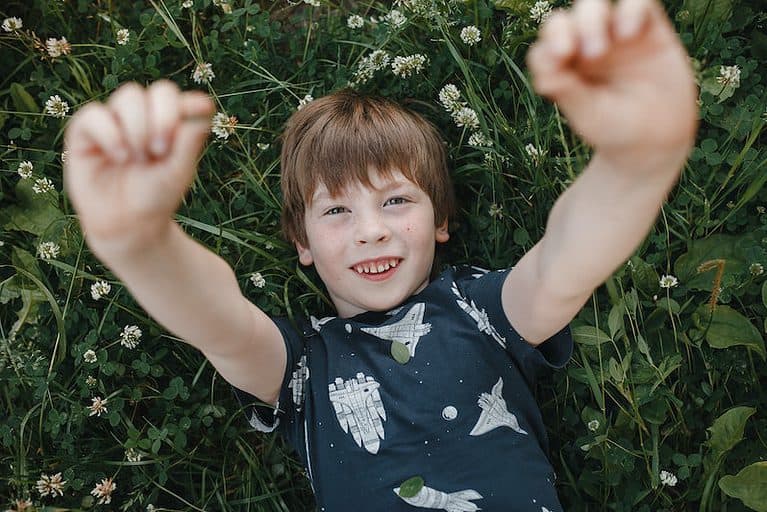
30 Interesting Spring Facts for Kids: Nature & Traditions
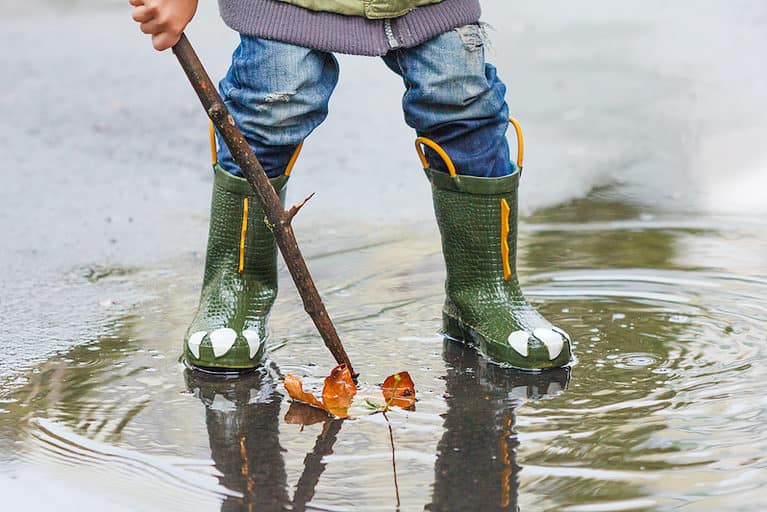
The 30 Best Rain Books for Preschoolers: Rainy Day Ideas
10 Nature Crafts
For Kids
by WhimsyRoo
Nature walks with Roo have been one of our favorite activities together. She calls it “esploring.” It’s amazing how a little exercise and fresh air lifts both of our moods. Granted I don’t get much of a workout at the pace she keeps, but the memories are so much more important! We discuss creation, the science behind the leaves turning, how animals and bugs use camouflage, what makes rain, and anything else she thinks of to ask. I encourage her to use all five senses (except maybe taste…yuck) to experience nature. She creates characters for us to be and stories for us to play out.
Most of all we collect treasures. I never leave a walk without at least one thing in my pocket! Acorns and flowers are a favorite of Roo’s, I like to grab pretty or interesting leaves and rocks, and pine cones are beginning fall. Here are 10 ideas for a nature craft to make with all those collected treasures.
*Disclaimer: Some supplies listed are affiliate links. For my full disclosure click here *
Nature Treasure Collage and Suncatcher
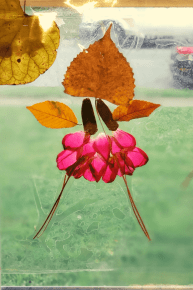
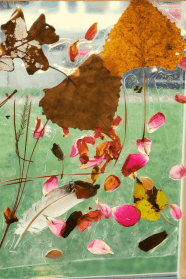
Supplies:
Collected Nature Treasures (flat and light weight items work best)
Cut two pieces of contact paper. Place one sticky side up on a flat surface. Allow child to arrange their nature treasures on the paper. Place the second piece sticky side down over the artwork. Hang your nature craft in a window or other sunny place!
Leaf Faces
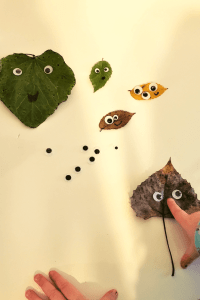
Supplies:
Googly eyes
Glue
Sharpie
Collected Leaves
This nature craft is so simple, glue eyes to the collected leaves and draw mouths and other facial features with the sharpie!
Leaf Rubbing
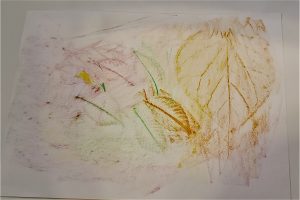
Supplies:
Paper
Crayons
Collected Leaves
An oldie but a goodie nature craft. Place paper over the collected leaves and rub the crayon over. Encourage the child to keep the crayon flat on its side and not press too hard.
Leaf Impressions
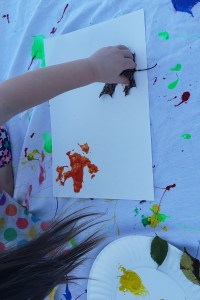
Supplies
Collected Leaves
Paint Pad Paper or Canvas
Pour a small amount of paint into a paper plate or other container. Have the child dip the leaves into the paint and then press them onto the canvas. Encourage them to lift gently to reveal the leaf’s impression.
Pressing Flowers
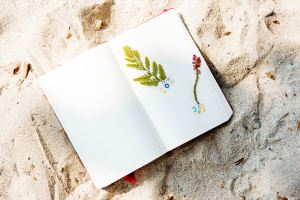
Photo by rawpixel on Unsplash
Supplies:
Collected Flowers
Tissue or White Paper Towel
Heavy Books
Place flower on the tissue or paper towel and either fold the paper around it or place a second tissue over the flower. Place the flower sandwich in the middle of a heavy book. Depending on the thickness of the flower, you may need to stack more heavy books on top of the first book. Leave for 2-4 weeks. The pressed flowers can be placed in a scrapbook to start a nature craft collection, or used in your nature treasure collage craft above!
Rock Painting
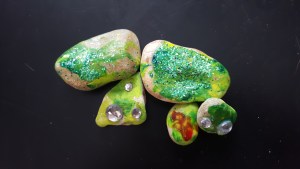
Supplies:
Collected Rocks (smooth and flat river rocks work best)
Acrylic Washable Paint and Paintbrushes
Glitter (optional)
Clean your collected rocks and make sure they are completely dry before beginning. Allow your child to paint the rocks. Sprinkle on glitter if desired while the paint is still wet. Once the paint is dry, coat the rock in modge podge to avoid chipping and flaking. You can paint with them and create some Story Stones like we did!
Dipped Pine Cones
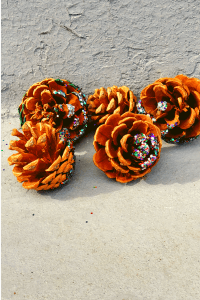
Supplies:
Collected Pine Cones
Glitter (optional)
Pour paint into a small bowl. Have the child dip one side of the pine cone into the paint. Sprinkle on glitter while the paint is still wet. Allow to dry and use this nature craft to decorate your festive bowls!
Pine Cone Decorating
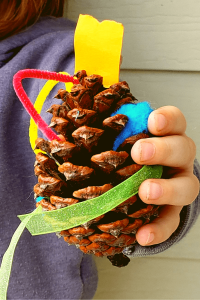
Supplies:
Collected Pine Cones
Pom poms
String, Ribbon, Yarn
School Glue
Sequins and Glitter
This nature craft is suitable for toddlers and preschoolers. It is super easy and requires almost no help from the grownups except assembling the supplies and cleaning up afterwards. Just let them go to work on their creation!
Each of these nature crafts will provide beautiful memories of your hikes and nature walks together. My favorite is the Dipped Pine Cones, they look perfect in my Autumn bowl. I think Roo enjoyed the Leaf Faces the most, she created a whole pretend world for them once they were dry! I encourage you and your child, no matter what age, to bring home some treasures next time and try out some of these projects, and show me what you made.

